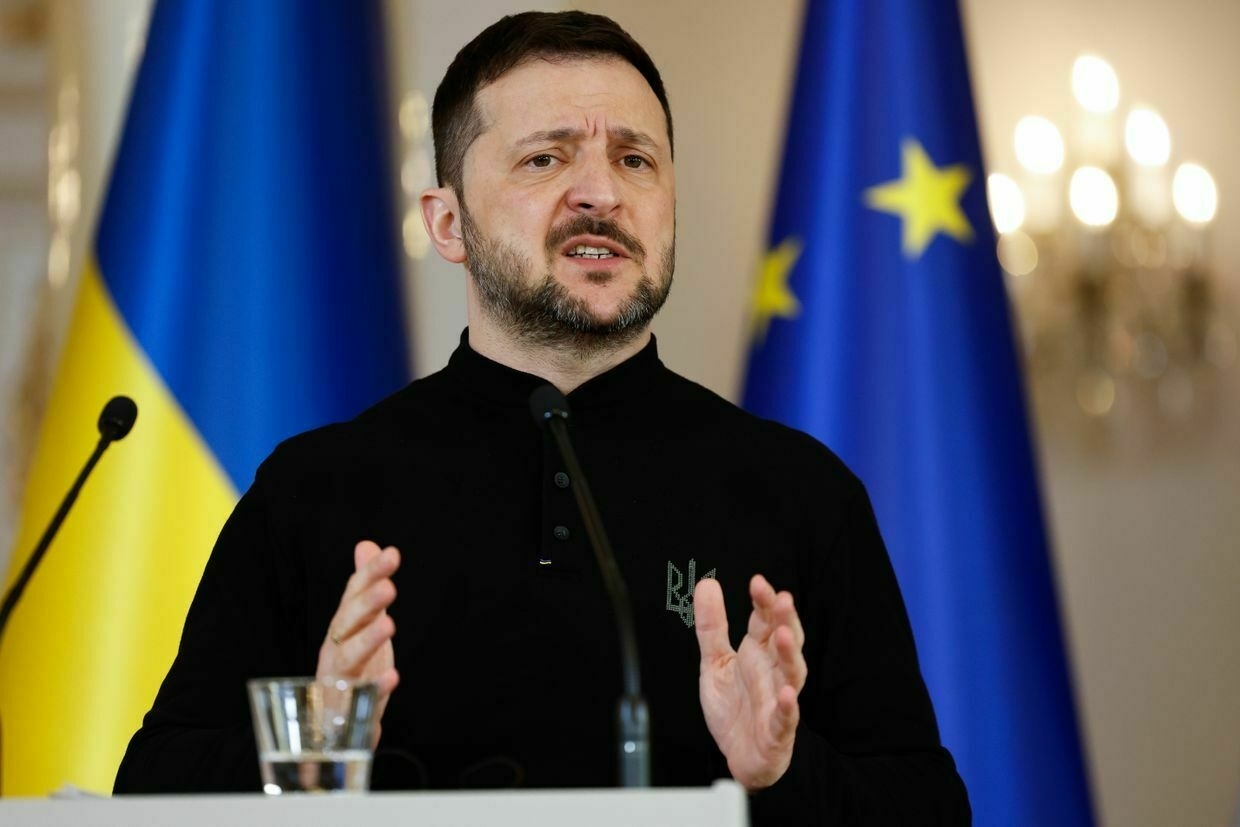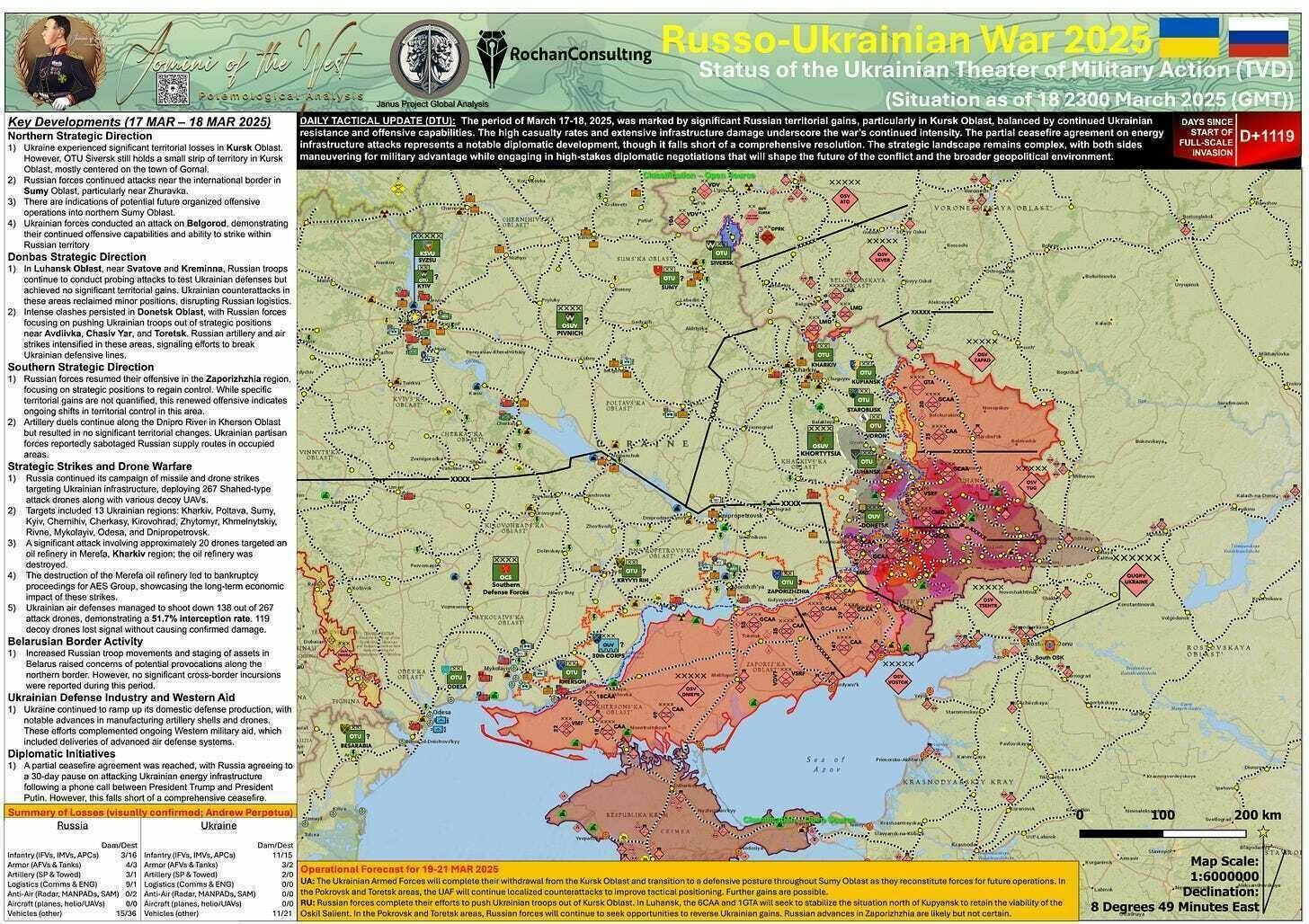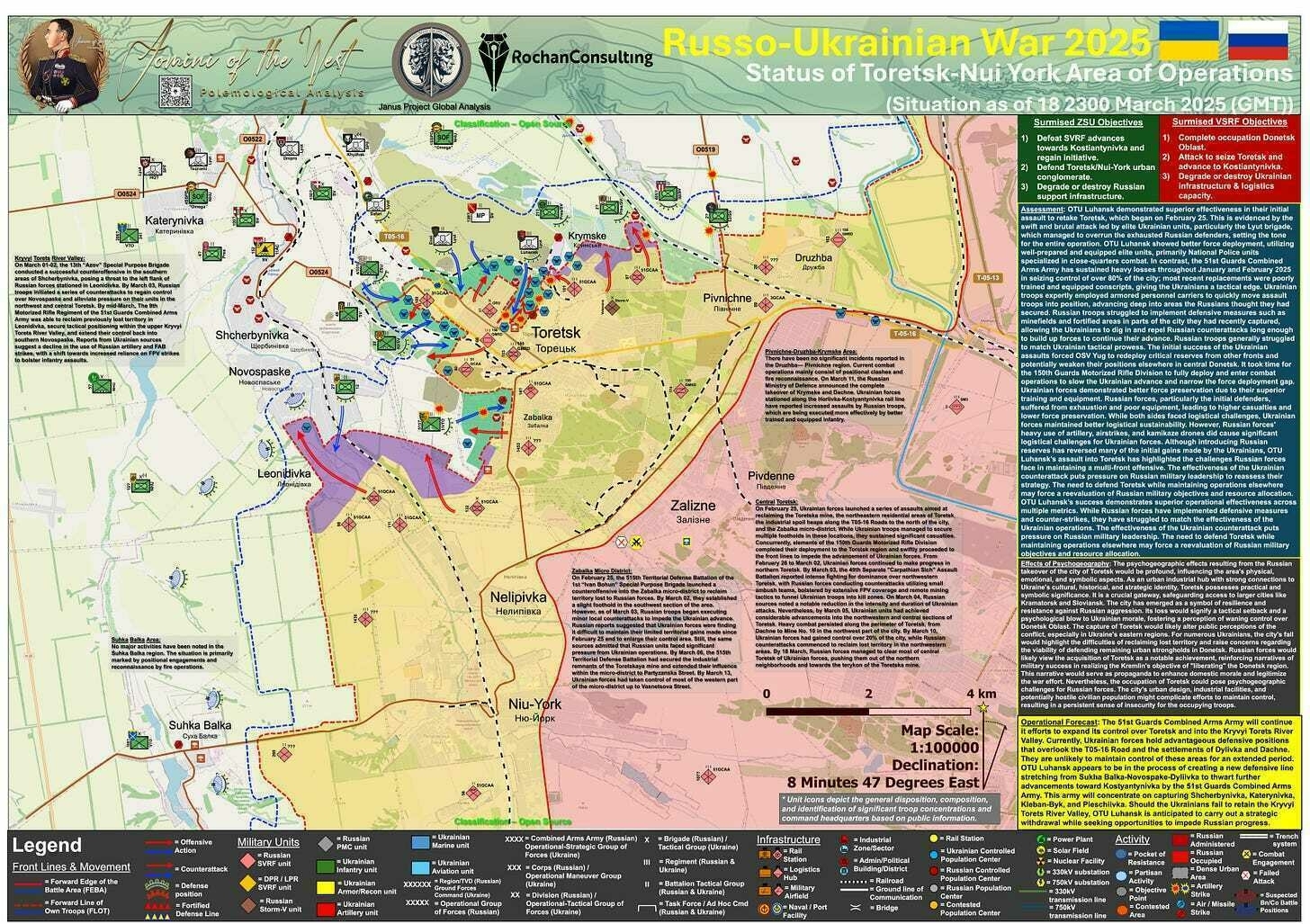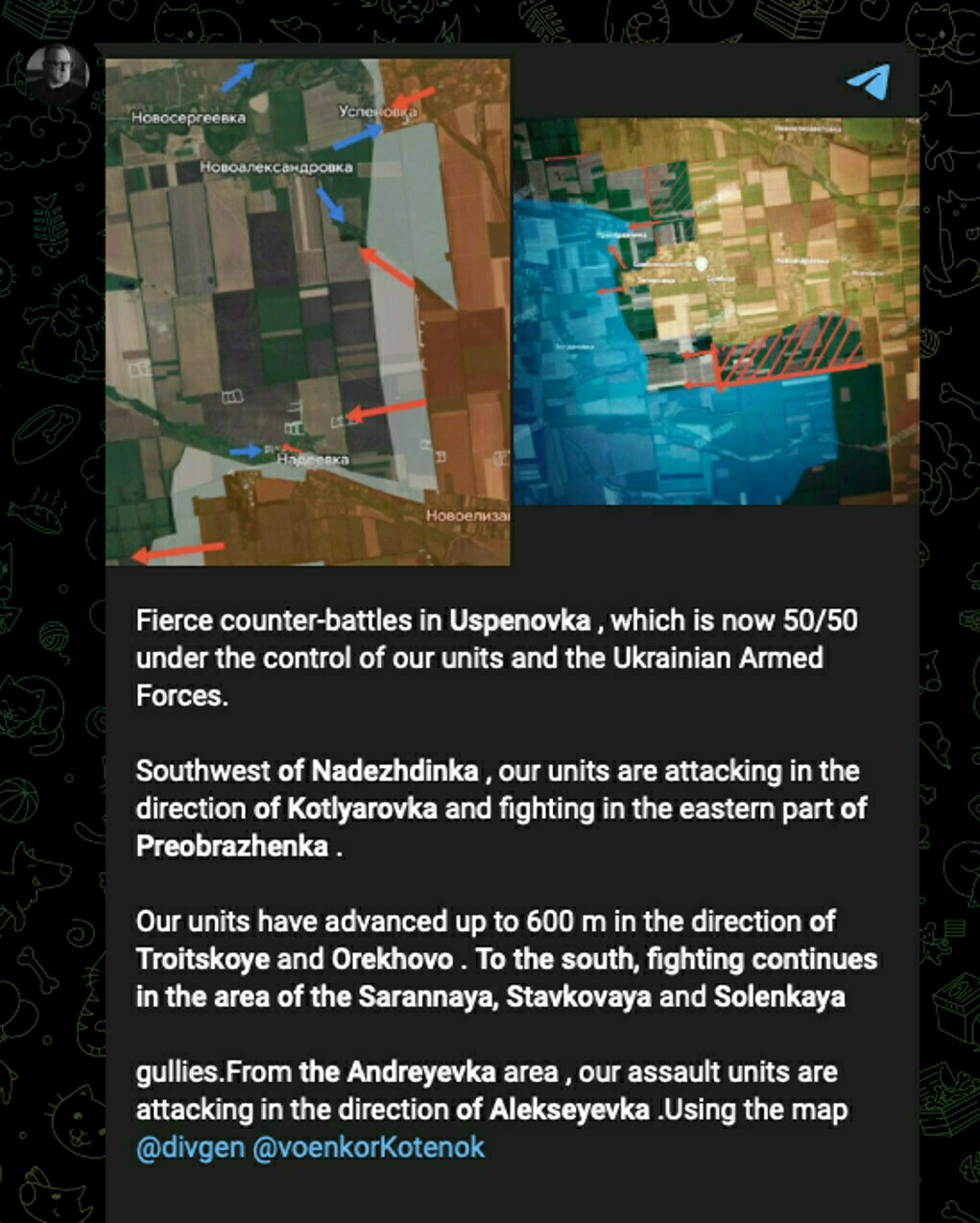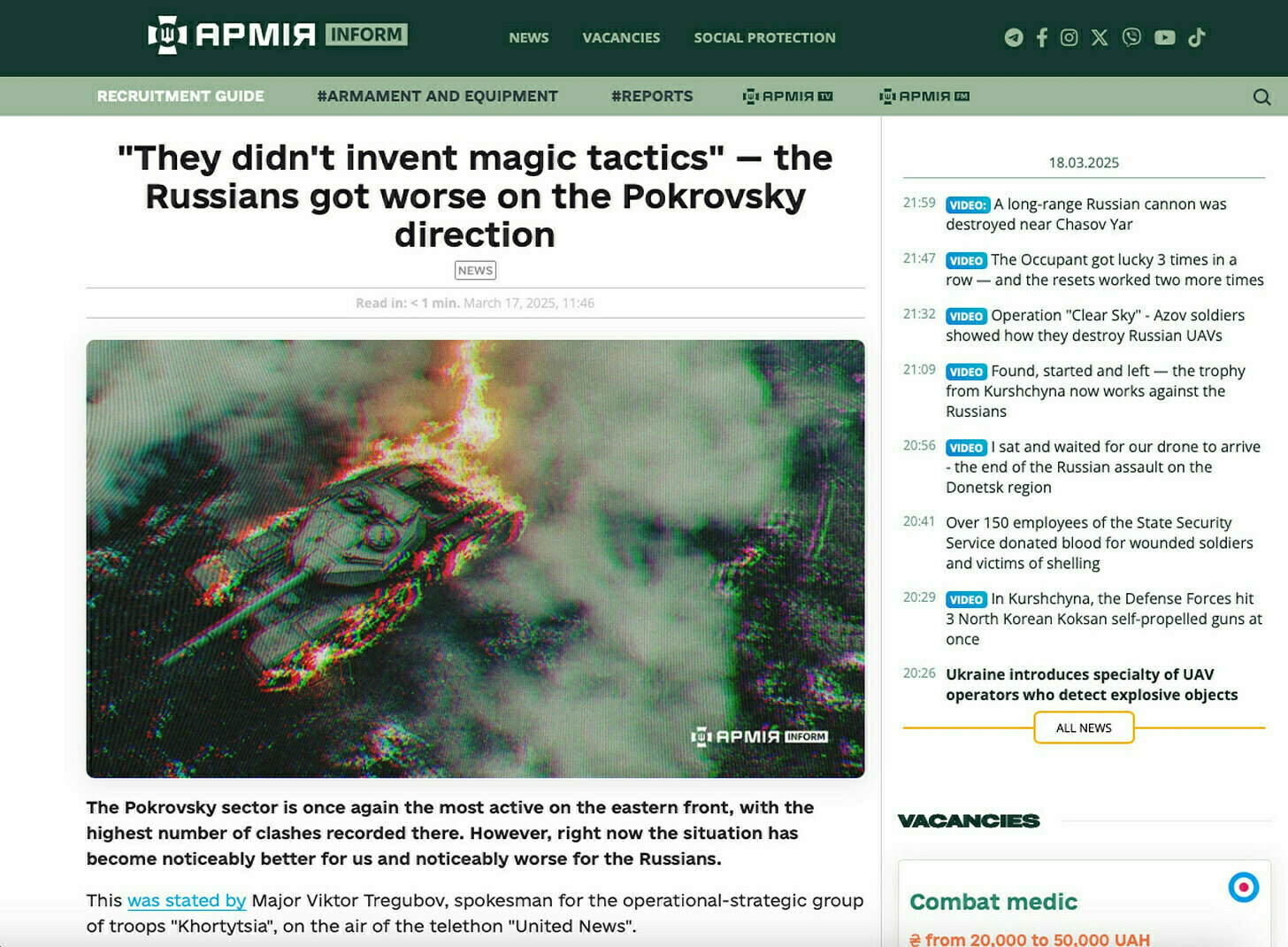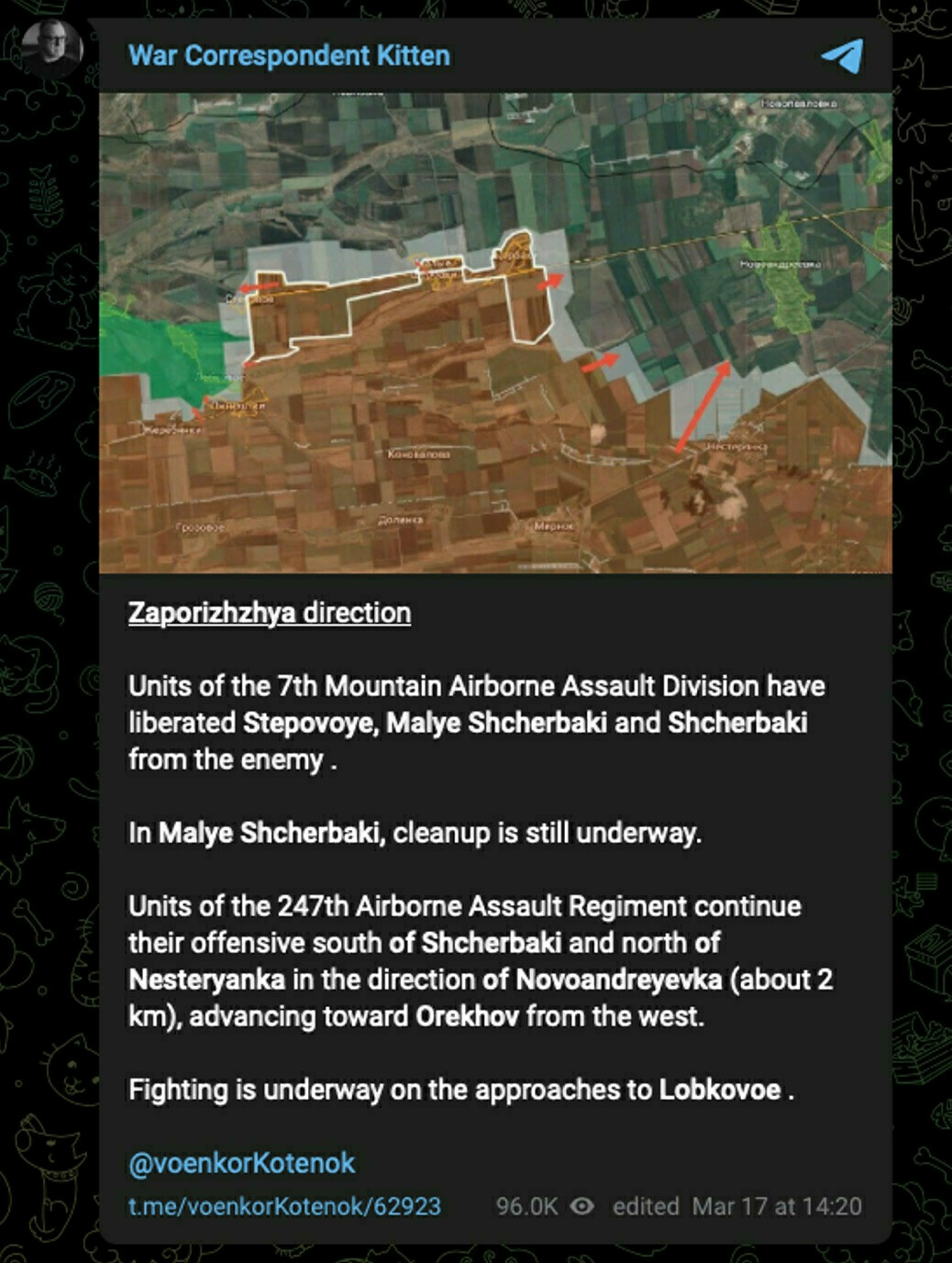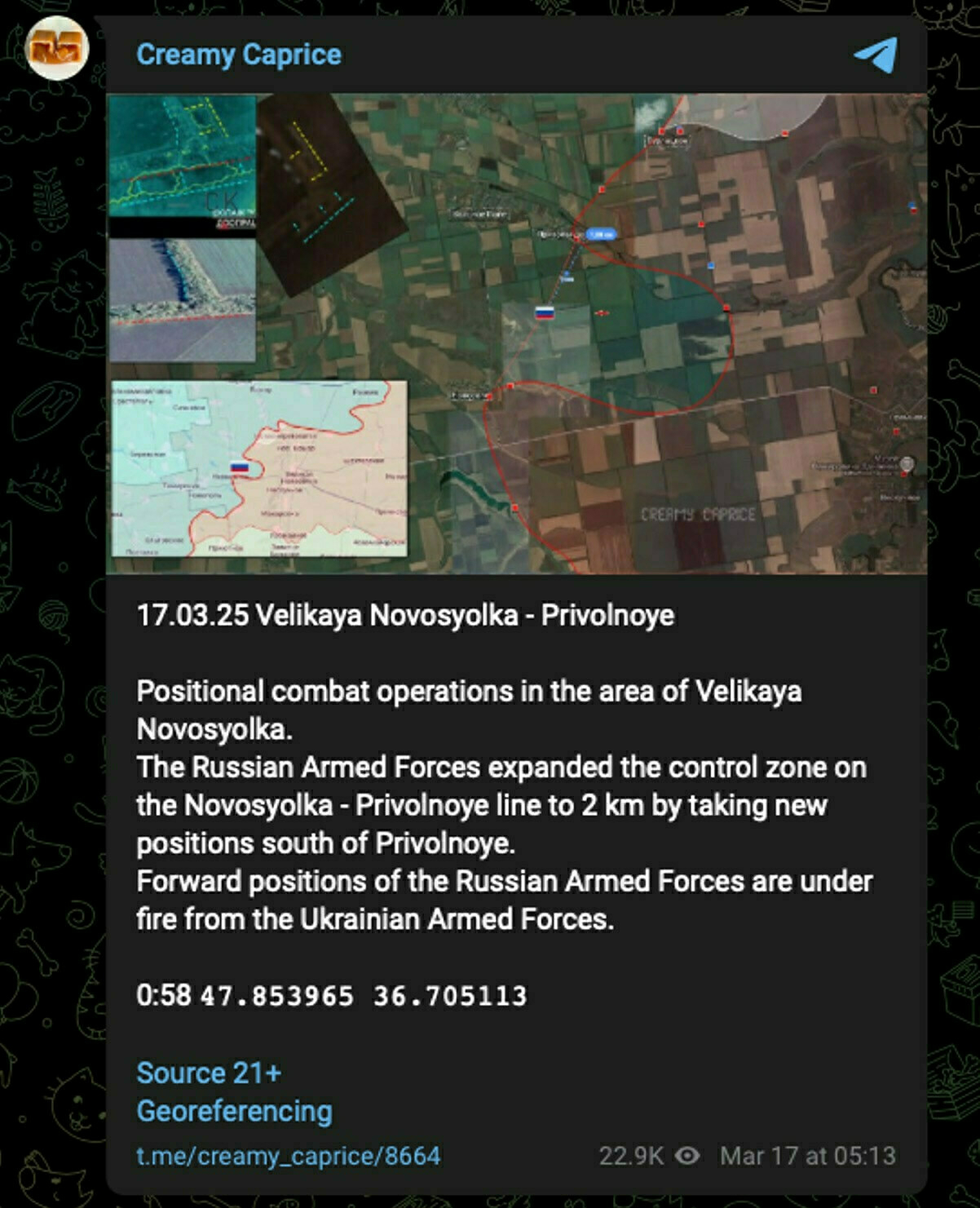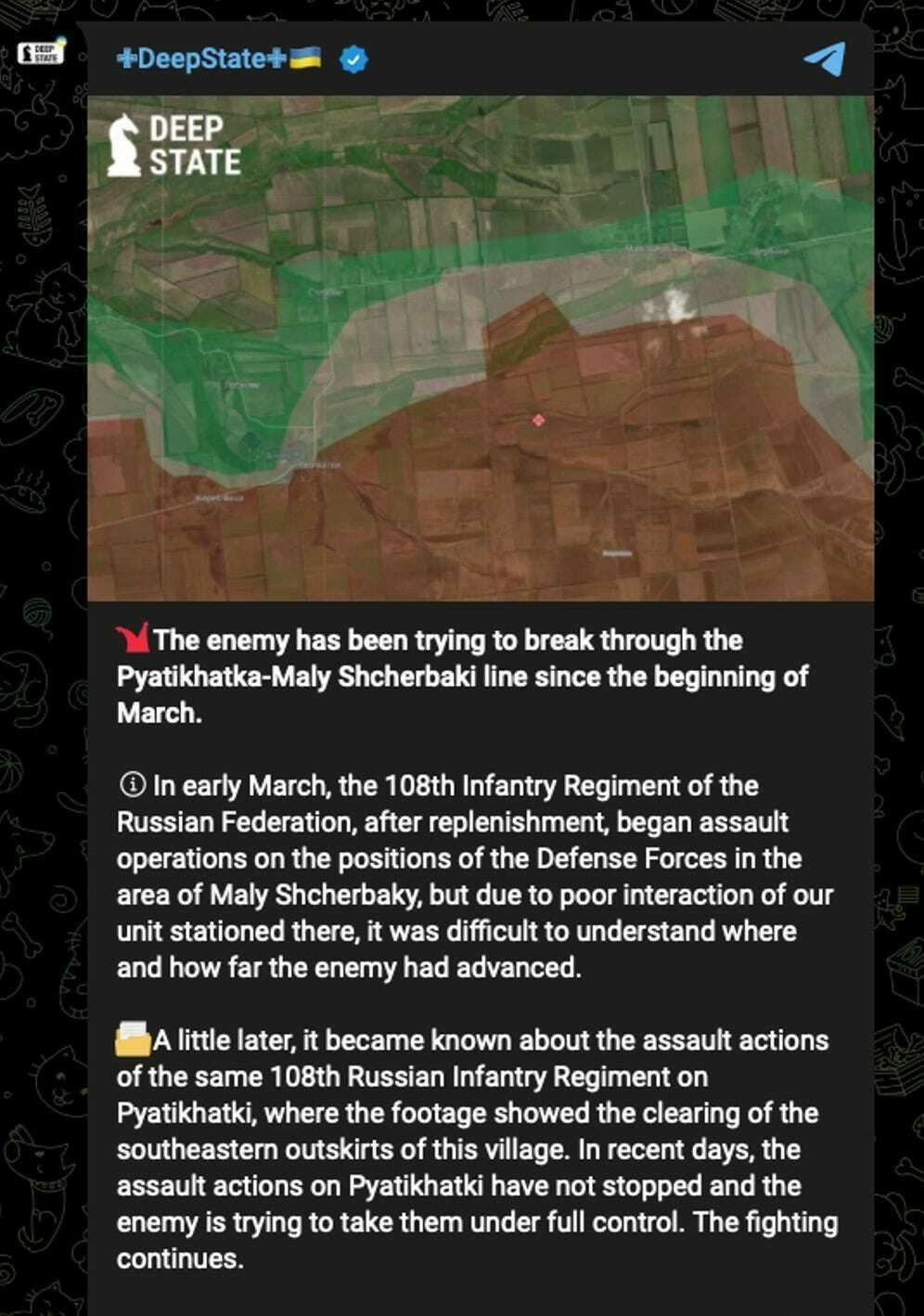-
Zelensky confirms new arrival of F-16 jets to Ukraine
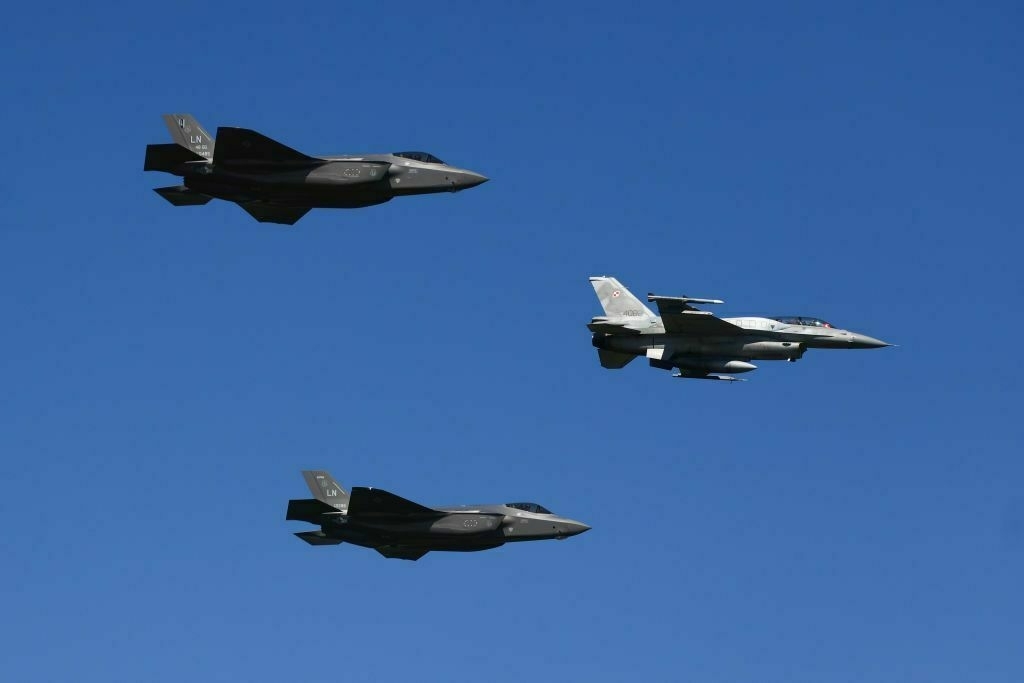
A new shipment of Western F-16 fighter jets has arrived in Ukraine, President Volodymyr Zelensky confirmed to journalists on March 19.
The president stated that several F-16s had arrived but did not reveal the exact number of jets delivered.
“Additional F-16s have arrived in Ukraine. The Russians lied that they shot down something there, they didn’t shoot anything down. And the good news is that several F-16 aircraft have arrived in Ukraine,” Zelensky told reporters during a briefing, RBC Ukraine reported.
Earlier in the day Russian media claimed that an F-16 jets was downed in Sumy Oblast, a claim that Ukraine’s Air Force denied.
Zelensky did not specify from where the jets were delivered from.
Ukraine has been requesting F-16s since the start of Russia’s full-scale invasion, with the first jets arriving in August 2024 after approval from several Western countries.
Several countries have contributed F-16 fighter jets to Ukraine’s defense efforts, with the Netherlands — who announced the continued deployment of F-16s to Ukraine — playing a significant role by committing 24 F-16s.
Denmark has pledged 19 F-16s, with initial deliveries made in 2024, while Norway has promised between 6 and 22 aircraft. Belgium has also announced its intention to supply F-16s, though the exact number remains undisclosed.
F-16s are used in both offensive and defensive operations. The aircraft have been used for intercepting Russian missiles and drones during aerial strikes against Ukraine. They could also be deployed to launch missiles and bombs at Russian positions along the front line.
Trump agrees to help Ukraine find available Patriot air defense systems in Europe, White House saysPresident Volodymyr Zelensky asked U.S. President Donald Trump for additional air defense systems to protect Ukrainian civilians, in particular, Patriot missile systems. The U.S. president agreed to find what was available, particularly in Europe, according to a readout of a call between the two lea…The Kyiv IndependentKateryna Hodunova
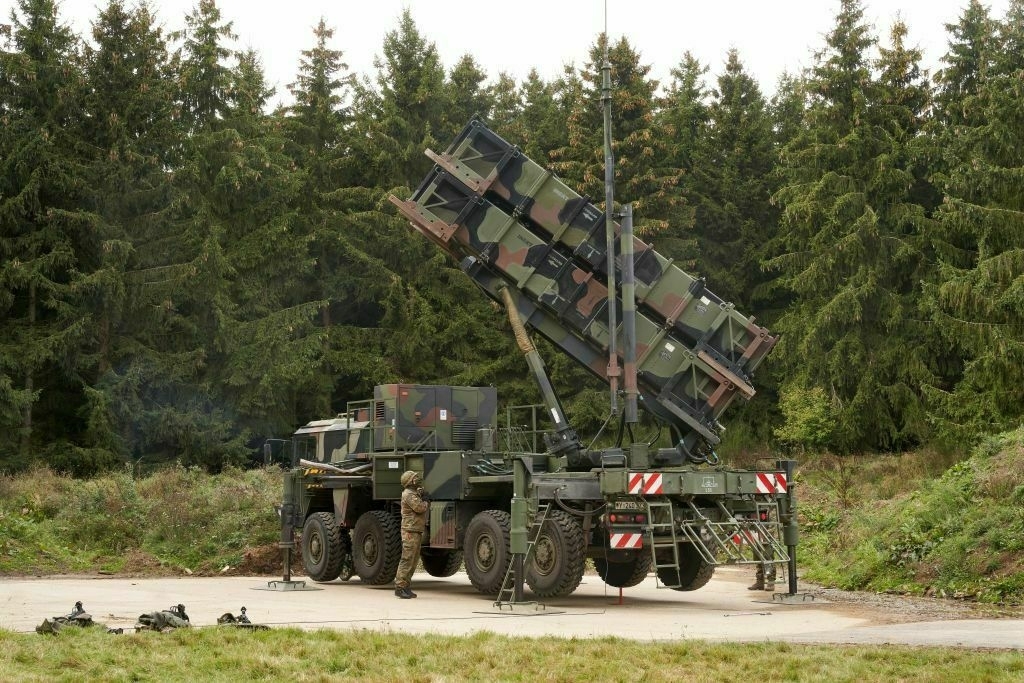
-
‘Consequences will backlash on Trump if he pushes Ukraine to Give Up on Territories!” Andreas Umland
-
Russian-occupied Zaporizhzhia Nuclear Plant in focus of Ukraine peace talks. What's at stake?
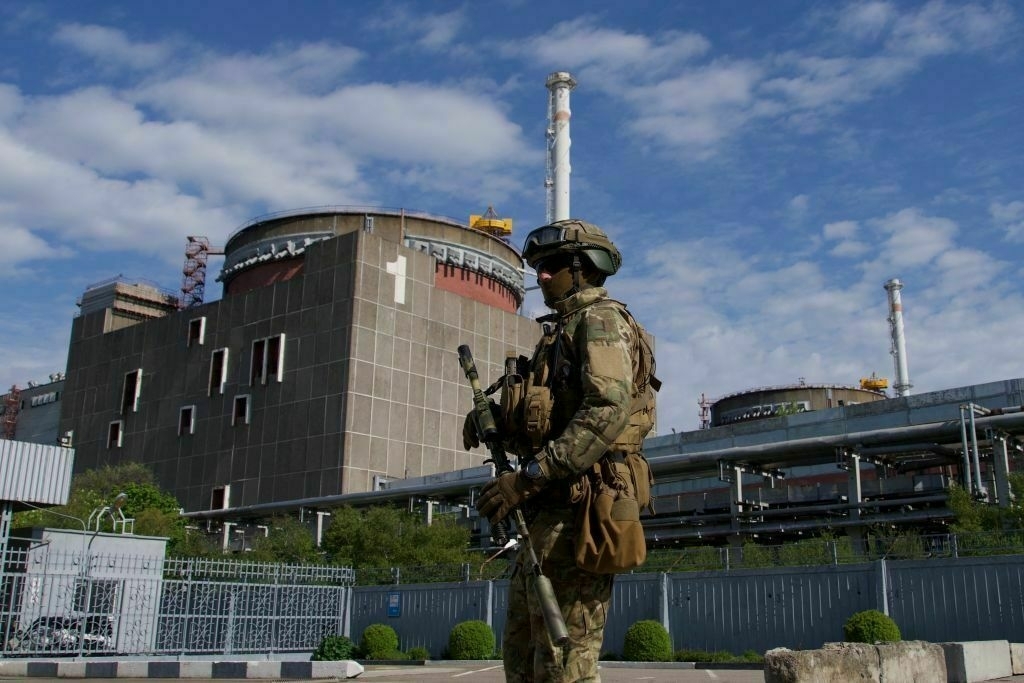
The White House on March 19 proposed Ukraine pass its nuclear facilities to the U.S. as part of the ongoing ceasefire talks.
“The United States could be very helpful in running those plants with its electricity and utility expertise. American ownership of those plants would be the best protection for that infrastructure,” White House Press Secretary Karoline Leavitt said during a press briefing on March 19.
The control of the Russian-occupied Zaporizhzhia Nuclear Power Plant (ZNPP), the largest one in Europe, has been actively discussed between Kyiv and Washington over the past week.
President Volodymyr Zelensky confirmed on March 14 that the fate of the plant and the adjacent Russian-occupied territories were discussed with the U.S. during bilateral talks in Saudi Arabia a week prior.
Zelensky said that the return of the plant without Ukrainian control over the city in which the plant is located — Enerhodar — isn’t possible.
“You can’t just say: here’s the plant, and the city (of Enerhodar) is separate,” Zelensky said.
Enerhodar, Zaporizhzhia Oblast, is located on the Russian-occupied east bank of the Dnipro River, with Ukraine having no access to the adjacent territory.
Experts told the Kyiv Independent that regaining control over the plant is a difficult goal for Ukraine, and a potential prolonged military presence there without driving the Russians out of the surrounding territories is an unlikely option.
“This is a political, military, perhaps diplomatic, but definitely not an energy question,” Oleksandr Kharchenko, managing director at the Energy Industry Research Center, told the Kyiv Independent.
"(But) I sincerely believe that the creation of a joint venture, provided that the United States brings additional finances, corporate governance rules, access to investments and capacity expansion to Ukrainian Energoatom, would definitely, in my opinion, be in Ukraine’s favor," he added.
Russia has, so far, ignored the calls to relinquish control of the plant.
‘Putin is stalling’ — Trump ‘ceasefire’ call met with skepticism in KyivU.S. President Donald Trump said it was a “great call.” A Kremlin aide declared the world had “become a much safer place.” But in Kyiv, the reaction to the call between Trump and Russian President Vladimir Putin on March 18 has been noticeably more muted. “Judging by the news,The Kyiv IndependentChris York
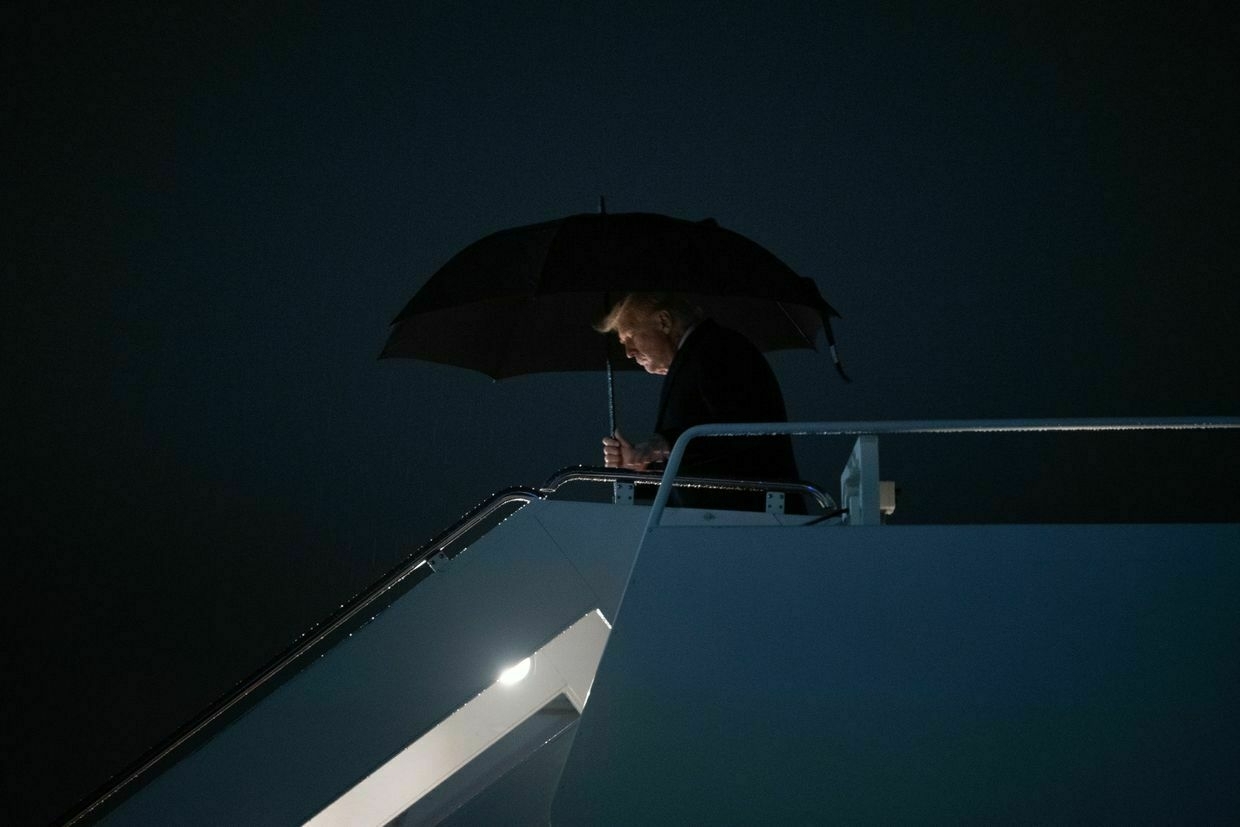
Strategic strongholdLocated on the eastern bank of the Dnipro River, the Zaporizhzhia Nuclear Power Plant is a strategically important facility that Russia turned into a military base, Ukrainian officials have said.
According to Enerhodar’s exiled mayor, Dmytro Orlov, around 1,000 Russian soldiers have been deployed on the plant’s territory as of late summer 2024.
Russian troops use the plant as a training ground and a launchpad for drone attacks targeting Ukraine-controlled territories, the military said. The city of Nikopol in Dnipropetrovsk Oblast, which sits across the river, regularly suffers from Russian attacks.
“Removing Russian forces from the area would most likely require significant military power.”
The chances that Russia will voluntarily leave the plant remain "slim given its value," said Emil Kastehelmi, an analyst at the Finland-based Black Bird Group.
"A withdrawal for whatever reason would be seen as a significant loss for Russia, and removing Russian forces from the area would most likely require significant military power," he told the Kyiv Independent.
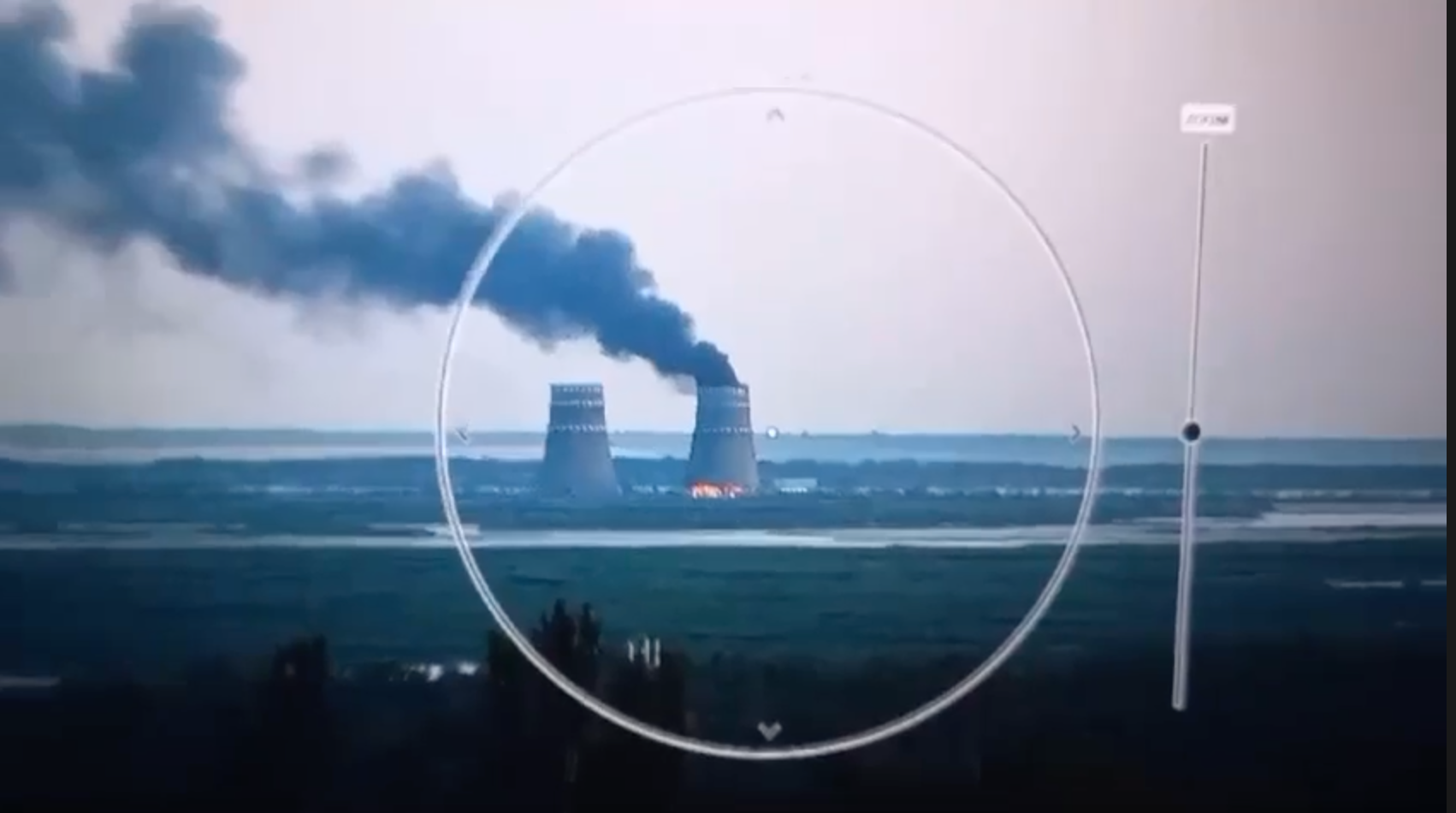
A fire at the Russian-occupied Zaporizhzhia Nuclear Power Plant on Aug. 11, 2024. (Screenshot / President Volodymyr Zelensky / Telegram) "It plays an important role in the future in supplying electricity to the occupied territories, which Russia also has no intention of giving back to their rightful owner."
Kyiv pins hope to return the nuclear plant through diplomatic means after military attempts to regain control failed to succeed.
Military Intelligence Chief Kyrylo Budanov and Ukrainian soldiers said the first attempt to create a bridgehead for the liberation of the occupied plant was made in August 2022. The two attempts of landing followed later the same year.
Kastehelmi said that a potential large-scale offensive by Ukraine to retake the plant looks "risky and unrealistic" at this time.
"In theory, there could be a diplomatic breakthrough which would then give the plant back to Ukrainian control, but currently, it's difficult to see where Ukraine could gain such political leverage," the expert said.
Europe's largest power plant under threatThe Zaporizhzhia plant accounted for 20% of the country's electricity supplies and almost half of nuclear power generation before the full-scale war.
Now, all of its siх reactors are in a cold shutdown. The plant does not generate power and relies on two power lines connected to Ukrainian-controlled territories for off-site electricity, compared to the 10 it had before the war. Both have suffered repeated disconnections due to Russian attacks.
Energoatom, Ukraine's state-owned nuclear power plant operator, said that the plant has experienced eight blackouts and one partial shutdown since the beginning of the all-out war.
A day after the U.S.-Russia talks in Riyadh in late February, Alexey Likhachev, the head of Russia's state-owned nuclear energy company Rosatom, said that Russia is planning to relaunch the plant.
Energoatom Head Petro Kotin said that under current circumstances, it's impossible.
"This is our plant, it will not work without us."
The plant was dependent on the Kakhovka Reservoir for water used to cool the reactors. The reservoir dried out following the Russian destruction of the Kakhovka Dam. Russia also lacks power lines and qualified personnel, and the nuclear fuel at the plant is no longer usable, Kotin said.
"This is our plant, it will not work without us," Zelensky said on March 18. "According to (Ukraine's) intelligence, the Russians really want it to work without us. They are trying to drag the International Atomic Energy Agency (IAEA) into this."
Inspectors from the IAEA, stationed at the Russian-occupied facility since the fall of 2022 to monitor risks and ensure the safety of operations, are meant to rotate every 80 days.
In early March, the IAEA conducted its first rotation through the Russian-occupied territories, which was met with outrage and concern by Kyiv. Ukraine's Foreign Ministry blamed the situation on Russian blackmail, saying that Moscow's forces had blocked staff rotations through Ukrainian-controlled territory.
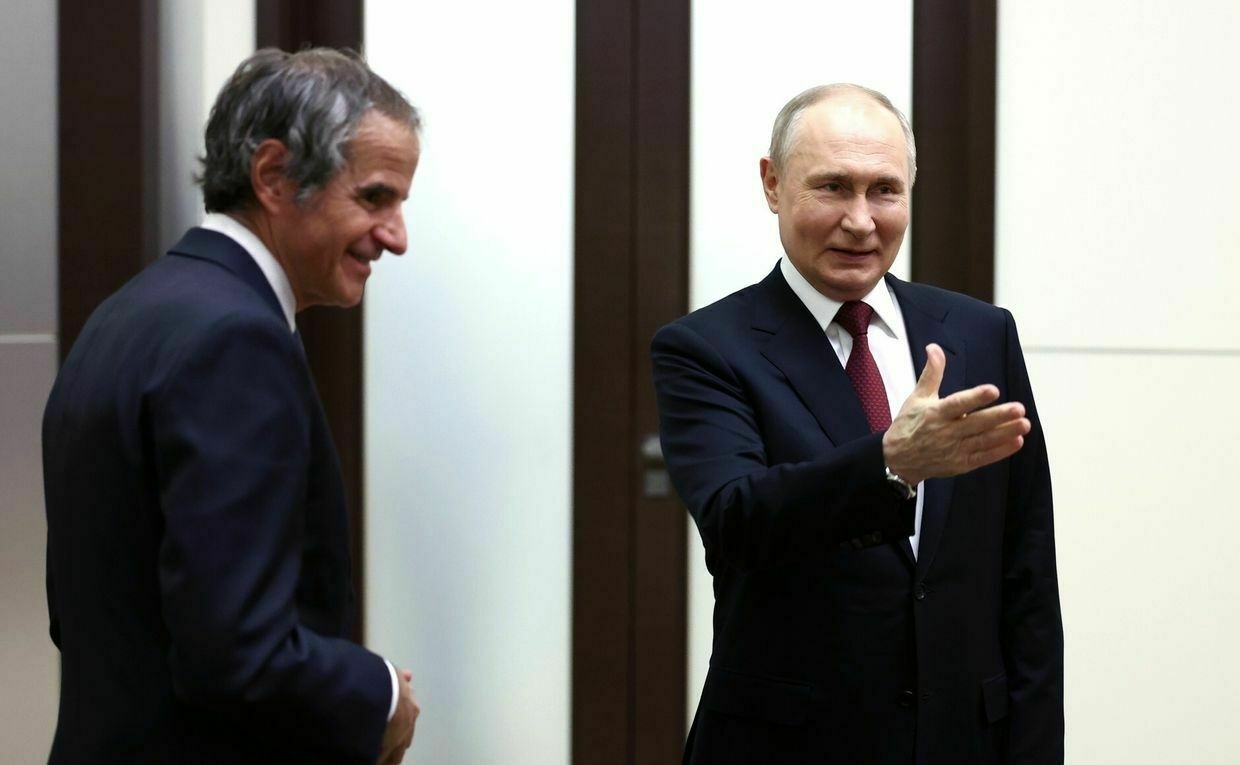
Russian President Vladimir Putin meets with International Atomic Energy Agency (IAEA) Director Rafael Mariano Grossi in Sochi, Russia, on March 6, 2024. (Kremlin Press Office/Handout/Anadolu via Getty Images) Greenpeace Ukraine saw this move as Russia's tactic to involve the IAEA in a potential relaunch of the plant's nuclear reactors. But IAEA Chief Rafael Grossi called the recent rotation an "extraordinary exception," claiming that it was impossible to conduct it in a secure manner.
Kharchenko believes that if the plant remains under Russian control in case of a ceasefire, Moscow will sooner or later be able to restart its work, albeit with difficulties.
“If they get enough time and do not face any opposition from Ukraine, they will be able to do it (relaunch the plant) in some foreseeable period. It is not easy and it won't be soon,” he said.
Fabian Hoffmann, a defense expert and doctoral research fellow at the University of Oslo, said that if Ukraine could gain access to the plant and push Russian forces back enough to restart its work, it would give "a significant boost" to Ukrainian energy production.
"Essentially, that's another piece of energy infrastructure that Russia cannot target the same way that Russia throughout the war has not been targeting other Ukrainian nuclear infrastructure, simply because it's a big no," he told the Kyiv Independent.
"I think the Russians will try to maintain control over it just because it's politically useful for them. And it would be economically enormously useful for Ukraine to get it back. And that's reason enough for the Russians to try to hold it."
Kremlin demands halt to foreign military aid, intelligence to Ukraine as condition for avoiding war escalationThe Kremlin has demanded a complete cessation of foreign military aid and intelligence to Ukraine as a “key condition for avoiding an escalation of the war,” according to a statement released on March 18.The Kyiv IndependentKateryna Hodunova
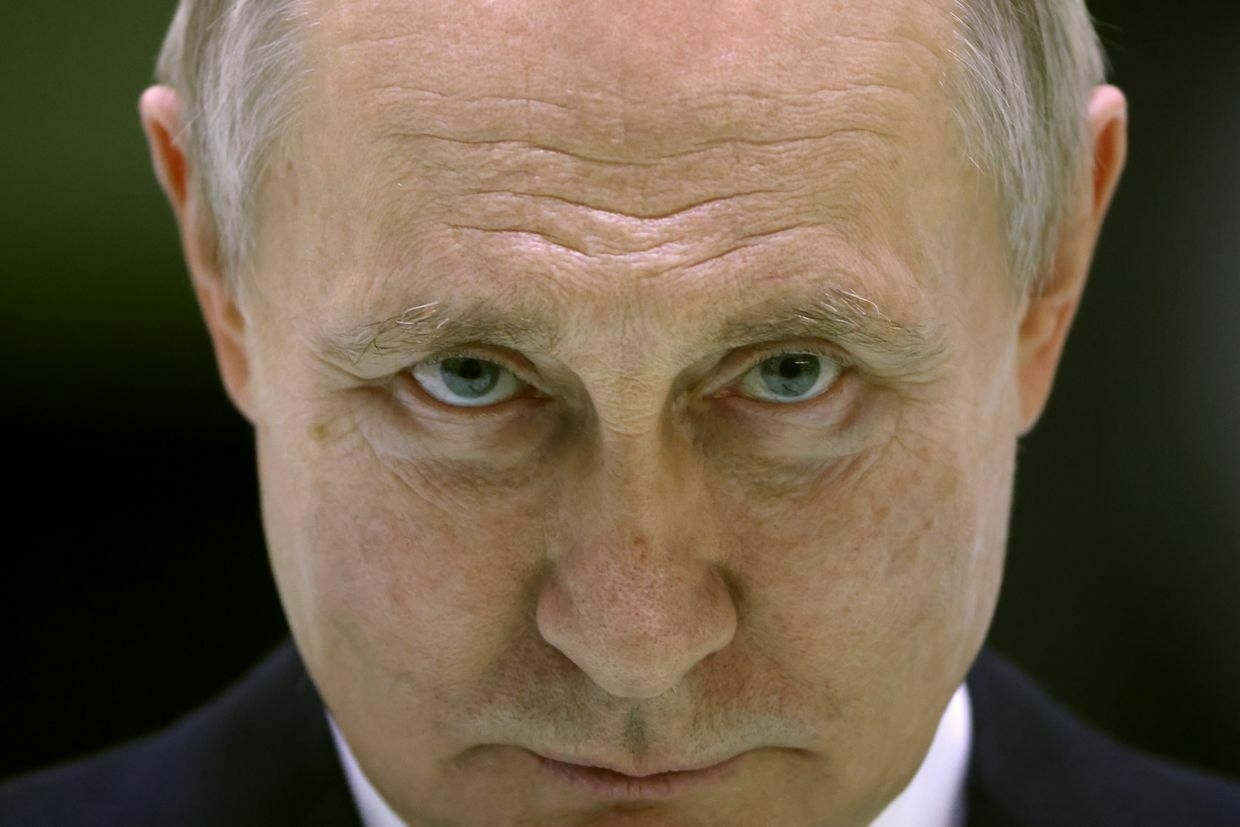
Closed city, civilian hostagesMeanwhile, as the talks about the plant's future gain traction in Kyiv and Washington, the fate of the city remains unclear.
Russia brought Rosatom employees to Enerhodar to take control of the plant, seeking to force locals to collaborate.
Truth Hounds, a Ukrainian non-profit organization that documents and investigates war crimes, reported, citing witnesses, that with the knowledge of Rosatom, Russian troops have been abducting and torturing Ukrainian employees.
Before the full-scale war, 11,000 people worked at the plant, of whom 5,000 remain under occupation to this day. Oleksandr Pavlichenko, executive director of the Ukrainian Helsinki Human Rights Union, said around 2,000 refused to sign a contract with Rosatom.
The plant's employees are not allowed to leave the city and went through torture chambers set up by Russia in the city, he told the Kyiv Independent. Pavlichenko calls the resistance that Russian troops faced during attempts to occupy the city may be the reason for "a very systematic terror against the entire population of Enerhodar."
According to Pavlichenko, 21 employees of the Zaporizhzhia nuclear power plant are incarcerated as of March 18.
In October 2022, the Kyiv Independent published a detailed report about the systematic torture in Enerhodar. Residents of the Russian-occupied city and those who were able to escape have detailed the abductions and torture practices that local citizens had faced.
"Those who show any disagreement are persecuted," Pavlichenko said.
"Now there is total control there. It's a so-called concentration camp."
Life near Russian-occupied nuclear plant: ‘I don’t know if tomorrow will come’Editor’s Note: The Kyiv Independent talked to residents who are still in Russian-occupied Enerhodar and those who recently left but still have family in the city. For their safety, we do not disclose their identities. When Russian soldiers captured Enerhodar, the satellite city of the Zaporizhzhia…The Kyiv IndependentAlexander Query
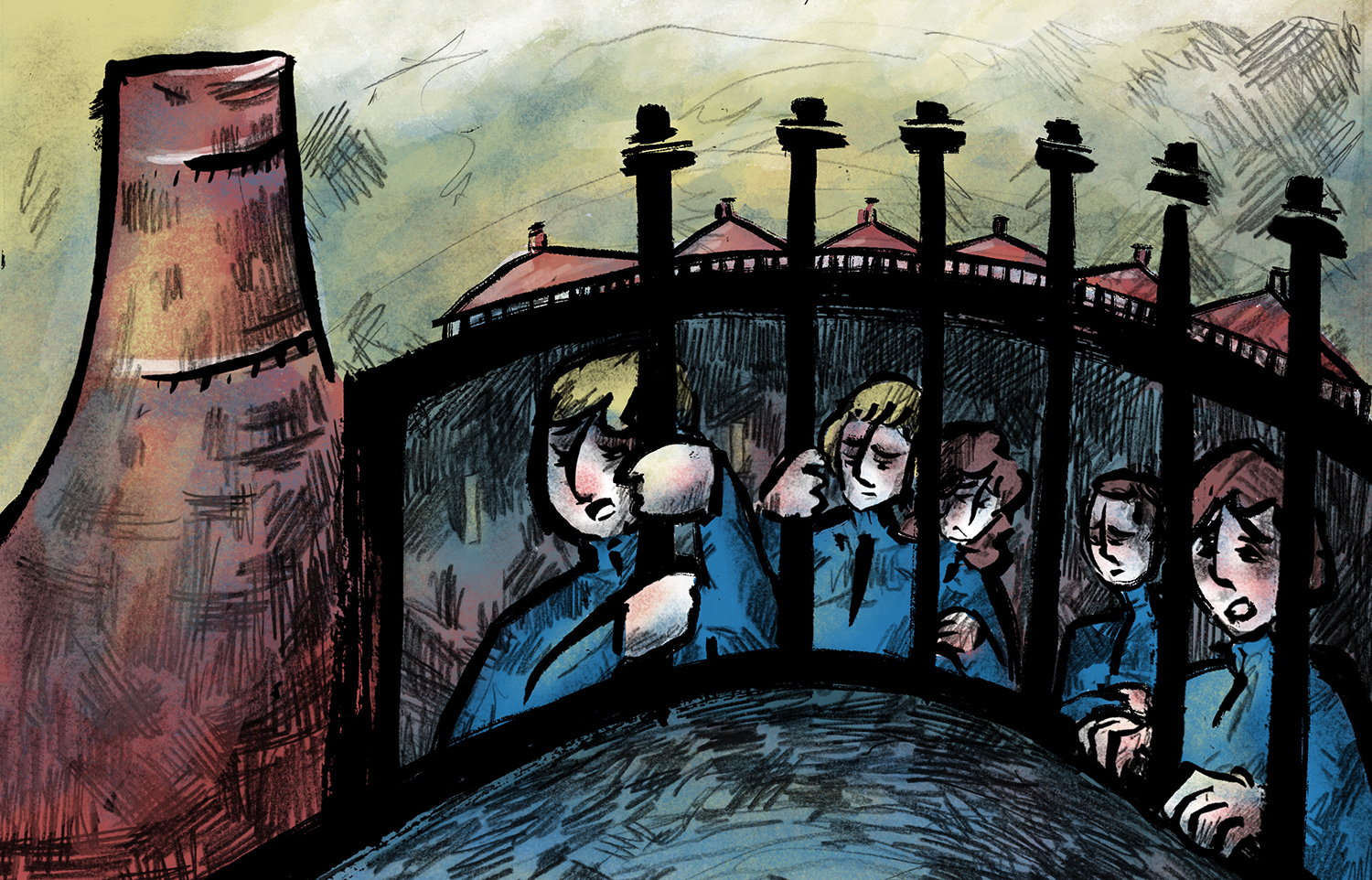
-
Ukraine war latest: Trump, Zelensky hold phone call to discuss ceasefire; Ukraine brings back 175 soldiers from Russian captivity
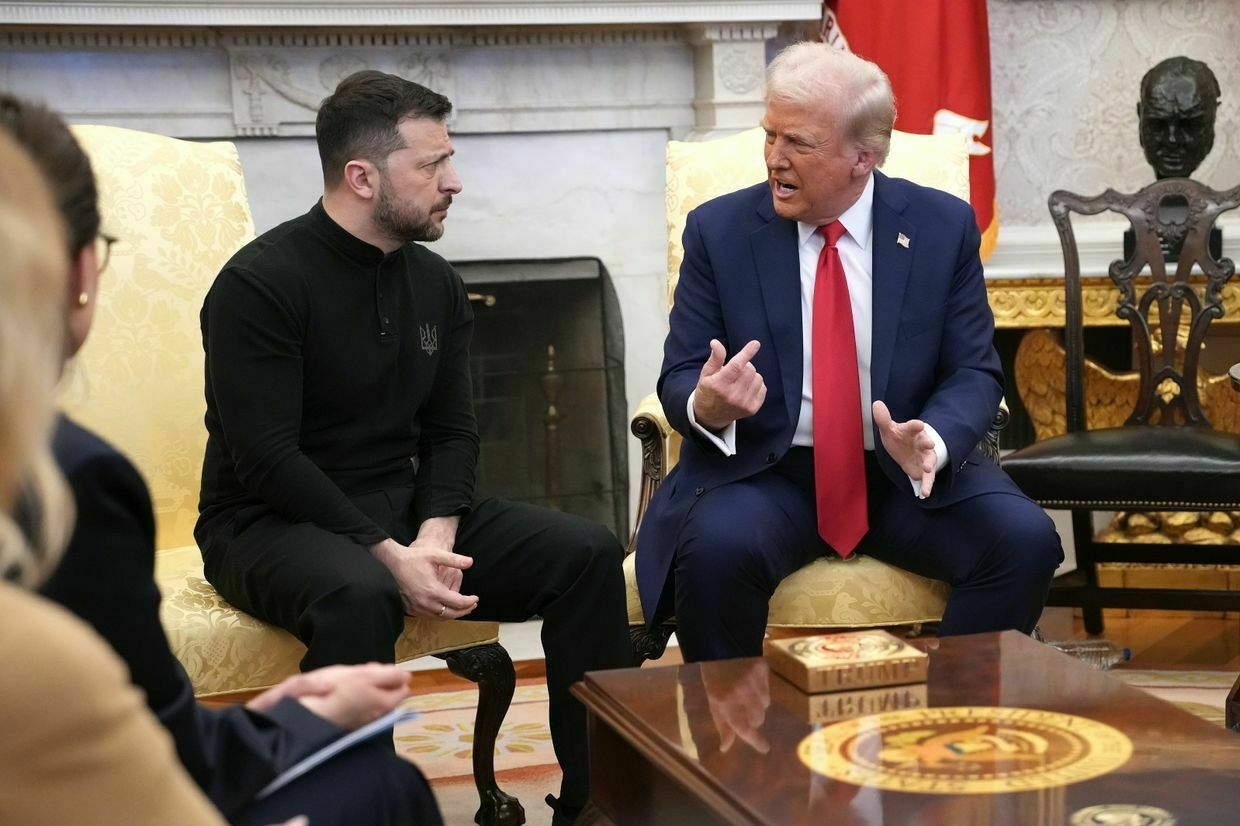
Key developments on March 19:
- Zelensky agrees to halt strikes on Russian energy infrastructure during call with Trump
- US ownership of Ukraine’s power plants would be ‘best protection’ of energy infrastructure, White House says
- Ukraine brings home 175 prisoners of war in swap with Russia
- Ukrainian drone strike halts operations at Russia’s Krasnodar Krai oil station, authorities claim
- German government backs additional $3.3 billion in military aid for Ukraine
Zelensky agrees to halt strikes on Russian energy infrastructure during call with TrumpPresident Volodymyr Zelensky said he agreed to stop strikes on Russian energy infrastructure during a phone call with U.S. President Donald Trump on March 19.
“One of the first steps toward fully ending the war could be ending strikes on energy and other civilian infrastructure. I supported this step, and Ukraine confirmed that we are ready to implement it,” Zelensky said on X following the hour-long call with Trump.
The call between Trump and Zelensky came a day after the U.S. president spoke with Russian President Vladimir Putin on the phone.
Following the call, Putin announced he had agreed to a 30-day truce on strikes on energy infrastructure. The same night — overnight on March 19 —Russia carried out a large-scale drone attack that targeted energy infrastructure and other facilities.
Russia has been bombing Ukraine's civilian energy infrastructure since 2022 and has been steadily expanding its air campaigns in recent months, with bombardments by swarms of Shahed drones now a nightly occurrence.
Ukraine has also launched regular drone attacks on Russia in response. On the night of March 10, over 330 Ukrainian drones targeted Moscow. Other strikes have targeted Russia's fossil fuel infrastructure.
Trump wants a ceasefire between Ukraine and Russia – which side would gain more?U.S. President Donald Trump held a phone call with his Russian counterpart Vladimir Putin on March 18 to discuss a U.S.-backed ceasefire proposal. Putin claimed Russia would pause attacks on Ukraine’s energy infrastructure for 30 days, but did not commit to a broader ceasefire. Russia has declinedThe Kyiv IndependentOleg Sukhov
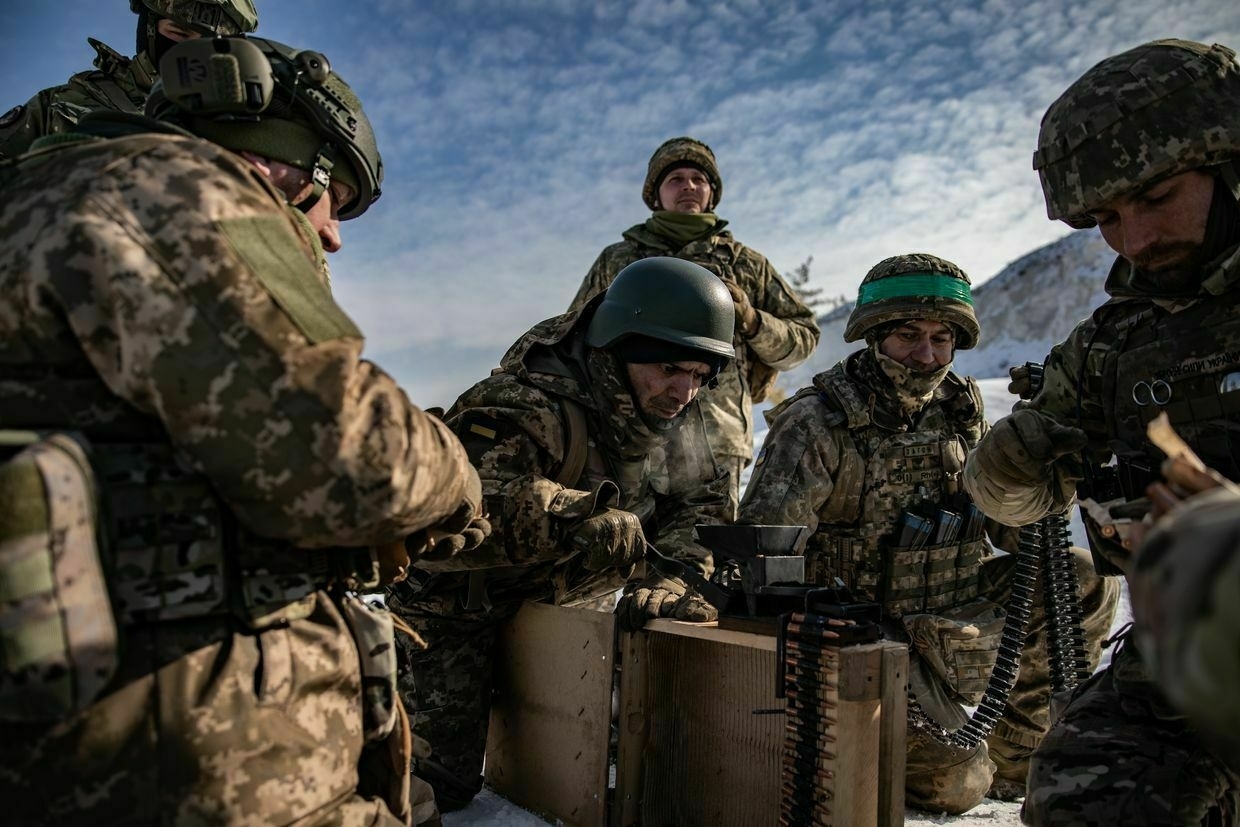
US ownership of Ukraine's power plants would be 'best protection' of energy infrastructure, White House saysPresident Donald Trump and President Volodymyr Zelensky held a phone call on March 19, during which Trump suggested American ownership of Ukraine's power plants could help ensure their security.
Trump and Zelensky discussed Ukraine's electrical supply and nuclear power plants during the call, according to a readout of the conversation presented by White House Press Secretary Karoline Leavitt during a press briefing.
Trump said the U.S. could be "very helpful in running the plants with its electricity and utility expertise," adding that "American ownership of those plants would be the best protection for that infrastructure and support for Ukrainian energy infrastructure."
It is unclear from the readout what energy infrastructure or nuclear power plants the U.S. could help run or acquire. Trump on March 13 said that as part of peace deal talks, he had discussed Russian-occupied territory with Ukraine, including the Zaporizhzhia nuclear power plant — Europe's largest nuclear site — that has been under Russian control since the early days of the invasion.
"There's a power plant involved, a very big power plant involved. Who is going to get the power plant, and who is going to get this and that, and so you know it's not an easy process. But phase one is the ceasefire," Trump said on March 13.
The Trump-Zelensky phone call follows an hour-and-a-half-long conversation between the U.S. president and Russian President Vladimir Putin a day prior on March 18. Following the call, Putin said he had agreed to a limited 30-day pause on energy attacks.
Overnight on March 19, Russia launched an aerial attack on Ukraine, targeting energy infrastructure in some parts of the country.
Russia has been targeting Ukraine's civilian energy infrastructure since 2022. In recent months, Moscow has intensified aerial campaigns with bombardments by swarms of Shahed drones a nightly occurrence.
Ukraine has also launched regular attacks on Russia's fossil fuel production — a major revenue source for the Russian state. Zelensky said after the call with Trump that he had also agreed to stop strikes on Russia's energy infrastructure.
Material losses from Russian attacks on Ukrainian energy infrastructure have amounted to "billions of dollars," according to Energy Minister Herman Halushchenko.
Halushchenko said on Feb. 24 that Russia has launched more than 30 mass strikes on Ukraine's energy infrastructure over the three years of its full-scale invasion.
Over the past three years, Russian troops have occupied territories hosting energy facilities producing 18 gigawatts (GW) of generation.
‘Putin is stalling’ — Trump ‘ceasefire’ call met with skepticism in KyivU.S. President Donald Trump said it was a “great call.” A Kremlin aide declared the world had “become a much safer place.” But in Kyiv, the reaction to the call between Trump and Russian President Vladimir Putin on March 18 has been noticeably more muted. “Judging by the news,The Kyiv IndependentChris York
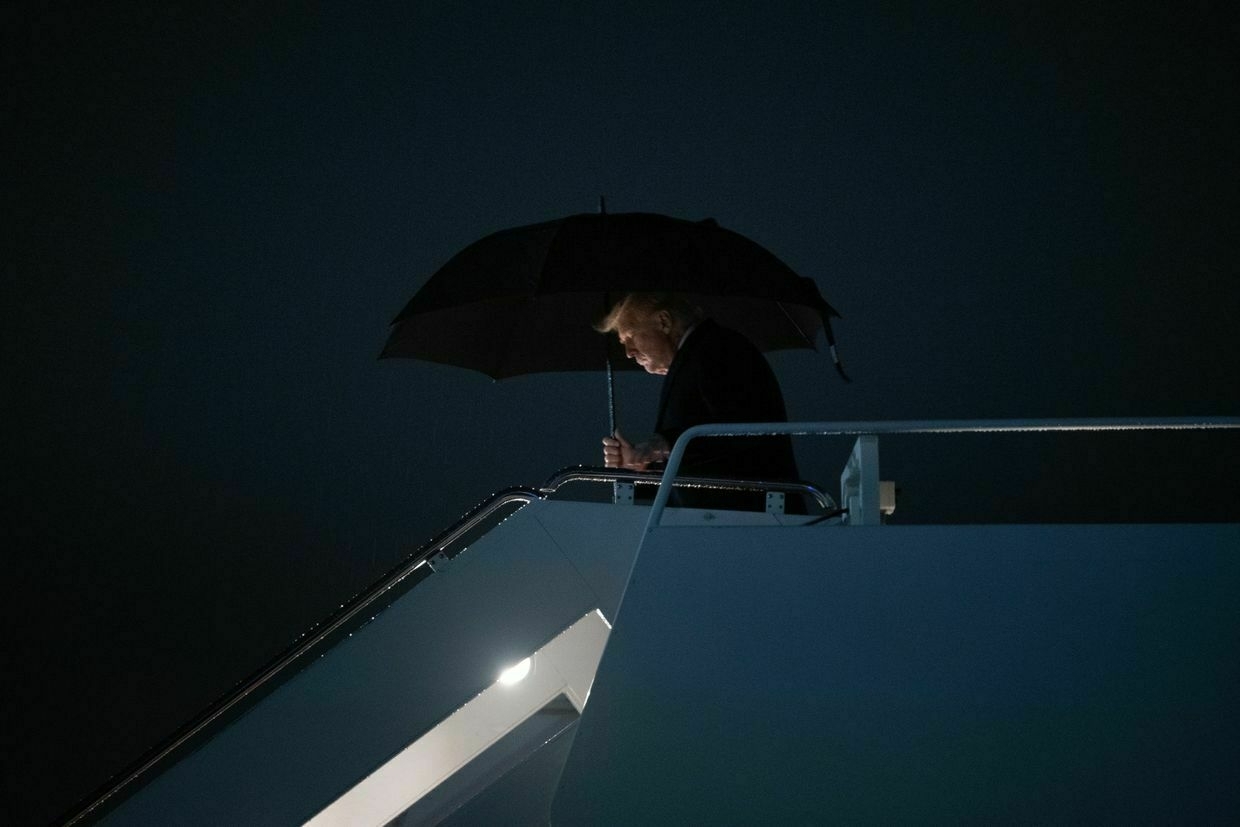
Ukraine brings home 175 prisoners of war in swap with RussiaUkraine has brought home 175 Ukrainian soldiers in a one-for-one prisoner exchange with Russia that was mediated by the United Arab Emirates, President Volodymyr Zelensky announced on March 19.
The news of the swap came after a phone call between U.S. President Donald Trump and Russian President Vladimir Putin a day earlier.
Another 22 Ukrainian service members returned through negotiations outside of the one-for-one exchange.
As part of the swap, Russia also brought back 175 Russian soldiers.
The recent exchange included Ukrainian military personnel who served in Donetsk, Luhansk, Kherson, Zaporizhzhia, Mykolaiv, Kharkiv, Sumy, and Kursk oblasts, as well as thosewho defended the city of Mariupol and its Azovstal steel plant, according to Zelensky.
Among the prisoners of war who have returned are those that were seriously wounded and prosecuted by Russia for crimes they did not commit. All of them will be provided with the necessary medical and psychological assistance, Zelensky said.
"This is one of the largest exchanges. Our soldiers, sergeants and officers are returning. The soldiers who fought for our freedom in the Armed Forces, Navy, National Guard, Territorial Defense Forces and Border Guard," Zelensky wrote on Telegram.
The Ukrainian president also expressed gratitude to the United Arab Emirates for making the exchange possible.
"Ukraine remembers each and every one of our heroes, and we will definitely bring all our people home," Zelensky said.
Following a call with U.S. President Donald Trump on March 18, the Kremlin announced that it would conduct a one-for-one prisoner exchange with Ukraine. Moscow claimed that it would release 23 severely wounded Ukrainian soldiers, but only transferred 22.
Ukraine, on Feb. 5, brought back 150 Ukrainian service members from Russian captivity.
In 2024, 1,358 Ukrainians were released, and since the beginning of the all-out war, 3,956 Ukrainians have returned from Russian captivity, Zelensky said in his New Year's address.
Ukrainian drone strike halts operations at Russia's Krasnodar Krai oil station, authorities claimUkrainian drones attacked the Kavkazskaya oil pumping station in Russia's Krasnodar Krai overnight on March 19, damaging infrastructure and causing a fire, pro-Kremlin news outlet Shot and regional authorities claimed.
The attack reportedly damaged a pipeline connecting storage tanks, sparking a fire that covered an area of about 20 square meters.
The regional operational headquarters confirmed that 30 on-duty personnel were evacuated and that the facility suspended operations. No casualties were reported.
The Kyiv Independent could not verify the claims. The Ukrainian military has not commented on the reported attacks.
The Kavkazskaya oil transshipment point is crucial in Russia's energy exports, connecting a railroad oil terminal and the Kropotkinskaya oil pumping station. It is part of the Caspian Pipeline Consortium system, which pumps up to 6 million metric tons of oil annually.
The strike follows Ukraine's Feb. 17 drone attack on the Kropotkinskaya oil pumping station, also in Krasnodar Krai, where seven drones reportedly hit key infrastructure.
Kyiv has intensified its campaign against Russia's energy and military infrastructure to disrupt Moscow's war effort. On March 17, Ukrainian drones struck a fuel and energy facility in Russia's Astrakhan Oblast, igniting a fire, regional Governor Igor Babushkin claimed.
The attack comes amid talks about a possible halt on mutual strikes against energy targets. The same night, Russia launched 145 drones and six missiles against Ukraine, inflicting civilian casualties and damaging infrastructure.
Ukraine has consistently targeted Russian refineries, oil depots, and defense industry sites, aiming to limit Russia's ability to sustain its full-scale invasion.
China is more likely than the EU to replace Starlink on the Ukrainian battlefieldFears of a Starlink shut-off at the front line have racked Ukraine. European satellite internet firms took the opportunity to step forward as replacements — but even collectively, they are unlikely to fill the void in coverage that Starlink’s shut off would leave. Today, Starlink satellite internet…The Kyiv IndependentKollen Post
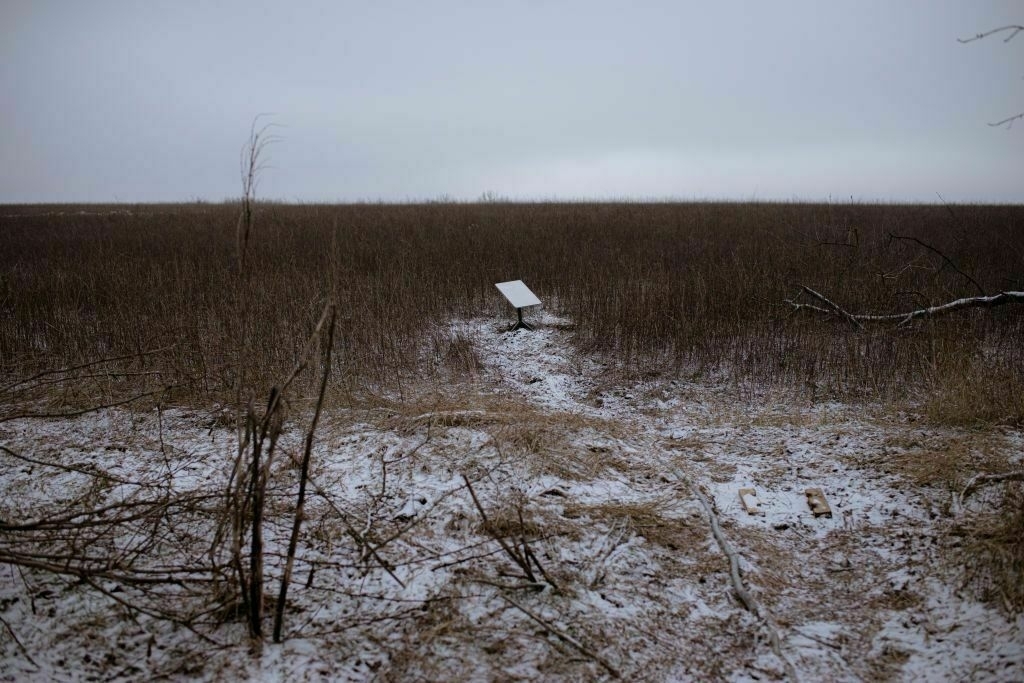
German government backs additional $3.3 billion in military aid for UkraineThe outgoing German government agreed to release an additional 3 billion euros ($3.3 billion) in military assistance for Ukraine, a German Finance Ministry spokesperson confirmed for the Kyiv Independent on March 19.
Outgoing Chancellor Olaf Scholz has long blocked the package unless it is financed by additional borrowing.
Friedrich Merz, who is set to become the next chancellor after his conservative CDU/CSU alliance won the elections in February, voiced confidence that the additional assistance would be approved as he unveiled massive efforts to boost defense spending by reforming Germany's debt brake.
Merz, who is seeking to build a new government coalition with the Social Democrats (SPD), scored a major win earlier this week after the outgoing parliament approved a spending surge that could unleash up to 500 billion euros ($545 billion) for Germany's defense and infrastructure.
According to Reuters, the parliamentary budget committee should approve the funds for Ukraine on March 21, as long as the Bundesrat, a legislative body representing Germany's federal states, approves Merz's reforms.
Germany is Ukraine's largest military donor in Europe, and its role is likely only to grow as U.S. President Donald Trump seeks to reduce American involvement on the continent and restore ties with Russia.
The 3-billion-euro package is in addition to the 4 billion euros ($4.36 billion) already allocated for Kyiv in 2025.
Reuters reported earlier on March 19 that German Finance Minister Joerg Kukies has informed parliament's budget committee that the requirements for additional funds for Ukraine have been met.
This was later confirmed by the ministry's spokesperson to the Kyiv Independent.
The sum of 3 billion euros includes 2.547 billion euros ($2.8 billion) from the German budget, with the rest being reimbursed by the European Peace Facility.
Kukies also plans to authorize some 8.252 billion euros ($8.9 billion) in military aid to Ukraine between 2026 and 2029.
Trump agrees to help Ukraine find available Patriot air defense systems in Europe, White House saysPresident Volodymyr Zelensky asked U.S. President Donald Trump for additional air defense systems to protect Ukrainian civilians, in particular, Patriot missile systems. The U.S. president agreed to find what was available, particularly in Europe, according to a readout of a call between the two lea…The Kyiv IndependentKateryna Hodunova
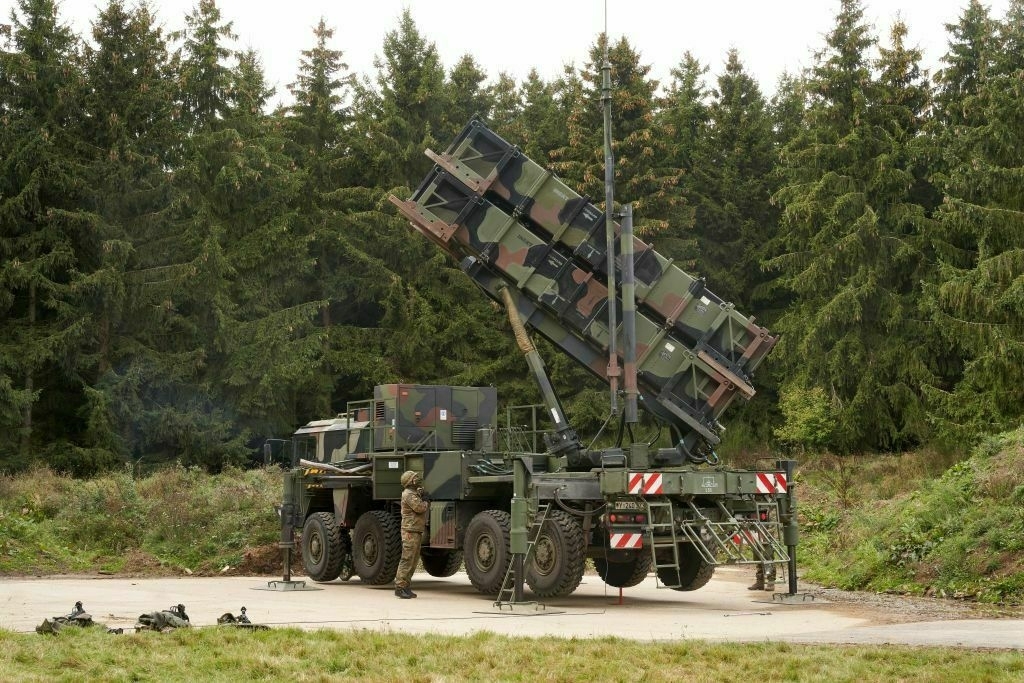
Note from the author:
Ukraine War Latest is put together by the Kyiv Independent news desk team, who keep you informed 24 hours a day, seven days a week. If you value our work and want to ensure we have the resources to continue, join the Kyiv Independent community.
-
US has 'moved beyond minerals deal' to focus on lasting ceasefire in Ukraine, White House says
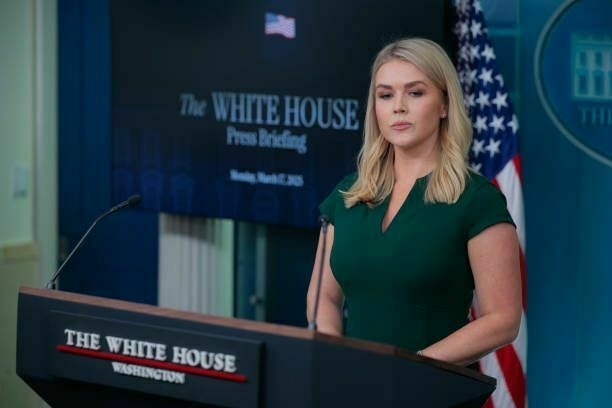
Washington has moved on from a minerals deal with Kyiv to focus on achieving a lasting ceasefire between Russia and Ukraine, White House Press Secretary Karoline Leavitt said during a press briefing on March 19.
Leavitt said that did not mean a deal for the U.S. to develop Ukraine’s mineral resources was off the table, but that the two sides had “moved beyond just the economic minerals deal framework, and (are) looking at a lasting ceasefire” in Ukraine.
After weeks of tense negotiations, the deal was set to be signed on Feb. 28, but that plan was derailed after a public clash between U.S. President Donald Trump and Ukrainian President Volodymyr Zelensky, leaving the agreement’s fate uncertain.
After the U.S. froze military assistance for Kyiv, Zelensky issued a statement in which he called the spat “regrettable” and reaffirmed his readiness to sign the minerals deal and work toward peace.
Reuters reported that the deal was expected to be signed on March 4, but this claim was disputed by U.S. officials, and no agreement was signed.
The long-debated agreement would establish a fund to which Ukraine would contribute 50% of proceeds from the future monetization of state-owned mineral resources, including oil, gas, and logistics infrastructure.
The U.S. reportedly put forth three proposals of the mineral deal, but the Ukrainian side turned down the first two because they did not include security agreements, even as Washington ramped up the pressure.
The third version was also void of concrete security commitments but included a line reading that the fund “will be reinvested at least annually in Ukraine to promote the safety, security and prosperity of Ukraine."
The Trump administration has been reluctant to commit to Ukraine’s security, arguing that the economic agreement is a security guarantee of itself and that Europe should take responsibility for Kyiv’s defense.
What the US-Ukraine mineral deal actually meansAs Kyiv and Washington celebrate agreeing to jointly develop Ukraine’s natural resources after weeks of tense negotiations, the deal still has a long way to go before the money starts flowing. Officials, experts, and those close to the deal say the current version of the agreement is an improvementThe Kyiv IndependentDominic Culverwell
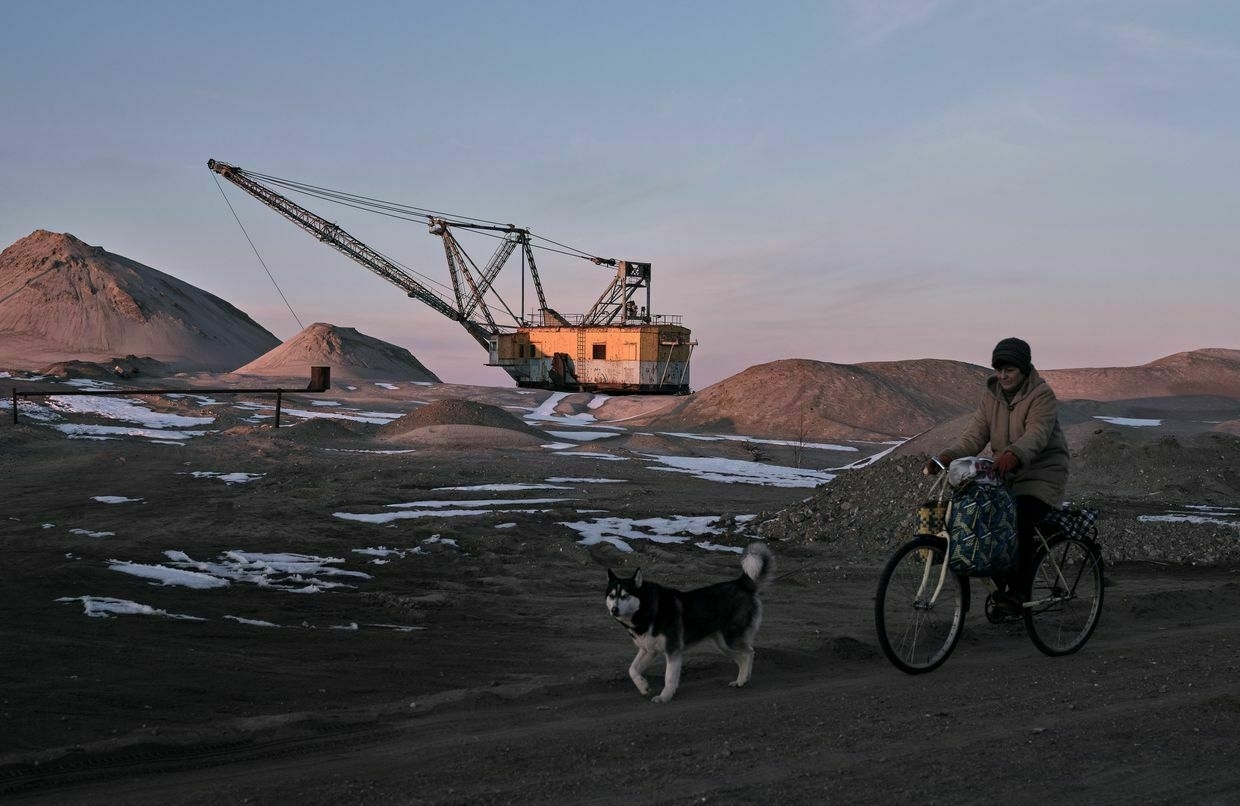
-
Trump agrees to help Ukraine find available Patriot air defense systems in Europe, White House says
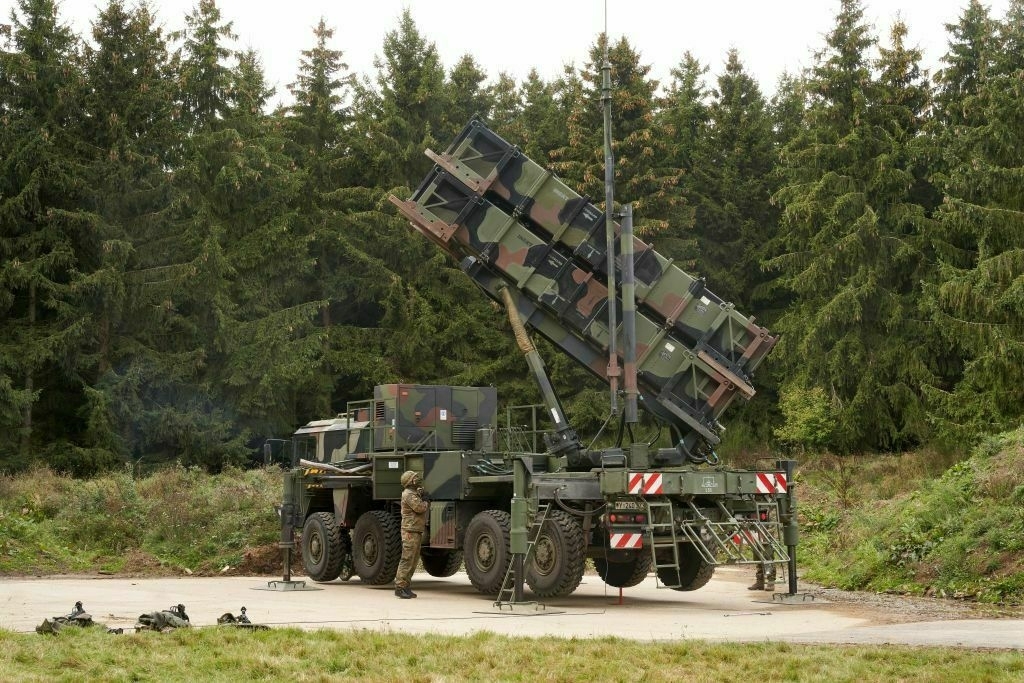
U.S. President Donald Trump has agreed to assist Ukraine in finding additional U.S.-made Patriot air defenses available in Europe, White House Press Secretary Karoline Leavitt said, citing a readout of a call between the two leaders on March 19.
Trump and President Volodymyr Zelensky held an hour-long phone call, during which they discussed a ceasefire and bringing an end to Russia’s war in Ukraine, as well as protecting Ukrainian energy infrastructure.
Zelensky asked Trump for additional air defense systems to protect Ukrainian civilians, in particular, Patriot missile systems, and the U.S. president agreed to find what was available, particularly in Europe, according to the readout.
Since the start of the full-scale invasion, Kyiv has called on its partners to provide additional air defense assets to protect its cities and infrastructure, especially its energy system, from Russian missile and drone strikes.
The highly advanced Patriot systems have played a crucial role in protecting the Ukrainian sky. They are capable of downing even the most advanced ballistic missiles, such as Kinzhals.
Throughout the full-scale war, there were several reports of damage to Patriot systems during Russia’s aerial attacks. Ukraine also uses mock systems to protect the missile systems.
Following Zelensky’s clash with Trump in the Oval Office on Feb. 28, Washington suspended all military and intelligence aid to Ukraine. After March talks between the Ukrainian and American delegations in Saudi Arabia, Washington’s lifted the suspensions.
‘Putin is stalling’ — Trump ‘ceasefire’ call met with skepticism in KyivU.S. President Donald Trump said it was a “great call.” A Kremlin aide declared the world had “become a much safer place.” But in Kyiv, the reaction to the call between Trump and Russian President Vladimir Putin on March 18 has been noticeably more muted. “Judging by the news,The Kyiv IndependentChris York
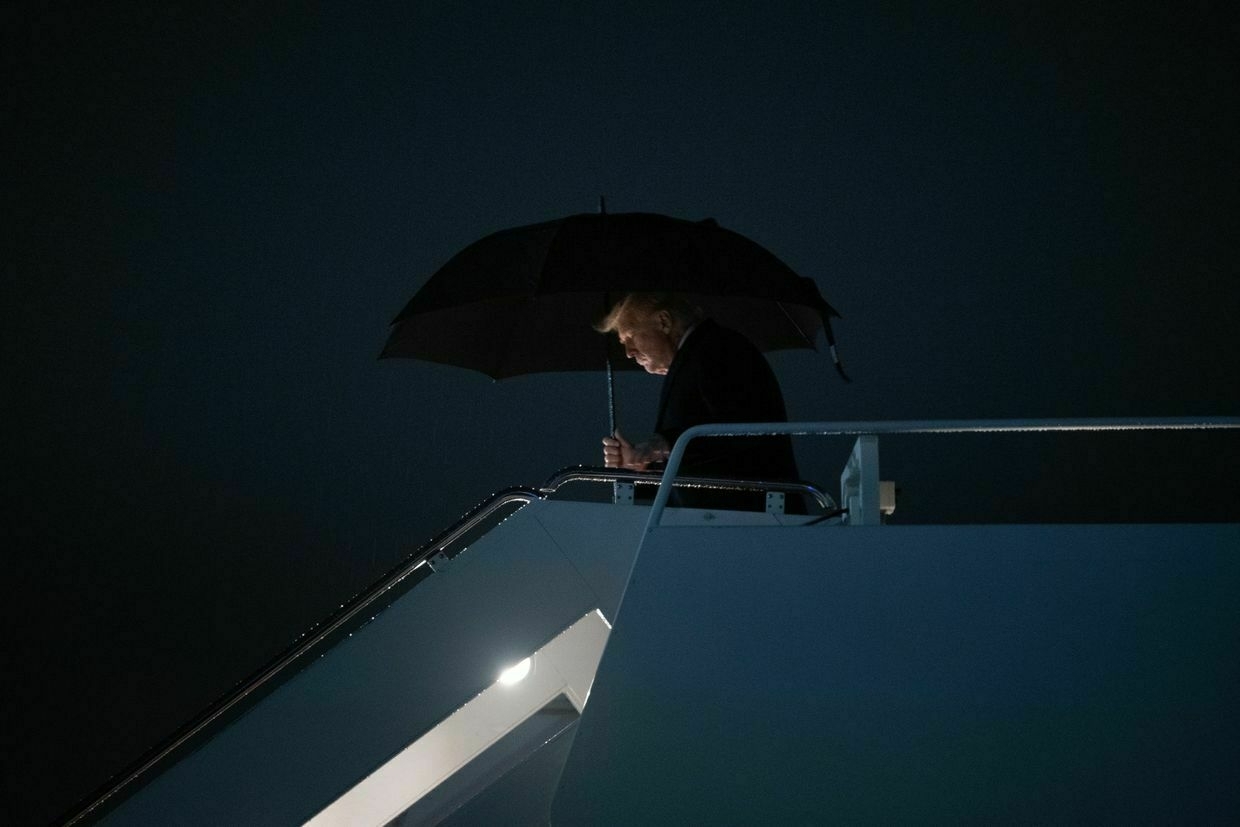
-
US ownership of Ukraine's power plants would be 'best protection' of energy infrastructure, White House says
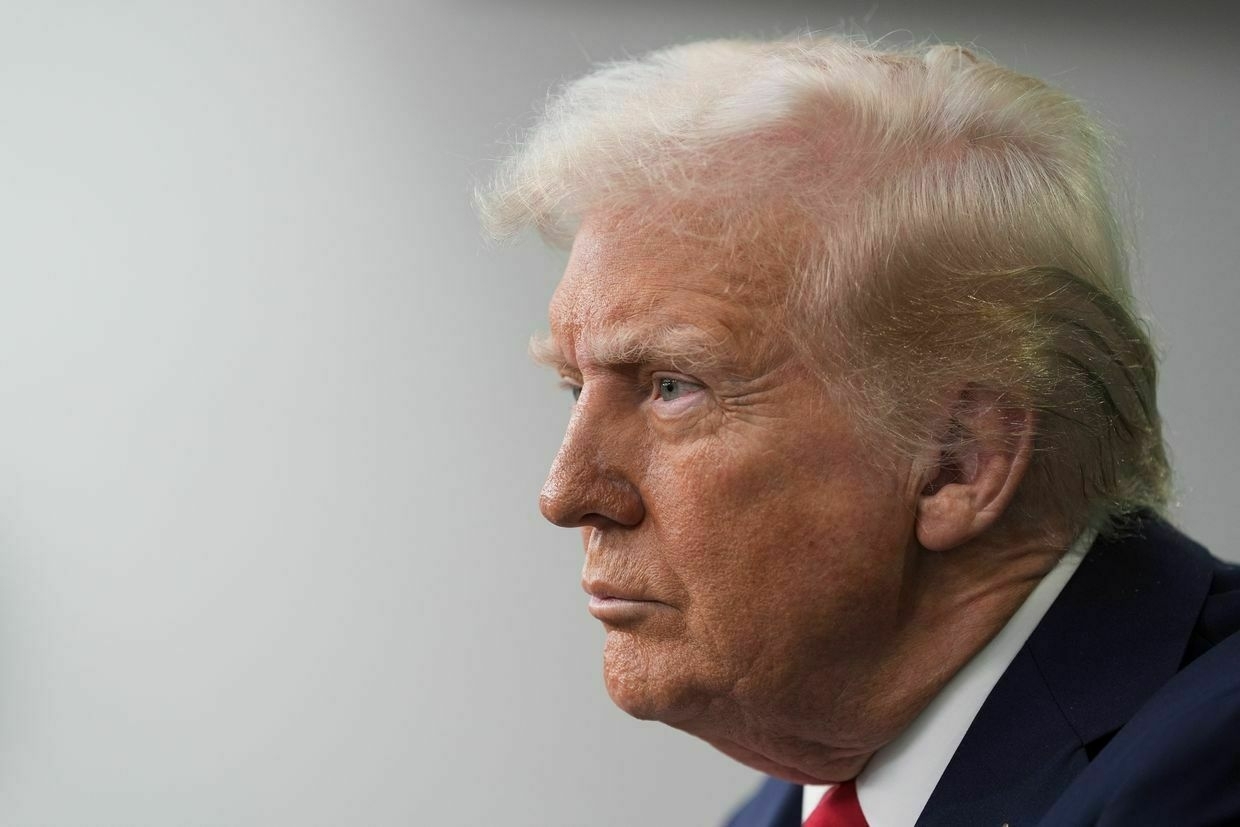
President Donald Trump and President Volodymyr Zelensky held a phone call on March 19, during which Trump suggested American ownership of Ukraine’s power plants could help ensure their security.
Trump and Zelensky discussed Ukraine’s electrical supply and nuclear power plants during the call, according to a readout of the conversation presented by White House Press Secretary Karoline Leavitt during a press briefing.
Trump said the U.S. could be “very helpful in running the plants with its electricity and utility expertise,” adding that “American ownership of those plants would be the best protection for that infrastructure and support for Ukrainian energy infrastructure.”
It is unclear from the readout what energy infrastructure or nuclear power plants the U.S. could help run or acquire. Trump on March 13 said that as part of peace deal talks, he had discussed Russian-occupied territory with Ukraine, including the Zaporizhzhia nuclear power plant — Europe’s largest nuclear site — that has been under Russian control since the early days of the invasion.
“There’s a power plant involved, a very big power plant involved. Who is going to get the power plant, and who is going to get this and that, and so you know it’s not an easy process. But phase one is the ceasefire,” Trump said on March 13.
The Trump-Zelensky phone call follows an hour-and-a-half-long conversation between the U.S. president and Russian President Vladimir Putin a day prior on March 18. Following the call, Putin said he had agreed to a limited 30-day pause on energy attacks.
Overnight on March 19, Russia launched an aerial attack on Ukraine, targeting energy infrastructure in some parts of the country.
Russia has been targeting Ukraine’s civilian energy infrastructure since 2022. In recent months, Moscow has intensified aerial campaigns with bombardments by swarms of Shahed drones a nightly occurrence.
Ukraine has also launched regular attacks on Russia’s fossil fuel production — a major revenue source for the Russian state. Zelensky said after the call with Trump that he had also agreed to stop strikes on Russia’s energy infrastructure.
Material losses from Russian attacks on Ukrainian energy infrastructure have amounted to “billions of dollars,” according to Energy Minister Herman Halushchenko.
Halushchenko said on Feb. 24 that Russia has launched more than 30 mass strikes on Ukraine’s energy infrastructure over the three years of its full-scale invasion.
Over the past three years, Russian troops have occupied territories hosting energy facilities producing 18 gigawatts (GW) of generation.
Ukraine, US discuss fate of Russian-occupied territories, Zelensky saysPreviously, U.S. State Secretary Marco Rubio said that Ukraine-U.S. talks included discussions about potential “territorial concessions” as part of a negotiated settlement with Russia.The Kyiv IndependentKateryna Denisova
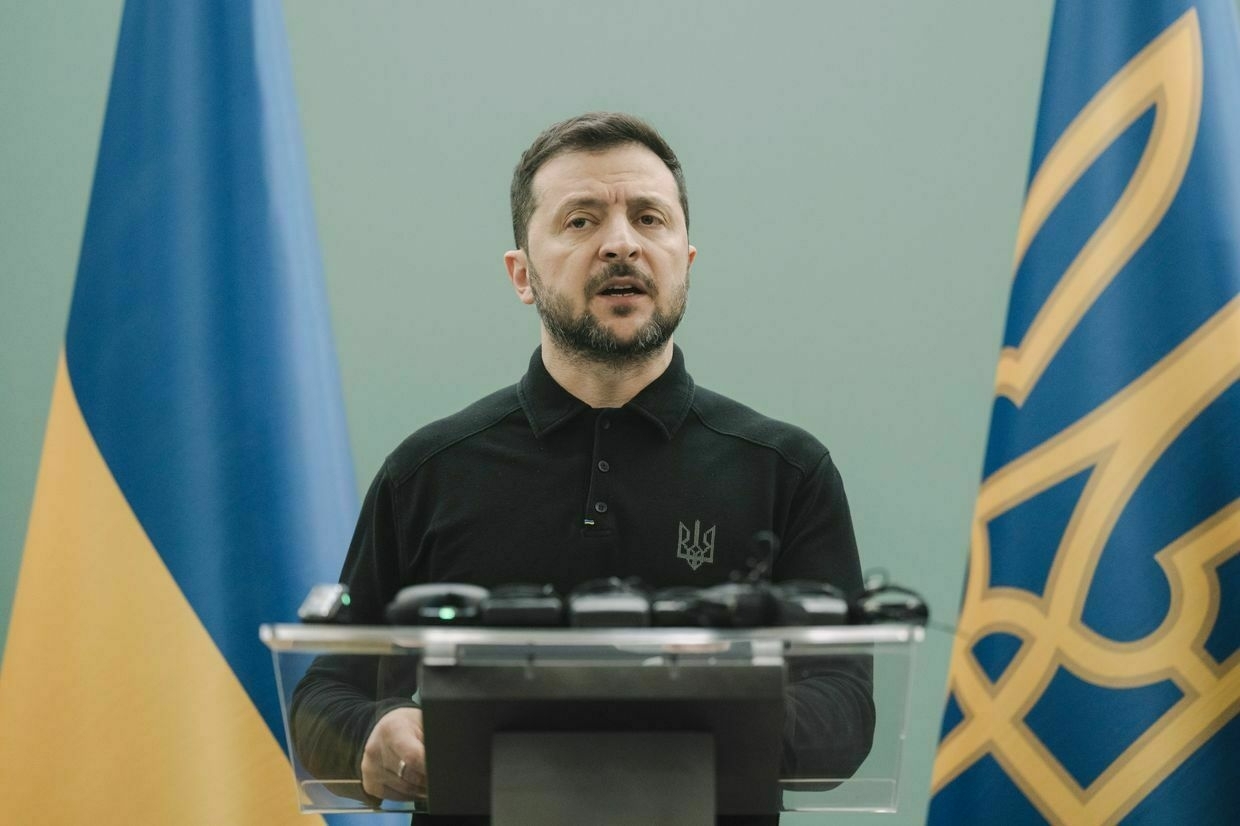
-
'Putin is stalling' — Trump 'ceasefire' call met with skepticism in Kyiv
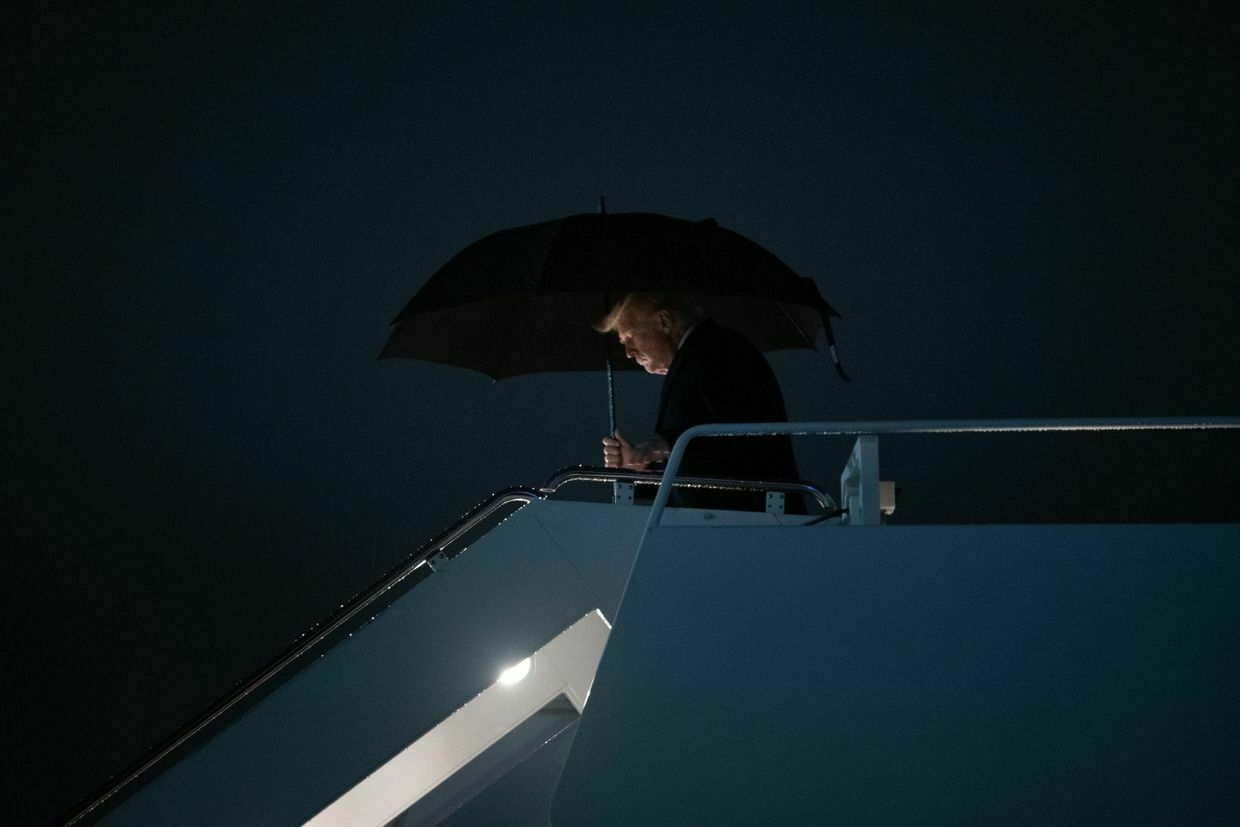
U.S. President Donald Trump said it was a “great call.” A Kremlin aide declared the world had “become a much safer place."
But in Kyiv, the reaction to the call between Trump and Russian President Vladimir Putin on March 18 has been noticeably more muted.
“Judging by the news, there is nothing to comment on,” Mykyta Poturayev, a lawmaker from the Servant of the People party, told the Kyiv Independent when asked what he thought of the announcements made after the call.
The call was ostensibly to get Russia to agree to a U.S.-proposed 30-day ceasefire, which Kyiv said it had agreed to, provided that Moscow did as well.
On March 13, Putin said Russia was ready to agree but then followed up with a list of demands that Kyiv and Washington must accommodate in order for Moscow to proceed with peace talks.
Putin once again failed to agree to the full ceasefire during the call with Trump, but the Kremlin did announce he had agreed to a limited 30-day halt on energy infrastructure strikes.
Despite this, Ukraine was hit by widespread drone attacks overnight.
It was also announced that there would be another prisoner swap, though these have occurred throughout Russia’s full-scale invasion.
While the White House has been keen to project the call as a success, Ukrainian lawmakers the Kyiv Independent spoke to saw no real progress.
“Putin is trying to pass off what he needs as Trump’s achievements.”
"It looks like they just agreed to negotiate," Yaroslav Yurchyshyn, a lawmaker from the Holos party and chairman of the parliamentary committee on freedom of speech, said.
"Putin is trying to pass off what he needs as Trump's achievements — stopping attacks on energy infrastructure or exchanging hostages — and is stalling."
Following the call, the Kremlin also reiterated its demand for a complete halt to foreign military aid and intelligence sharing with Ukraine, calling it a "key condition for avoiding an escalation of the war."
Yelyzaveta Yasko, a lawmaker from the Servant of the People party, told the Kyiv Independent that she didn't think anything of substance was announced except the prisoner exchange.
"I remain suspicious and skeptical about the signals, about the wording," she said in reference to the Kremlin's statements, adding she has "no hope" that Russia will abide by the 30-day truce on energy infrastructure attacks.
Both Yurchyshyn and Yasko believe that Trump is heading for some form of conflict with Putin as it becomes ever clearer the Kremlin has no real desire to stop the war in Ukraine.
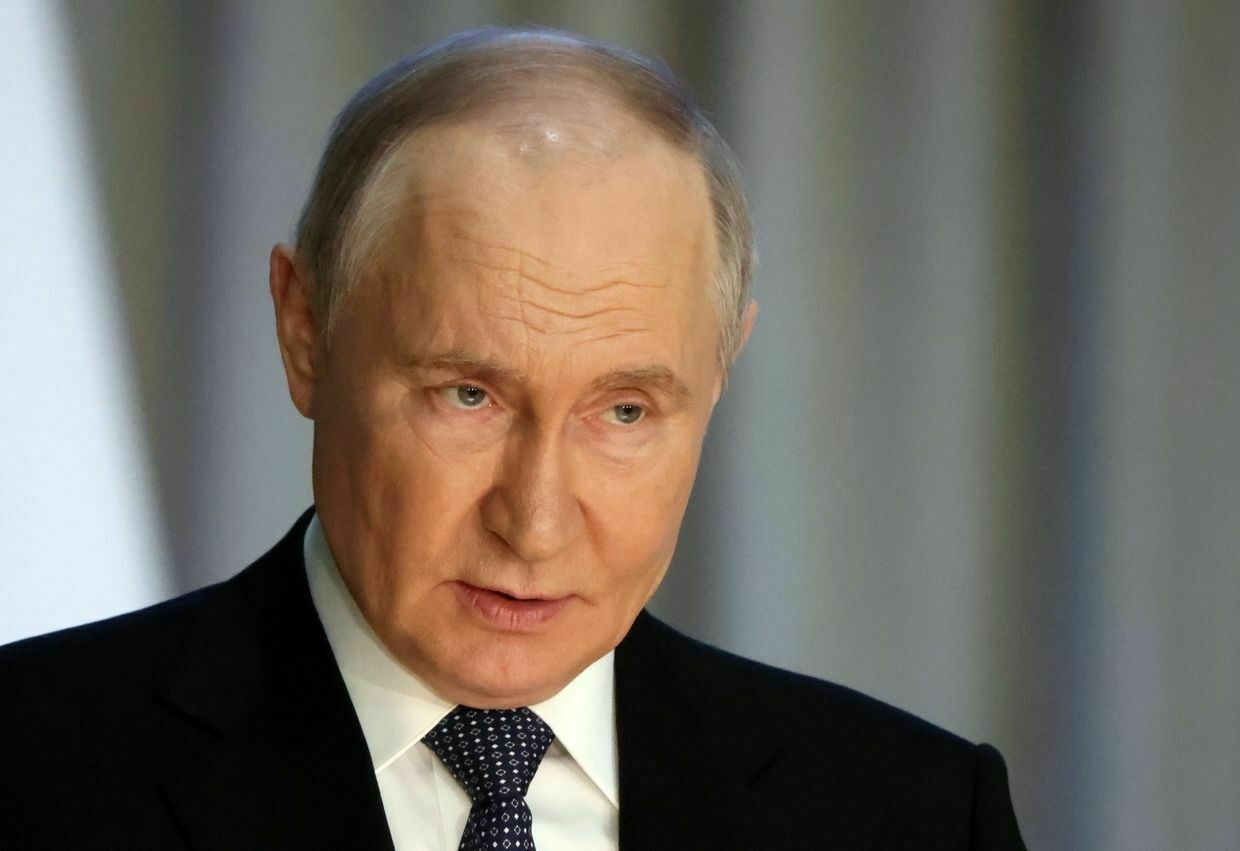
Russian President Vladimir Putin speaks at the Prosecutor-General’s Office board meeting in Moscow, Russia, on March 19, 2025. (Contributor / Getty Images) "Putin is only just starting his communications with Trump, and he's trying to get as much as he can from all these talks and conversations," Yasko said.
"I think the harsh reality of their relationship hasn't started yet."
Yurchyshyn said Trump at this stage will "pass off anything as a success," adding: "Putin will definitely try to manipulate Trump's desire to achieve something quickly."
Despite the muted response in Kyiv, the White House remained upbeat the following day.
Trump's special envoy to the Middle East, Steve Witkoff, told Bloomberg TV he was confident a full ceasefire could be reached "in a couple of weeks."
"So, lots of good things. Now, it's for the technical teams to dot the I's and cross the T's. And everybody is committed to that process," Witkoff said.
According to Witkoff, the next round of U.S.-Russia talks is set to take place in Jeddah, Saudi Arabia, on March 23, and will be led by National Security Adviser Mike Waltz and Secretary of State Marco Rubio.
He did not confirm who would make up the Russian delegation this time but said the discussions would focus on key ceasefire details.
Witkoff emphasized that achieving a full ceasefire depends on the 2,000-kilometer front line where Ukrainian and Russian forces are engaged in combat, noting that conditions vary significantly along different sections.
‘Talk about an invasion is everywhere’ — How Lithuania is preparing for war with RussiaThroughout Russia’s full-scale invasion of Ukraine, repeated and escalating warnings of the potential for a wider war have only raised fears in the Baltic states that they could be next in the crosshairs of the Kremlin. Talk about a potential Russian invasion is “very common at parties, gatherings,…The Kyiv IndependentYuliia Taradiuk
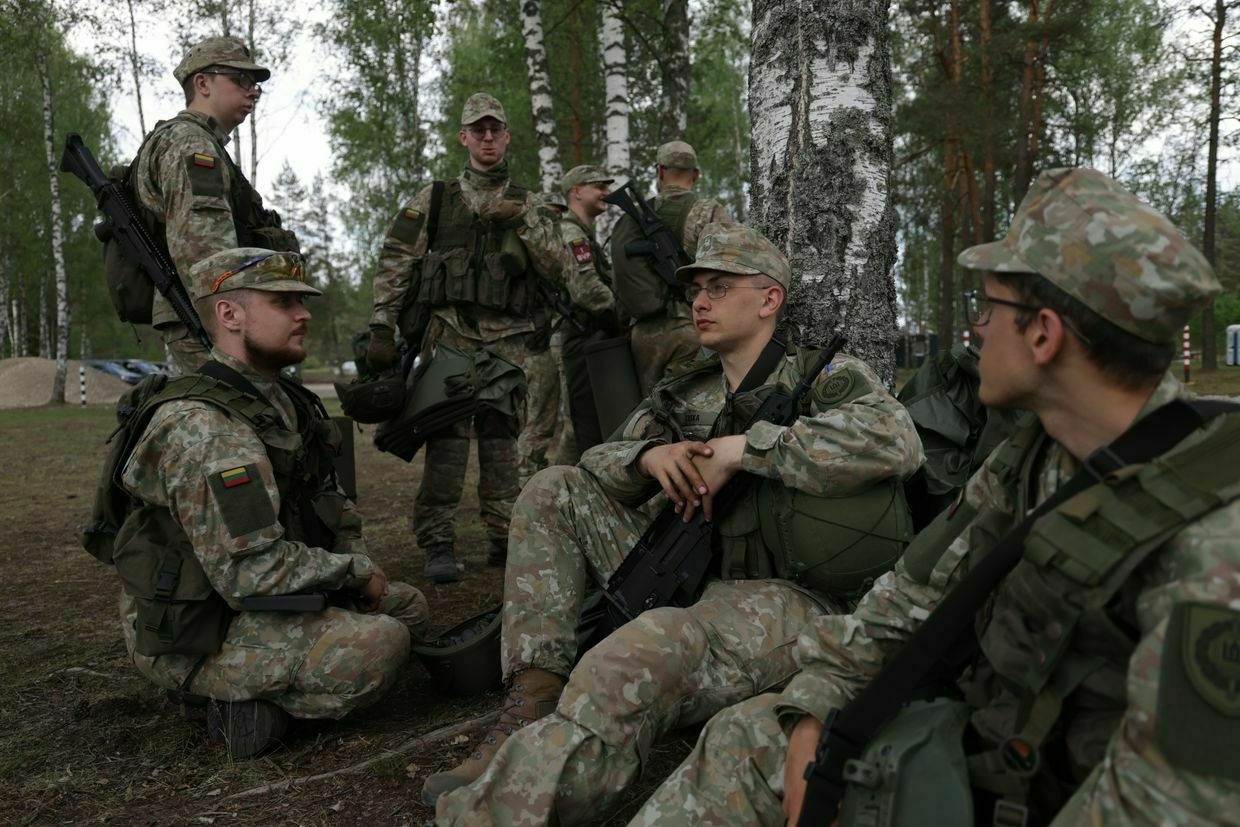
-
Zelensky agrees to halt strikes on Russian energy infrastructure during call with Trump, Bloomberg reports
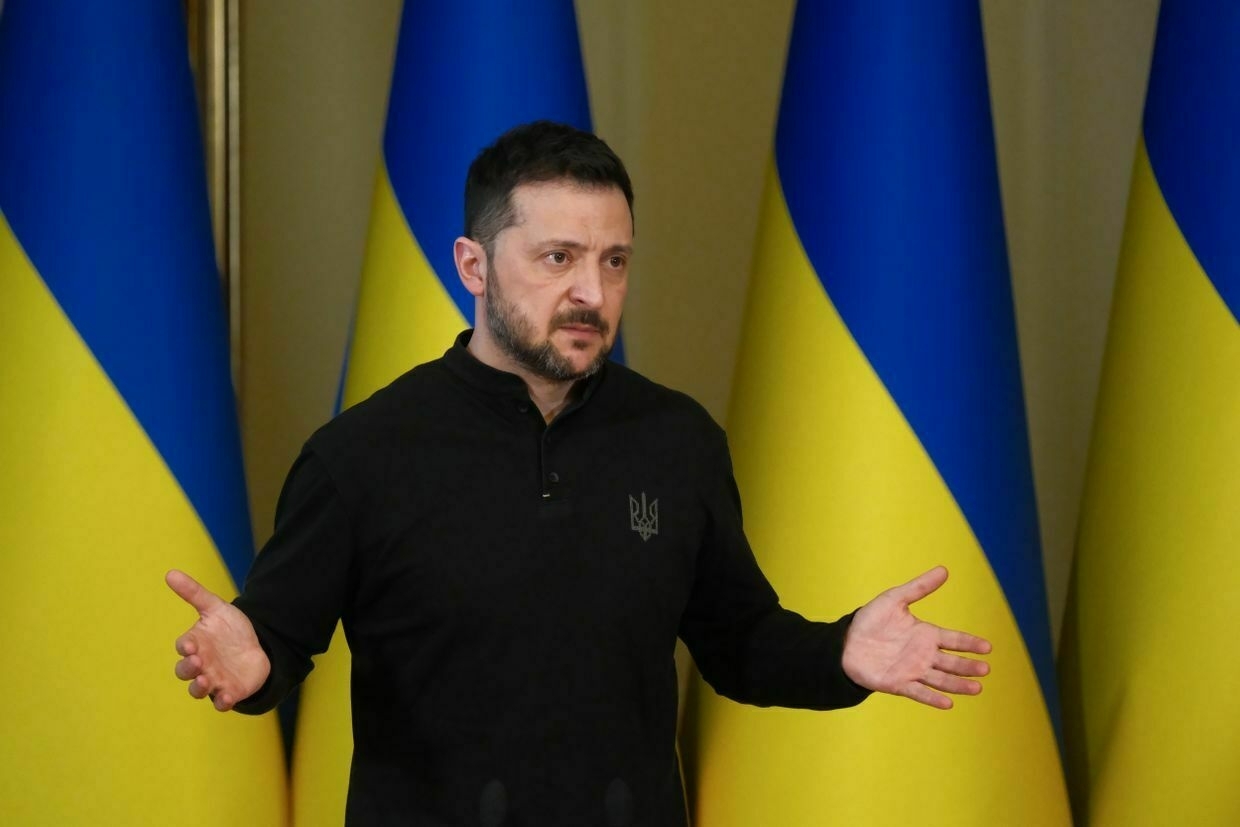
Editor’s note: This story is being updated.
President Volodymyr Zelensky agreed to stop strikes on Russian energy infrastructure during a phone call with U.S. President Donald Trump, Bloomberg reported on March 19, citing an unnamed source familiar with the situation.
The call between Trump and Zelensky came a day after the U.S. president spoke with Russian President Vladimir Putin on the phone.
Following the call, Putin announced he had agreed to a 30-day truce on strikes on energy infrastructure. The same night — overnight on March 19 —Russia carried out a large-scale drone attack that targeted energy infrastructure and other facilities.
Trump’s push for regime change in Ukraine has only boosted ZelenskyThe debate over Ukraine’s elections and future leadership is intensifying. With peace talks gaining momentum, calls for elections are growing louder, and both the Russian and American sides are questioning Ukrainian President Volodymyr Zelensky’s legitimacy. However, criticism from the Kremlin and t…The Kyiv IndependentOlena Yermakova
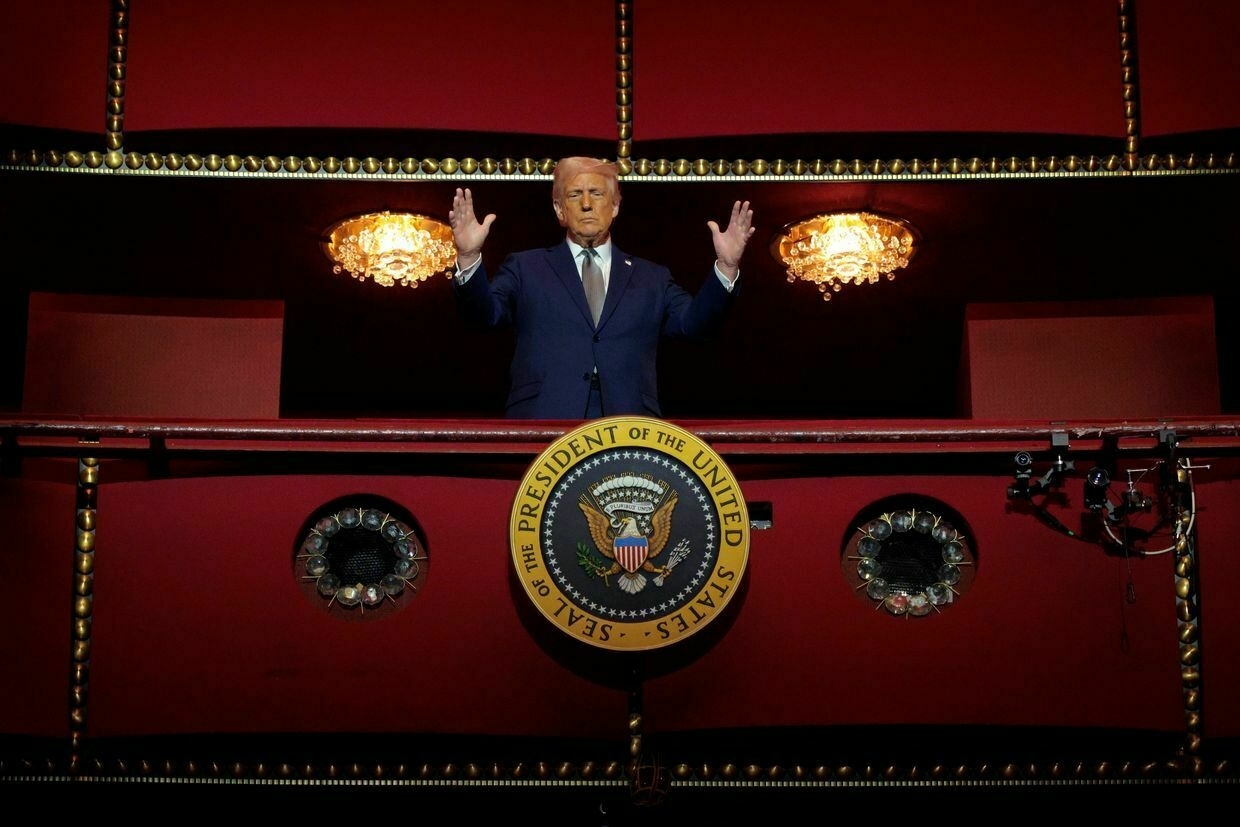
-
Success of peacekeeping forces in Ukraine hinges on deterrence

We are at a critical moment for Europe, with continental security hanging in the balance. In late February, the United Kingdom announced plans to increase defense spending to 2.5% of GDP by 2027. U.K. Prime Minister Sir Keir Starmer also recently suggested he is prepared to send British troops and aircraft to enforce an American-brokered peace deal with Russia, should Ukraine approve it.
Starmer has also called on other European leaders to place a greater emphasis on defense. But Russian Foreign Minister Sergei Lavrov has criticized these plans, warning that it would mean the “direct, official, and unveiled involvement of NATO members in the war against Russia.”
Since returning to the White House, U.S. President Donald Trump has reopened a dialogue with Russia. He has publicly stated that Russian President Vladimir Putin could dictate the terms of any emerging peace deal, given Russia’s significant territorial gains since February 2022.
As part of his broader effort to restart diplomatic ties with Moscow, Trump believes he can negotiate a deal to end the war. Whatever form this takes, Ukraine must feel that it is beneficial. The U.K. and other European nations must step up; Europe is their continent. They must be prepared to send troops to Ukraine to reassure Kyiv and deter future Russian aggression. However, the key issue is the potential for misunderstanding or neglecting the level of engagement required.
The mere presence of peacekeeping troops on the ground in Ukraine, potentially near a contested border, would not be enough to deter the Kremlin. A more robust force is necessary. Ukraine and its allies can only guard against potential Russian aggression if the Kremlin fears the consequences of launching another attack.
“The mere presence of peacekeeping troops on the ground in Ukraine, potentially near a contested border, would not be enough to deter the Kremlin.”
Ideally, the U.S. would serve as the ultimate “backstop,” as Starmer has requested from Trump. But what if America refuses? This would be a significant setback, but it should not dissuade Europeans from stepping up. They have the means, which could be bolstered with financial support; what they seem to lack is the will. Britain is the country most likely to strengthen their resolve.
If European forces are deployed, a mere peacekeeping force would not suffice. Would Russia truly fear lightly armed peacekeepers? Even after three years of war and the depletion of its forces, Moscow would not take such a force seriously. This could even provoke further aggression, potentially leading to a serious crisis down the road.
For this reason, nuclear deterrence must be part of the answer. It is the ultimate — and arguably the only — sustainable way to ensure long-term deterrence against Russian belligerence. While the U.K.’s nuclear deterrent is smaller than Russia’s, it still has the capacity to devastate Russia’s major population centers. If France is willing to help lead the coalition, it would add additional nuclear capability, with both greater firepower and a sub-strategic delivery system.
But nuclear deterrence alone is not enough. It must be backed by a sufficient number of forward-deployed conventional forces so that Russia has no illusion that Britain and other European countries would be unable to disengage if it invades again.
Moreover, a strong focus on bolstering naval and air capabilities across Europe would enhance the continent’s ability to defend itself on multiple fronts and strengthen the reassurance force in Ukraine. Alongside this, there is a need to improve the Ukrainian Armed Forces' ability to protect their country. Investing in technology, equipment, and strategy will all shape how the forces operate. This is critical for deterring Russia.
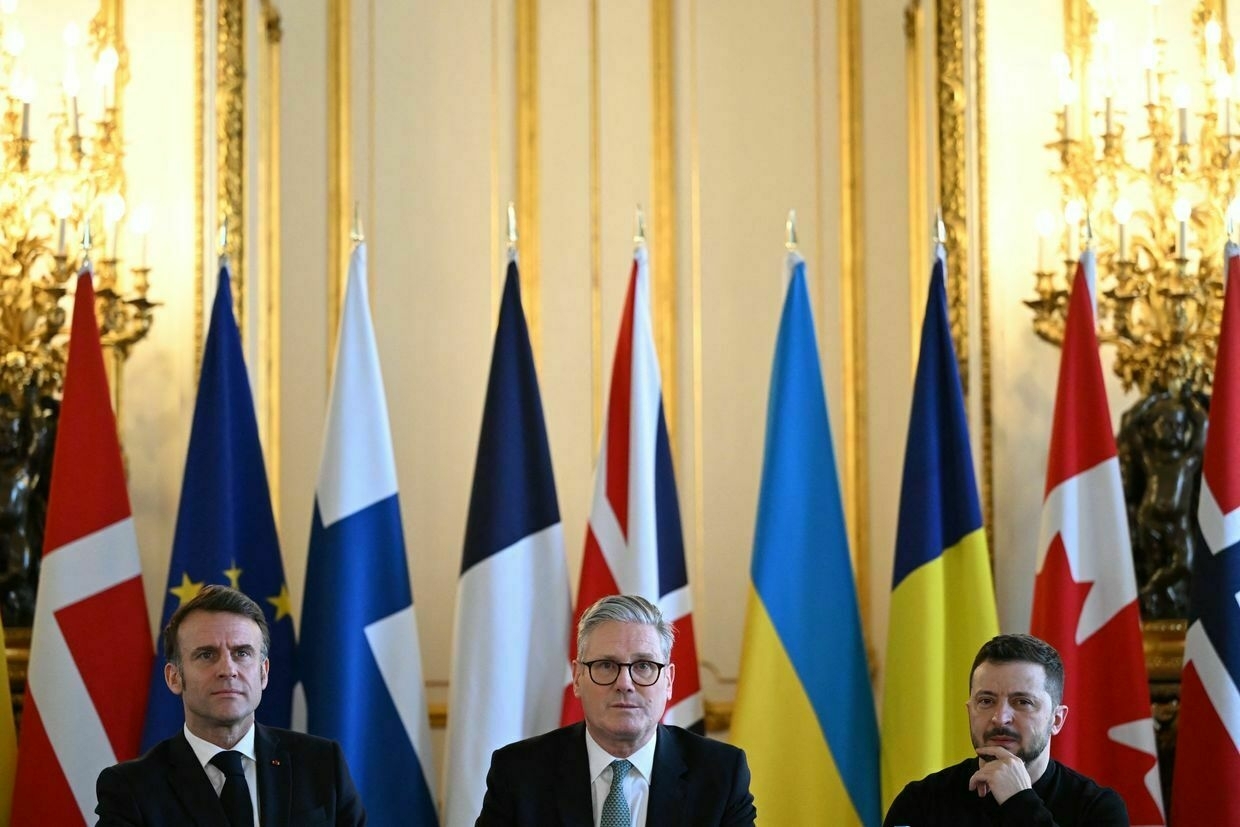
French President Emmanuel Macron, British Prime Minister Keir Starmer, and President Volodymyr Zelensky meet at Lancaster House in London on March 2, 2025. (Justin Tallis / Pool / AFP via Getty Images) Narrative projection is also essential. Through clear, resolute, and strong messaging, leaders across Europe can outline the consequences of any future invasion and the restarting of the war. Alongside allies, including French President Emmanuel Macron, Starmer must maintain an unyielding stance. The Kremlin must understand that Europe stands united against any resumption of war on the continent.
Finally, Europe needs to outline the escalatory steps it would take if confronted by Russian action. While this should not be too tactical, the Kremlin must not be left with the impression that a new offensive would go unchallenged. Despite tough statements on sanctions, Europe has spent more on Russian energy since February 2022 than it has on Ukrainian aid. As such, British and European threats must remain credible, and nothing should be done to ease pressure on the Russian economy in the near future.
How can we achieve this? With investment. The U.K. and European countries must allocate more resources to defense and defense-related infrastructure. European governments must invest in rearming and preparing their armed forces for potential future engagement.
The situation is severe, but not insurmountable; bold leadership is required to ensure a strong defense against Russian hostility. The UK, in particular, should aim to fill any leadership void left by the U.S. Spending 2.5% of GDP on defense by 2027 is a welcome first step to ensuring broader European security. But beyond that? The goal should be 3% or even 3.5% by the end of the decade.
Russia is not a superpower in the making. The U.K. and Europe possess far greater latent strength. It is time for them to enforce peace on their own continent and rise to the challenge.
Editor’s Note: The opinions expressed in the op-ed section are those of the authors and do not necessarily reflect the views of the Kyiv Independent.
Trump’s push for regime change in Ukraine has only boosted ZelenskyThe debate over Ukraine’s elections and future leadership is intensifying. With peace talks gaining momentum, calls for elections are growing louder, and both the Russian and American sides are questioning Ukrainian President Volodymyr Zelensky’s legitimacy. However, criticism from the Kremlin and t…The Kyiv IndependentOlena Yermakova
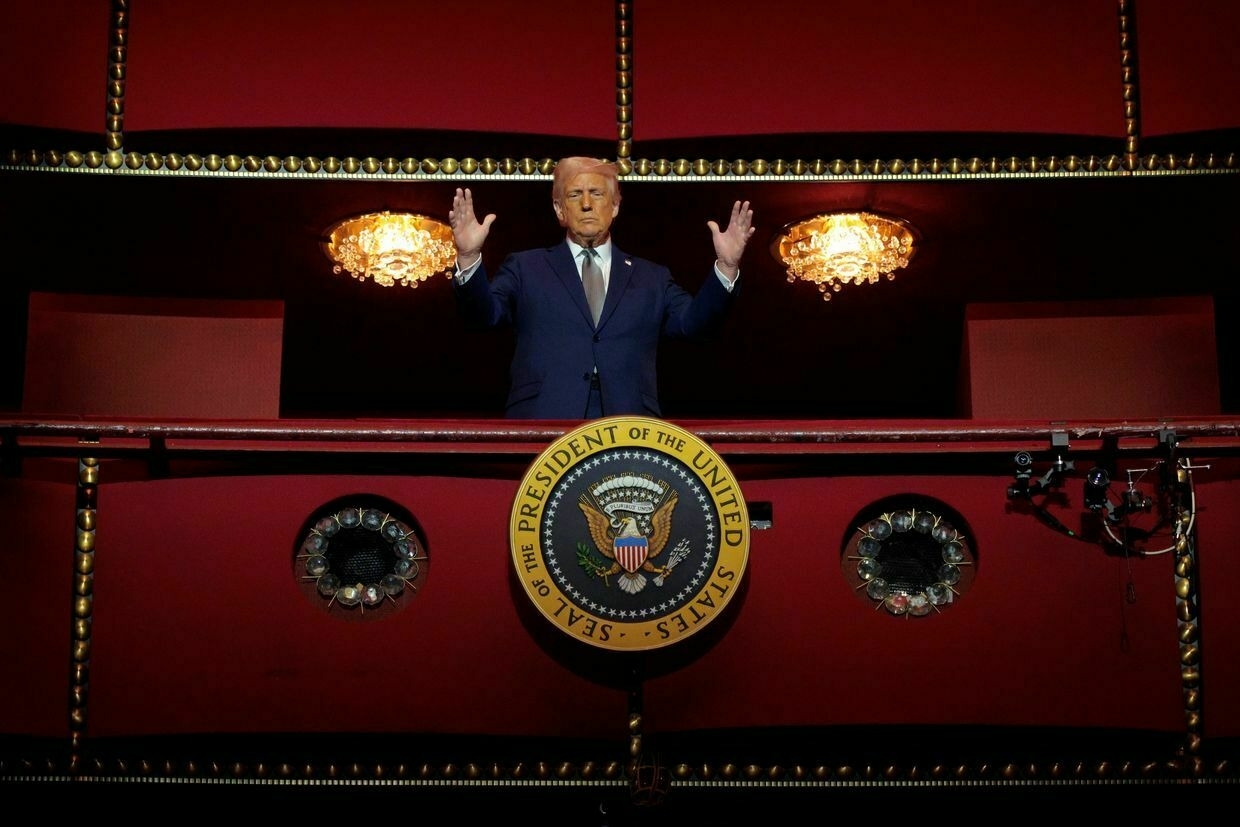
-
US, Russian officials to meet in Saudi Arabia in 'coming days,' Waltz says
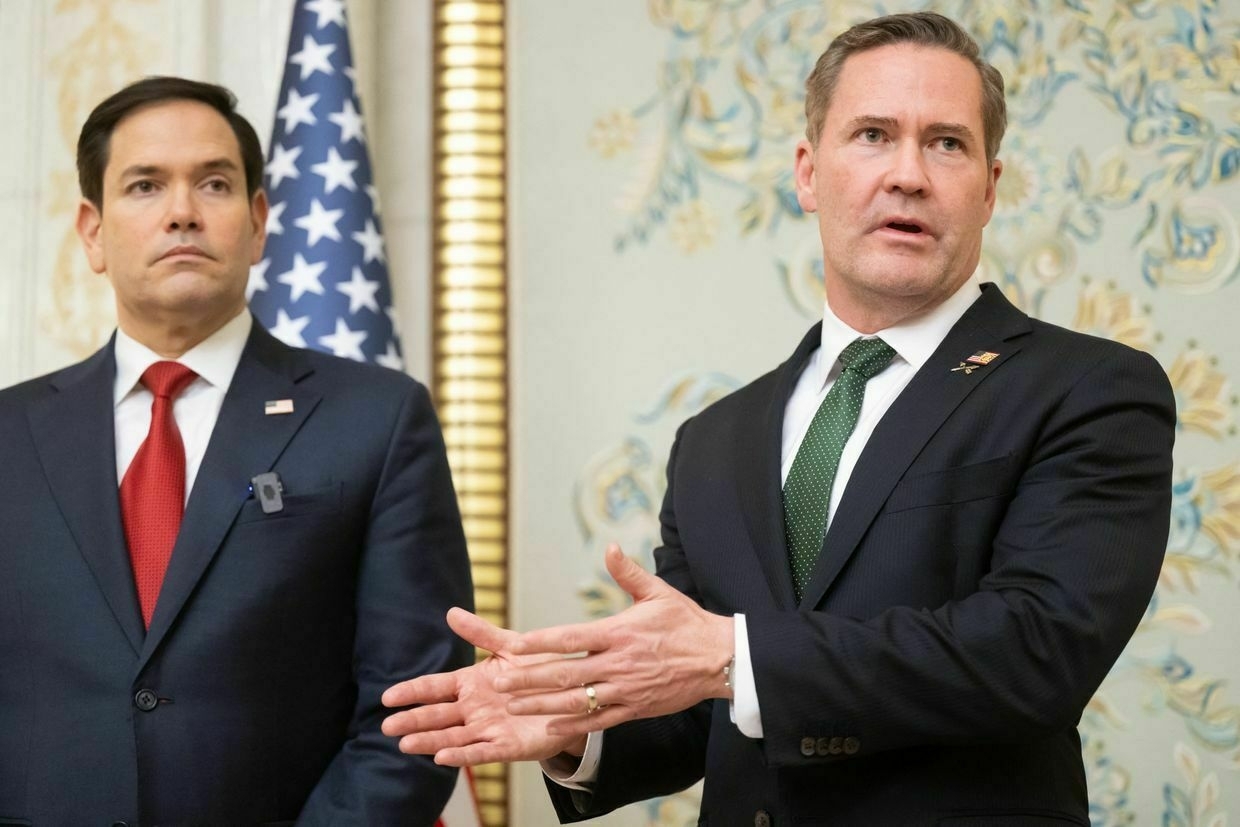
Talks between Russian and American delegations to discuss a ceasefire in Ukraine will take place in the coming days in Riyadh, Saudi Arabia, National Security Advisor Mike Waltz said on March 19 on X.
Waltz said he discussed Trump’s efforts to stop the fighting in Ukraine with Yuri Ushakov, a close adviser to Putin.
“We agreed our technical teams would meet in Riyadh in the coming days to focus on implementing and expanding the partial ceasefire President Trump secured from Russia,” Waltz wrote on X.
Waltz’s statement comes after a March 18 call between U.S. President Donald Trump and Russian President Vladimir Putin.
During the call, Putin and Trump agreed that the war needs to end with “a lasting peace,” and the first steps towards this will be an energy and infrastructure ceasefire and technical negotiations on implementing a maritime ceasefire in the Black Sea.
After the Trump-Putin call, the Kremlin agreed to a 30-day pause on energy infrastructure strikes. Despite this commitment, Russia launched a large-scale assault on Ukraine’s infrastructure overnight on March 19.
A U.S. delegation earlier met with Russian Foreign Minister Sergey Lavrov and top presidential aide Yuri Ushakov in Riyadh on Feb. 18 to initiate talks on ending the war in the first official meeting between the two sides since the full-scale invasion began. Ukraine was excluded from the discussions.
No concrete decisions were announced following the U.S.-Russia talks, but Ukraine’s exclusion from the meeting sparked alarm in Kyiv and Europe.
On March 11, U.S.-Ukraine talks took place in Jeddah, in which the two sides sought a common path toward a peace deal after weeks of tense relations.
After the negotiations with Washington, Ukraine’s Presidential Office announced that it was ready to accept a U.S. proposal for a temporary 30-day ceasefire if Russia also did the same.
Trump, Zelensky hold hour-long phone call, discuss aligning Russia and Ukraine’s ‘requests and needs,’ US president says“Just completed a very good telephone call with President Zelensky of Ukraine. It lasted approximately one hour. Much of the discussion was based on the call made yesterday with President Putin in order to align both Russia and Ukraine in terms of their requests and needs,” U.S. President Donald Tru…The Kyiv IndependentKateryna Hodunova
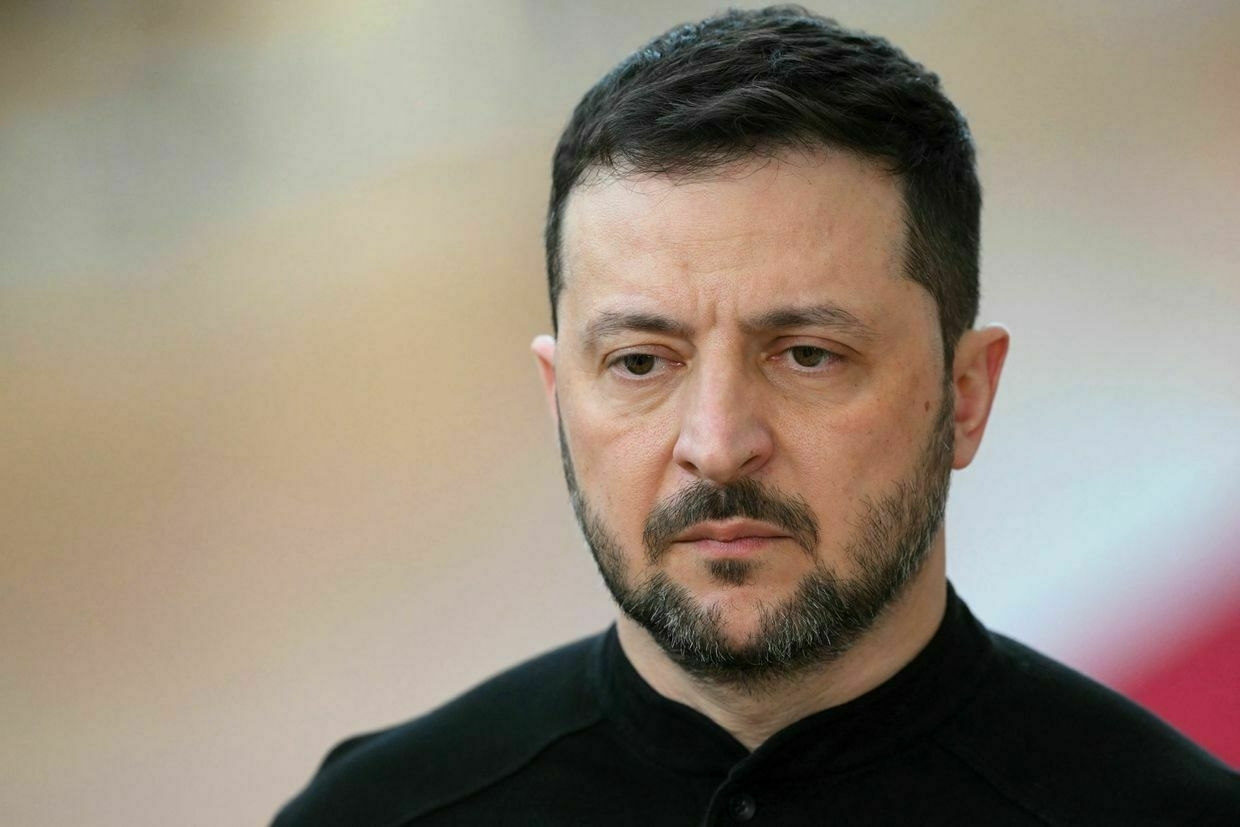
-
Zelensky holding call with Trump, White House official says
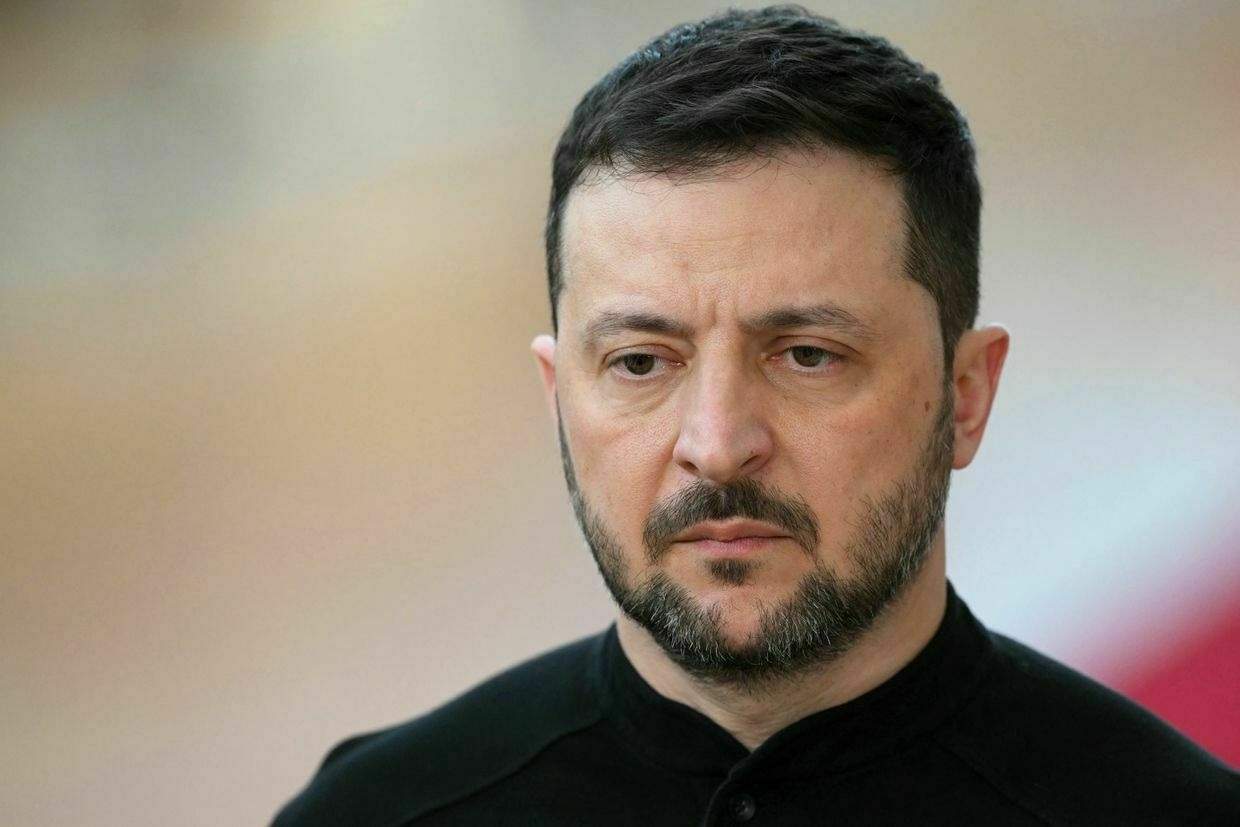
Editor’s note: This is a developing story and is being updated.
Ukraine’s President Volodymyr Zelensky and U.S. President Donald Trump are currently on a phone call, White House Deputy Chief of Staff Dan Scavino said on March 19.
“Happening now — President Trump is in the Oval Office on a call with President Volodymyr Zelensky of Ukraine,” Scavino said on X.
Zelensky’s conversation with Trump comes a day after the U.S. president held a phone call with his Russian counterpart Vladimir Putin. Trump and Putin discussed the end of the war in Ukraine, as well as the U.S. proposal for a mutual 30-day ceasefire.
Trump’s push for regime change in Ukraine has only boosted ZelenskyThe debate over Ukraine’s elections and future leadership is intensifying. With peace talks gaining momentum, calls for elections are growing louder, and both the Russian and American sides are questioning Ukrainian President Volodymyr Zelensky’s legitimacy. However, criticism from the Kremlin and t…The Kyiv IndependentOlena Yermakova
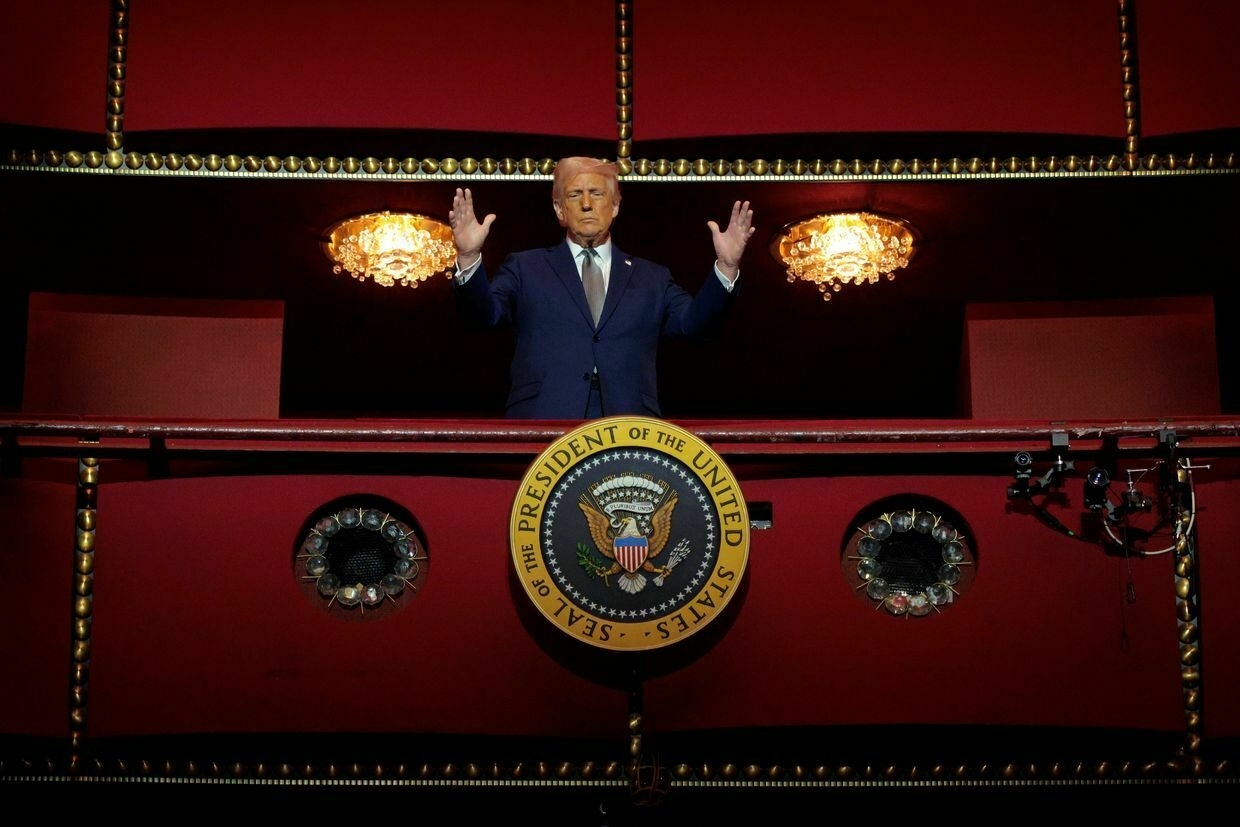
-
Ukraine denies Russian claims of thwarted attempt to invade Belgorod Oblast — here’s what we know
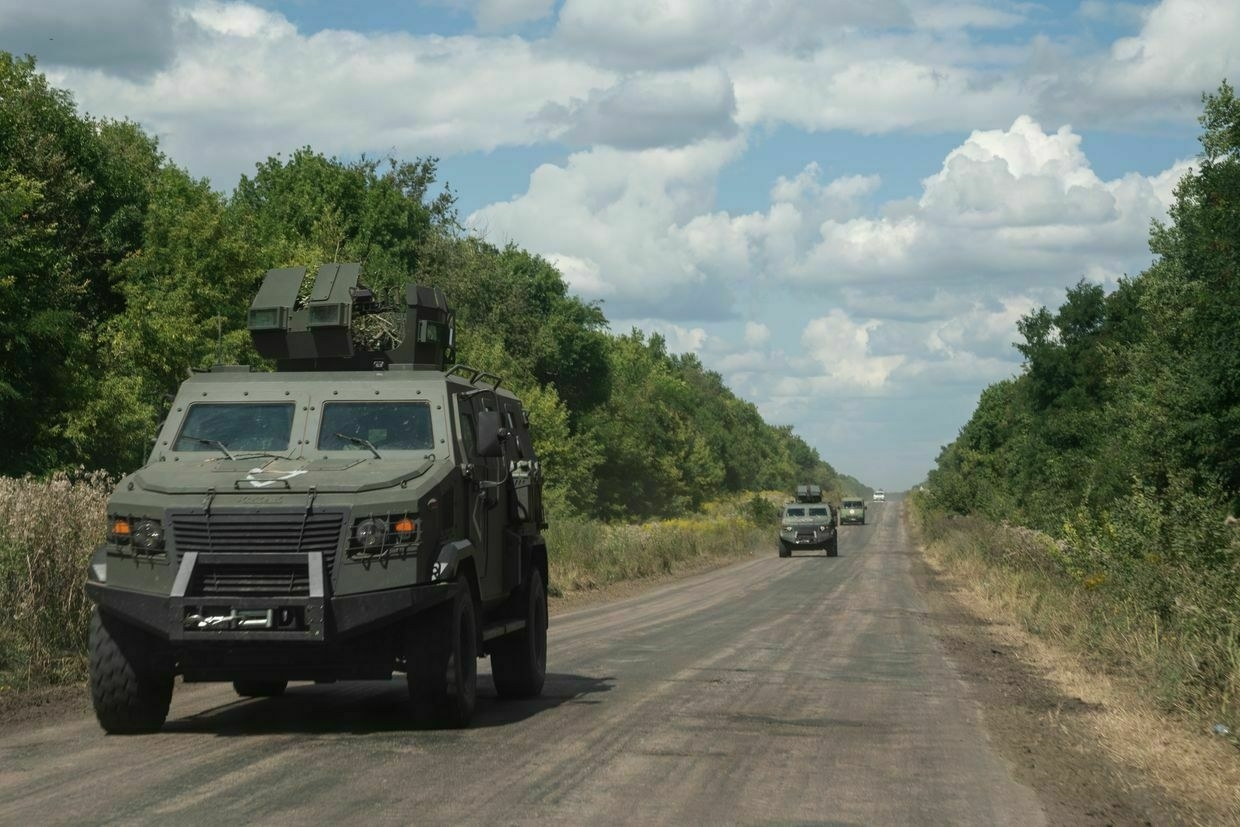
Russia’s Defense Ministry on March 18 said it had stopped a significant Ukrainian ground assault from entering Russia’s Belgorod Oblast, a claim Kyiv swiftly dismissed as a propaganda effort.
The Belgorod settlements named by Russian officials as the site of the alleged thwarted operation lie only a few dozen kilometers southeast of Sudzha, where Ukraine has almost fully retreated from the land it captured last August in the adjacent Kursk Oblast.
The Kyiv Independent was not able to independently verify either party’s claim. Here’s what we know about the situation.
Russia claims five attacks thwartedRussia’s Defense Ministry made its claims shortly after a phone call between Russian President Vladimir Putin and U.S. President Donald Trump, in which Putin agreed to halt attacks on energy infrastructure but rejected an outright ceasefire with Ukraine.
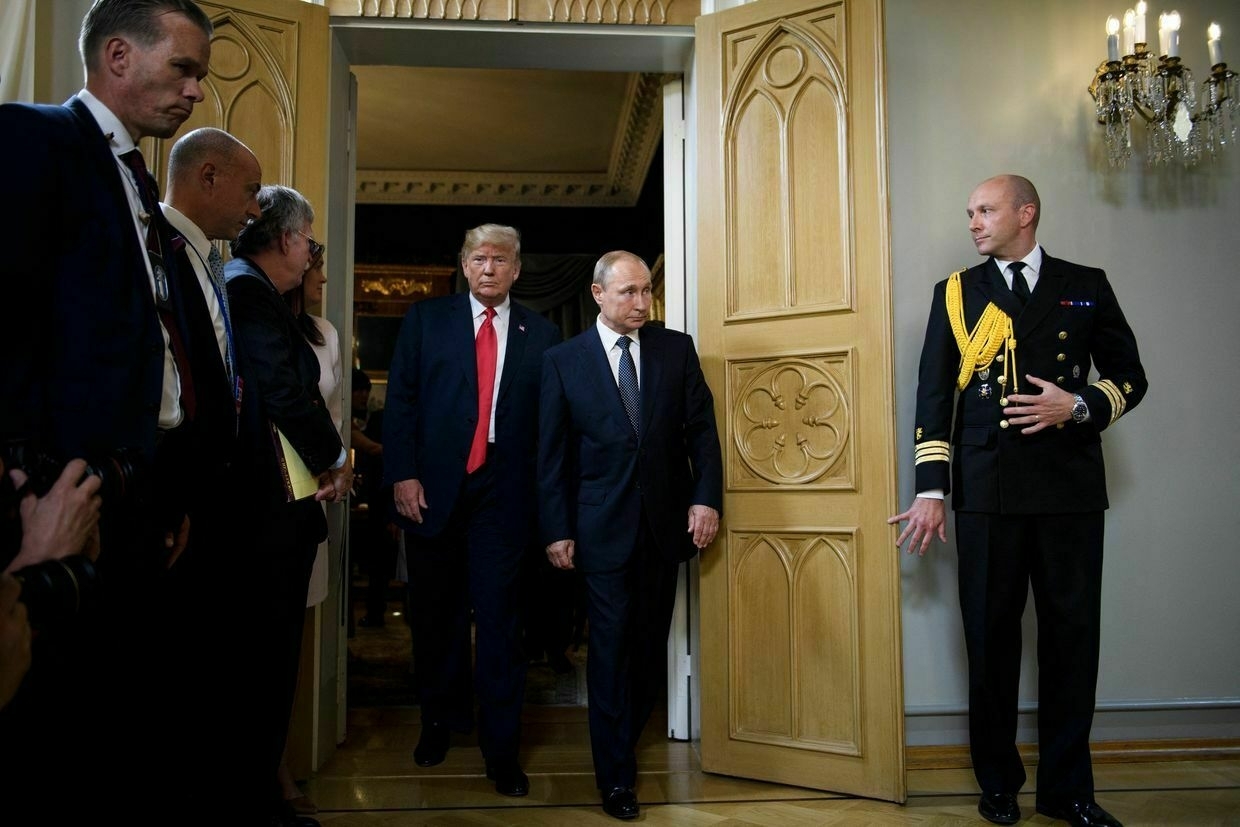
US President Donald Trump (Center L) and Russia’s President Vladimir Putin (Center R) at Finland’s Presidential Palace in Helsinki, Finland on July 16, 2018. (Brendan Smialowski / AFP via Getty Images) The Defense Ministry framed the alleged attacks as a Ukrainian attempt to discredit peace initiatives. It said the attacks involved up to 200 soldiers and were targeted at the settlements of Demidovka and Prilesye.
"A total of five attacks were carried out by the enemy during the day," the ministry said. “No crossing of the state border of the Russian Federation was allowed."
Several Russian military bloggers also reported the claims of a failed Ukrainian cross-border attempt.
“It is Putin who is dragging his feet with Trump’s proposal for a ceasefire.”
Belgorod Oblast authorities have repeatedly accused Ukraine of launching attacks against the region throughout the full-scale war.
In 2023, Ukrainian-aligned militia groups carried out a series of temporary raids into Belgorod Oblast.
Ukraine counters that Russia wants to paint Kyiv as uncooperativeAndrii Kovalenko, the head of the counter-disinformation department at Ukraine's National Security and Defense Council, rejected Russia’s claims in a post on Telegram.
Border battles using artillery have been happening "almost constantly" throughout the full-scale invasion, Kovalenko wrote, adding the latest claim was a propaganda effort to paint Ukraine as uncooperative in peace efforts.
"It’s not surprising that it’s now very beneficial for the Russians to pump up the air before Trump’s conversation with Putin. Their main information strategy is to accuse Ukraine of unwillingness to end the war, although in reality, they are attacking from the front, as well as from the air," he wrote.
"And it is Putin who is dragging his feet with Trump's proposal for a ceasefire."
At a press conference, however, Zelensky neither confirmed nor denied Ukrainian operations in Belgorod Oblast when directly asked about Russia’s claims.
"Ukraine is fulfilling its mission in the Kursk region," he said.
"We have seen a new concentration of troops on the border with Sumy Oblast. We can see what they want to do — they want to strike Sumy, Kharkiv and Zaporizhzhia oblasts. That is what we are seeing. Well, we will not let them do it so easily," Zelensky said.
A 'complex situation' at the Sumy borderThe claims added to mounting tensions in Ukraine’s Sumy Oblast, which borders Russia’s Belgorod, Kursk, and Bryansk oblasts.
On March 15, President Volodymyr Zelensky said Russia is amassing forces at the Sumy border to prepare for a new attack.
Hours after the phone call with Trump in which Putin agreed to stop targeting energy infrastructure for 30 days, two hospitals within Sumy Oblast were among targets struck by Russian drones.
In response, Zelensky said the attacks were evidence that "Putin de facto rejected the proposal for a complete ceasefire."
Residents in Sumy’s vulnerable border communities experience multiple attacks per day. With the situation at the border escalating, Sumy Oblast’s Defense Council expanded mandatory evacuations last week to include eight settlements in Sumy covering over 500 people.
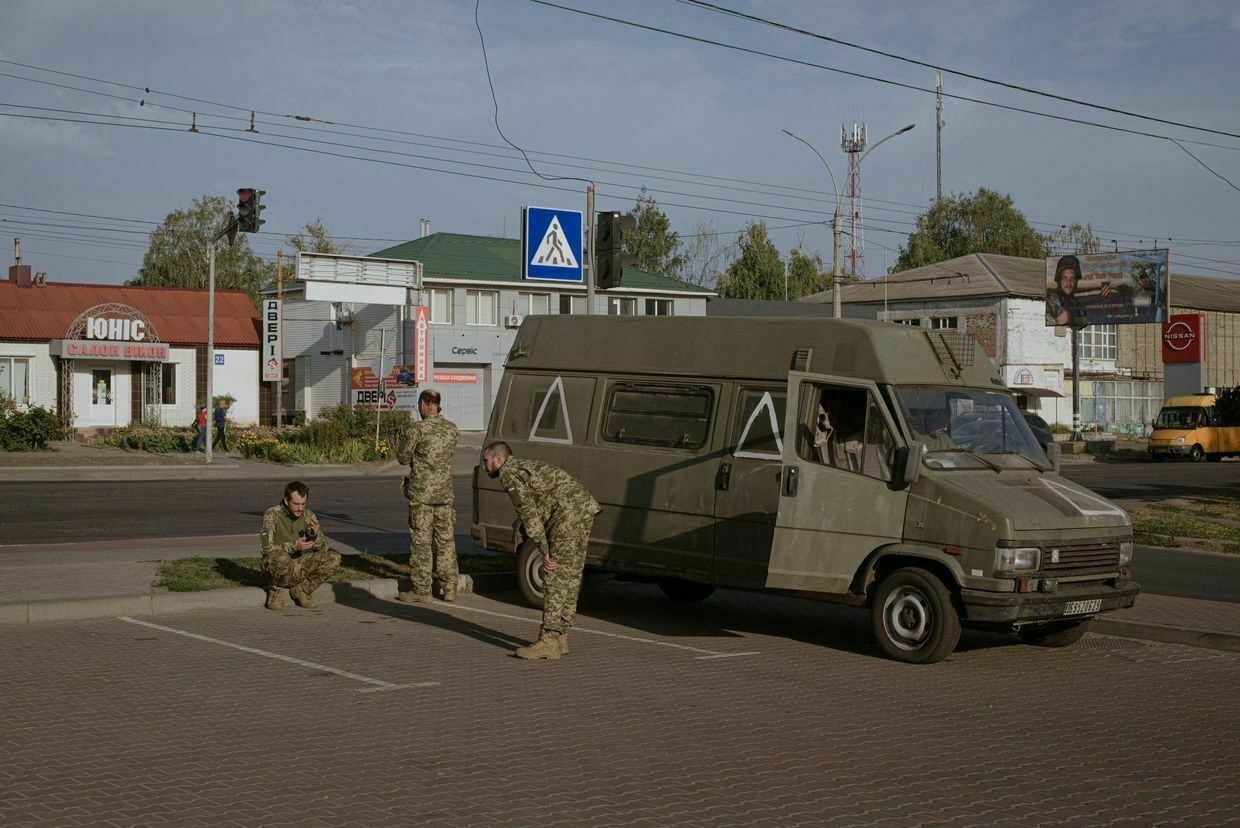
Soldiers near a military vehicle in Khotin, Sumy Oblast, Ukraine, on Sept. 13, 2024, amid the Russia-Ukraine war. (Andre Alves / Anadolu via Getty Images) In Russia, the governor of Belgorod Oblast, Vyacheslav Gladkov, acknowledged on March 18 that the situation in his region was "complex."
In a video message on Telegram, he said that villages in the Krasnaya Yaruga district — the region named by Russia’s Defense Ministry as the site of Ukraine’s attempted land attacks — had come under heavy shelling and drone strikes. In 24 hours, it had been attacked by 49 drones, 12 of which were intercepted, he claimed.
His message did not include claims of an attempt at a cross-border incursion.
‘Talk about an invasion is everywhere’ — How Lithuania is preparing for war with RussiaThroughout Russia’s full-scale invasion of Ukraine, repeated and escalating warnings of the potential for a wider war have only raised fears in the Baltic states that they could be next in the crosshairs of the Kremlin. Talk about a potential Russian invasion is “very common at parties, gatherings,…The Kyiv IndependentYuliia Taradiuk
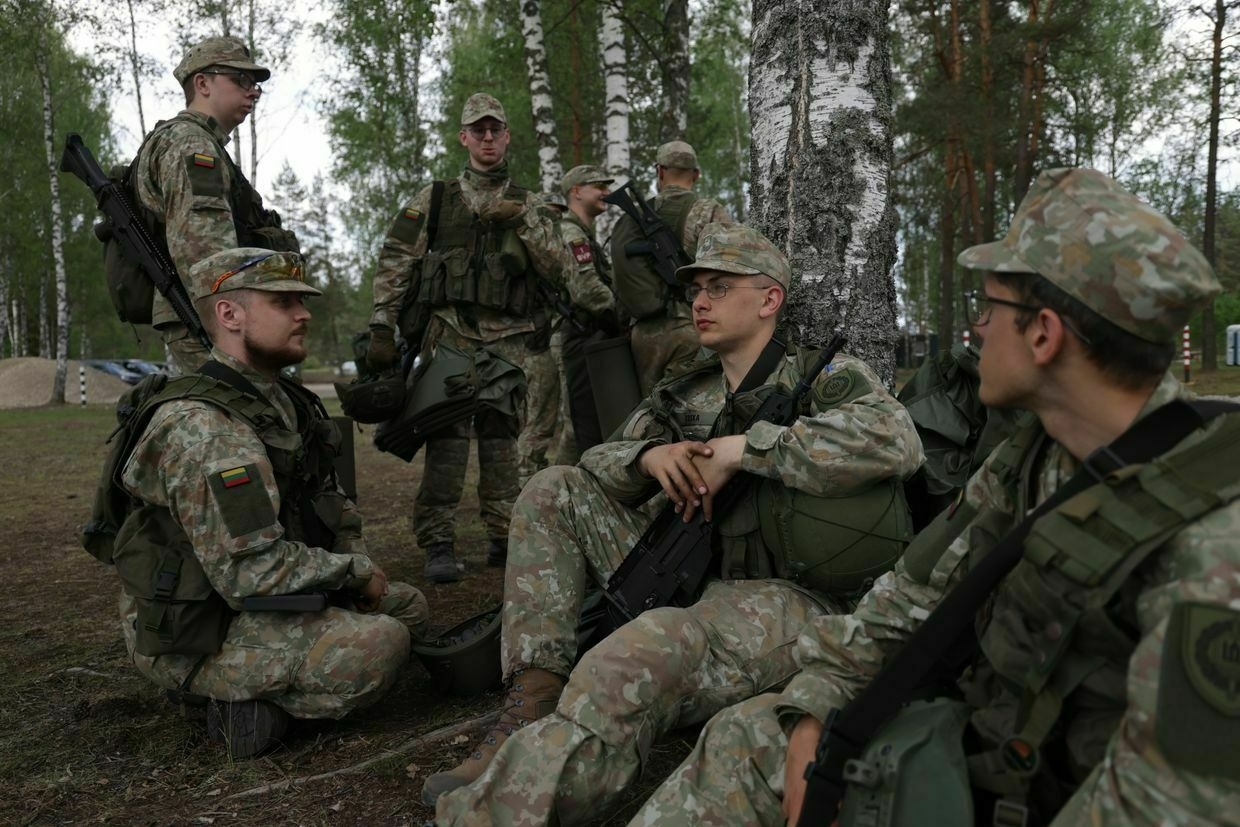
-
Daily Tactical Update (DTU), Ukrainian TVD Day 1119
Daily Tactical Update (DTU), Ukrainian TVD Day 1119: The period of March 17-18, 2025, was marked by significant Russian territorial gains, particularly in Kursk Oblast. These gains were balanced by continued Ukrainian resistance and offensive capabilities. The high casualty rates and extensive infrastructure damage underscored the war’s continued intensity.
If fully implemented, the partial ceasefire agreement on energy infrastructure attacks represents a notable diplomatic development, though it falls short of a comprehensive resolution. The strategic landscape remains complex, with both sides maneuvering for military advantage while engaging in high-stakes diplomatic negotiations that will shape the conflict's future and the broader geopolitical environment.
Thanks for reading Ukraine Conflict Monitor! Subscribe for free to receive new posts and support my work.
Report prepared by Jomini of the West.
Toretsk-Nui York Area of Operations: OTU Luhansk demonstrated superior effectiveness in its initial assault to retake Toretsk, which began on February 25. This is evidenced by the swift and brutal attack led by elite Ukrainian units, particularly the Lyut brigade, which overran the exhausted Russian defenders, setting the tone for the entire operation. While Russian forces have implemented defensive measures and counter-strikes, they have struggled to match the effectiveness of the Ukrainian operations. The effectiveness of the Ukrainian counterattack puts pressure on Russian military leadership. The need to defend Toretsk while maintaining operations elsewhere may force a reevaluation of Russian military objectives and resource allocation.Luhansk Front: A Ukrainian soldier stated that the situation in the Lyman and Siversk directions has become more challenging. The Russians managed to capture the dominant heights in the Bilohorivka area, allowing them to conduct artillery attacks on Ukrainian units in the Serebryansky forest. From the Bilohorivka side, the Russians are also attempting to break through to Hryhorivka, but they have been unsuccessful so far. A soldier added that the Russians' plan is clear. It is possible they will soon focus their efforts on the Lyman direction (Yampolivka - Torske), with total artillery control from Bilohorivka and Kreminna, aiming to push Ukrainian troops out of the Serebryansky forest beyond the Siversky Donets River, which in turn will pose a threat to Siversk.
Donetsk Front: A Russian source asserted that on Monday, 17 MAR, meeting engagements took place in Uspenivka, which was evenly controlled by Russian and Ukrainian units. Southwest of Nadiivka, Russian forces launched an attack toward Kotlyarivka and engaged in fighting in the eastern part of Preobrazhenka. Major Viktor Trehubov reported on Monday (17 MAR) that the Pokrovsk axis is once again the most active on the Donbas front, with the highest number of combat engagements recorded there. Trehubov stated that recent developments have shown that Russian reserves are not unlimited since they are increasingly attacking with less heavy equipment.
Southern Strategic Direction: On Monday, March 17, geolocated footage indicated that Russian forces were expanding their zone of control along the Novosilka-Pryvilne line to 2 km and establishing new positions south of Pryvilne. In the Orikhiv axis, a Russian source reported that units from the 7th Mountain Airborne Assault Division had fully captured Stepove, Mali Shcherbaky, and Shcherbaky. Deep State asserted on Tuesday, March 18, that the Russians have been trying to break through the Pyatykhatky-Mali Shcherbaky line since the beginning of the month. In early March, the 108th Guards Air Assault Regiment (Kuban Cossack), after receiving reinforcements, began assaulting the ZSU's positions near Mali Shcherbaky. However, due to poor coordination among Ukrainian units in the area, it was difficult to determine where and how far the Russians had advanced. Recently, the Russians have been attacking Pyatykhatky, making a concerted effort to capture the village completely. Russian fighters were also observed in Stepove, attempting to secure a foothold along the road. So far, Ukrainian forces have managed to hold back the Russian offensive with artillery and other fire support, but the situation is becoming increasingly challenging.
Black Sea Theater of Military Action (OTMO): Captain 3rd Rank Dmytro Pletenchuk, spokesperson for the Ukrainian Navy, reported that Russian ships have been absent from the Black Sea for five days, while their absence in the Sea of Azov extends to months. Pletenchuk attributed the lack of the Russian fleet to the ‘influence’ of the Ukrainian Neptune cruise missile. The latest version of the missile can strike targets up to 1,000 kilometers away. He also noted that while it was originally designed as an anti-ship missile, it now functions in a mode that allows it to engage ground targets.
Trump-Putin Ceasefire Negotiations: Presidents Trump and Putin held an hour-and-a-half-long conversation today in which Putin agreed to a partial 30-day ceasefire. This still falls short of the quick ceasefire Trump wants, and the long term-settlement Putin desires to impose on Ukraine. The ceasefire favors Russia more than Ukraine. In the coming days and weeks, we will see how much weight this proposal actually holds in its implementation and its ability to lead to more substantive negotiations.
Operational Outlook: The Ukrainian Armed Forces will complete their withdrawal from the Kursk Oblast and transition to a defensive posture throughout Sumy Oblast as they reconstitute forces for future operations. In the Pokrovsk and Toretsk areas, the UAF will continue localized counterattacks to improve tactical positioning. Further gains are possible. Russian forces may complete their efforts to push Ukrainian troops out of Kursk Oblast. In Luhansk, the 6CAA and 1GTA will seek to stabilize the situation north of Kupyansk to retain the viability of the Oskil Salient. In the Pokrovsk and Toretsk areas, Russian forces will continue to seek opportunities to reverse Ukrainian gains. Russian advances in Zaporizhzhia are likely but not certain.
This open-source operational summary of the Ukrainian TVD is based on information from ZSU and VSRF daily operational briefs, various Ukrainian and Russian Telegram Channels, Western intelligence agencies' public statements, military analysts, and my professional experience. Any errors in the information and translation presented here are my own and will be corrected in the following update.
Thanks for reading Ukraine Conflict Monitor! Subscribe for free to receive new posts and support my work.
-
Ukraine brings home 175 prisoners of war in swap with Russia
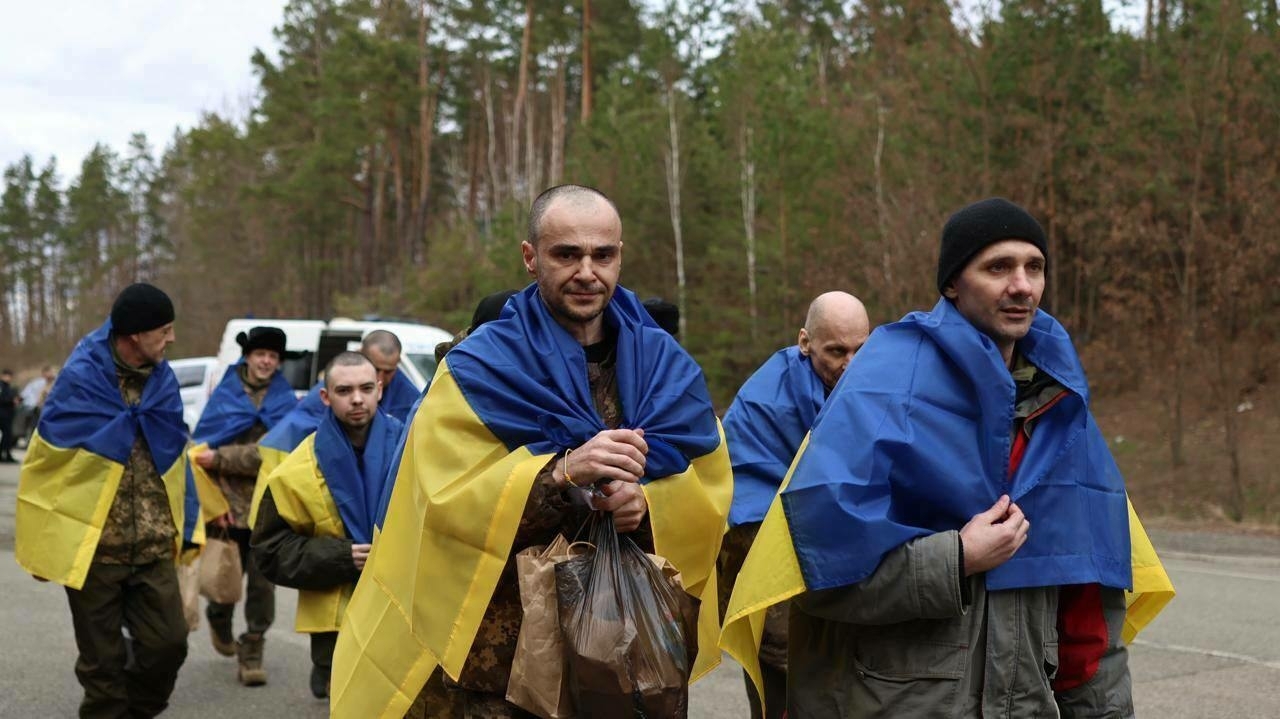
Editor’s note: This story is being updated.
Ukraine has brought home 175 Ukrainian soldiers in a one-for-one prisoner exchange with Russia, President Volodymyr Zelensky announced on March 18.
Another 22 Ukrainian service members returned through negotiations outside of the one-for-one exchange.
“This is one of the largest exchanges. Our soldiers, sergeants and officers are returning. The soldiers who fought for our freedom in the Armed Forces, Navy, National Guard, Territorial Defense Forces and Border Guard,” Zelensky wrote on Telegram.
Who is to gain more from a ceasefire — Russia or Ukraine?U.S. President Donald Trump said on March 17 that he expects to hold a phone call with his Russian counterpart Vladimir Putin to discuss a U.S.-backed ceasefire proposal that Moscow has yet to agree to. Russia has declined to immediately accept the 30-day ceasefire proposal, with theThe Kyiv IndependentOleg Sukhov
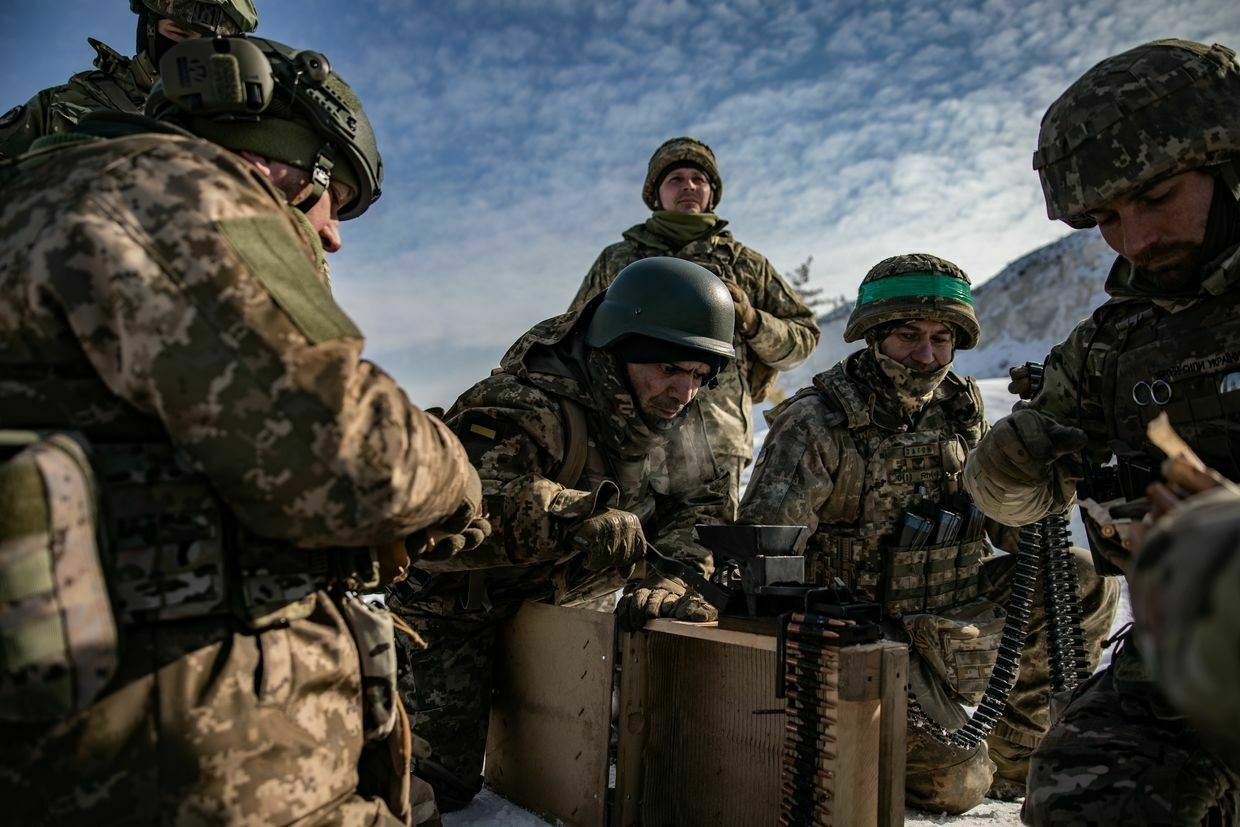
-
'Putin is playing a game here' — Germany's Pistorius criticizes Trump's ceasefire call with Moscow
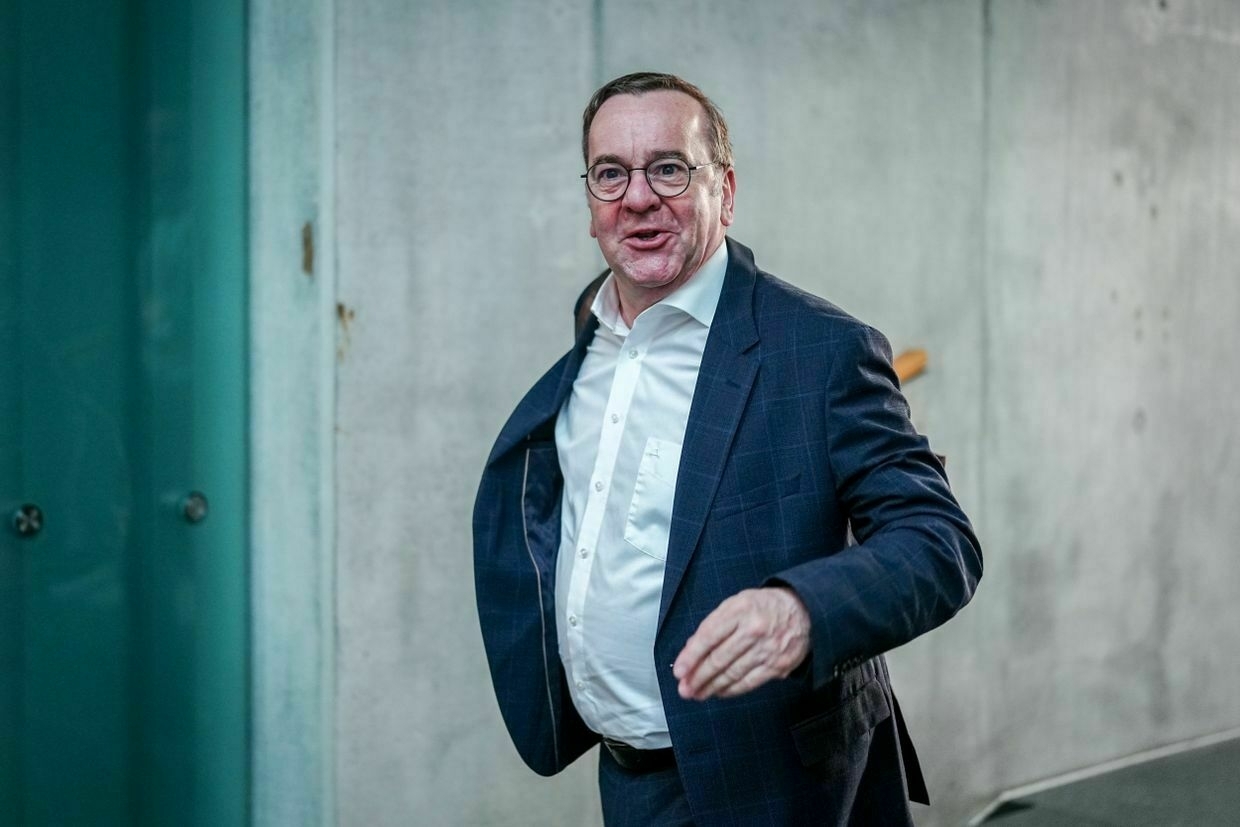
Germany’s Defense Minister Boris Pistorius on March 19 criticized the call between the U.S. and Russian presidents the day before, saying the partial ceasefire announced afterwards “doesn’t actually mean anything."
Speaking to the German broadcaster ZDF, Pistorius said the call between U.S. President Donald Trump and Russian President Vladimir Putin amounted to a “nullnummer” (a zero-zero-draw).
Despite still not agreeing to a full 30-day ceasefire proposed by the U.S., the Kremlin said it had agreed to a 30-day pause in attacks on energy infrastructure.
“After this supposedly groundbreaking, great phone call, the Russian attacks have not decreased,” Pistorius said, referencing drone strikes recorded across Ukraine overnight.
“So Putin is playing a game here, and I’m sure the American president won’t be able to stand by and watch for long without reacting,” Pistorius said, adding he believes that Putin is playing for time to regroup his troops and weaken Ukraine’s defense capability.
The Kremlin has also demanded a complete cessation of foreign military aid and intelligence to Ukraine as a “key condition for avoiding an escalation of the war,” according to its statement released after the call.
Elsewhere, current German Chancellor Olaf Scholz, standing by French President Emmanuel Macron in Berlin, welcomed news of the partial ceasefire agreement. Scholz called it an important “first step” towards a complete ceasefire, Deutsche Welle reported on March 18.
Shortly after the call, air raid sirens blared, and explosions rocked Ukraine.
Ukraine said that Moscow had launched as many as 145 attack and decoy drones, as well as six missiles, against Ukraine, of which 72 were shot down and 56 disappeared from radars.
“Today, Putin de facto rejected the proposal for a complete ceasefire. It would be right for the world to reject in response any attempts by Putin to drag out the war,” President Volodymyr Zelensky said.
‘Talk about an invasion is everywhere’ — How Lithuania is preparing for war with RussiaThroughout Russia’s full-scale invasion of Ukraine, repeated and escalating warnings of the potential for a wider war have only raised fears in the Baltic states that they could be next in the crosshairs of the Kremlin. Talk about a potential Russian invasion is “very common at parties, gatherings,…The Kyiv IndependentYuliia Taradiuk
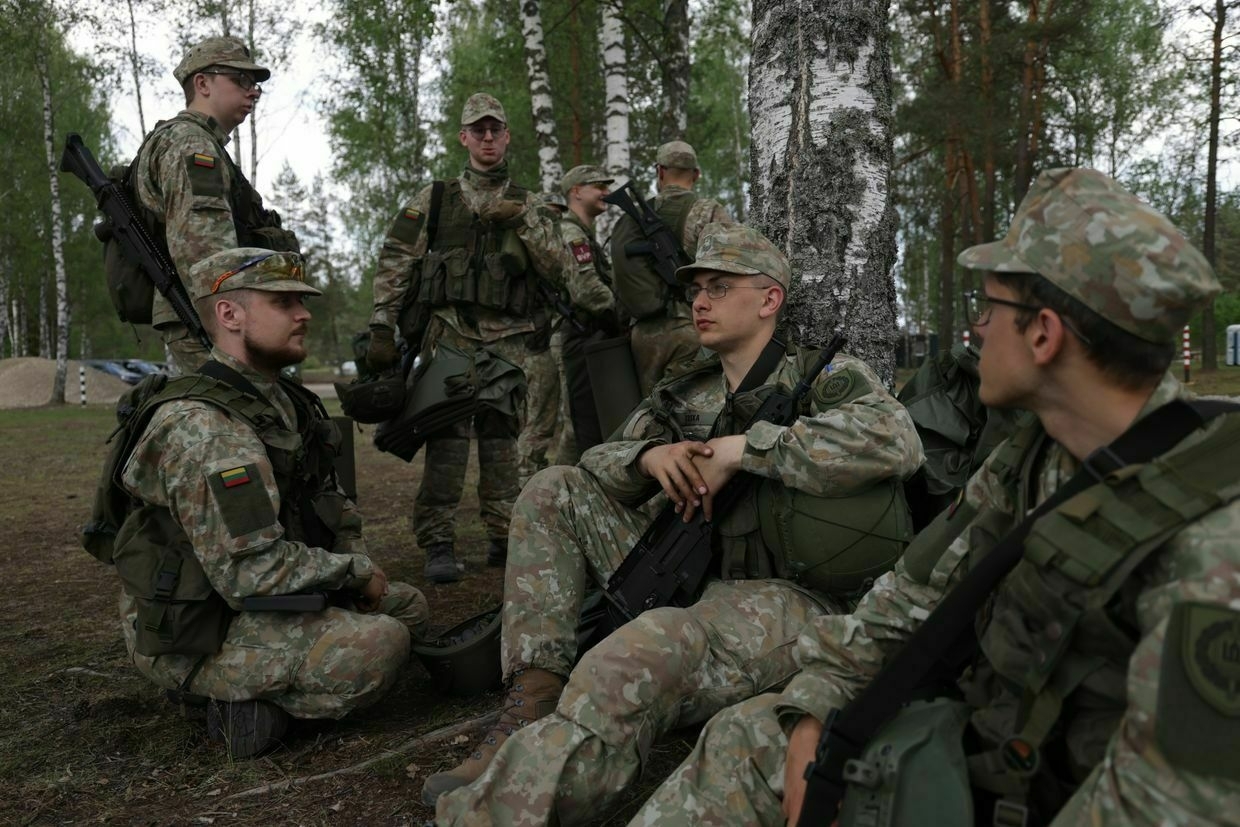
-
Ukraine ceasefire could be reached 'in a couple of weeks,' Witkoff says
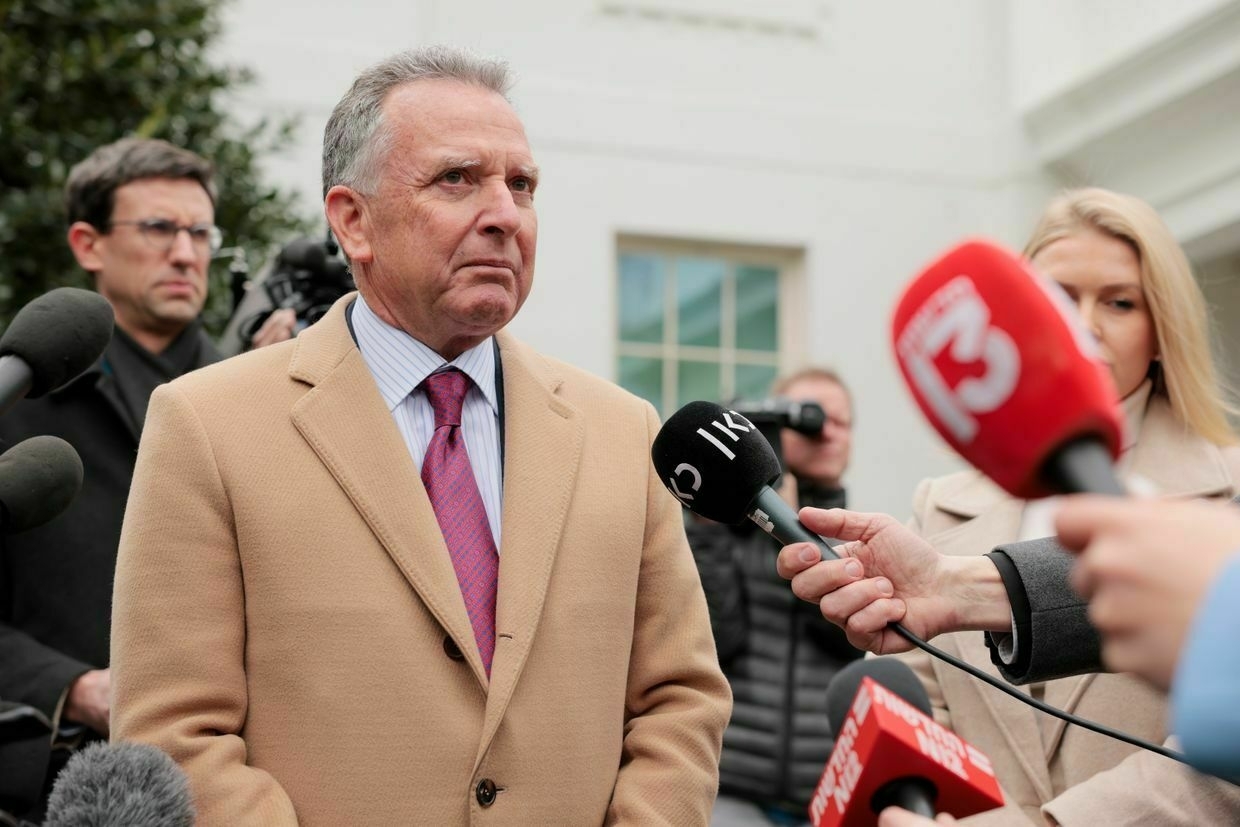
A ceasefire in Ukraine could be reached within weeks, U.S. President Donald Trump’s special envoy to the Middle East, Steve Witkoff, told Bloomberg TV on March 19.
“I actually think in a couple of weeks we’re going to get to it (a ceasefire). So, lots of good things. Now, it’s for the technical teams to dot the I’s and cross the T’s. And everybody is committed to that process,” Witkoff said.
His statement follows Trump’s March 18 call with Russian President Vladimir Putin, during which the Russian leader agreed to a limited 30-day halt on energy infrastructure strikes but did not commit to the broader U.S.-proposed ceasefire.
Following the call, the Kremlin reiterated its demand for a complete halt to foreign military aid and intelligence sharing with Ukraine, calling it a “key condition for avoiding an escalation of the war."
Witkoff emphasized that achieving a full ceasefire depends on the 2,000-kilometer front line where Ukrainian and Russian forces are engaged in combat, noting that conditions vary significantly along different sections.
Trump Jr., Witkoff, Carlson involved in secret talks with Zelensky’s rivals, Politico reportsU.S. President Donald Trump’s son, Donald Jr., news host Tucker Carlson, Trump’s son-in-law Jared Kushner, and special envoy Steve Witkoff were involved in backchannel talks with President Volodymyr Zelensky’s political rivals, Politico reported on March 18, citing undisclosed sources.The Kyiv IndependentMartin Fornusek
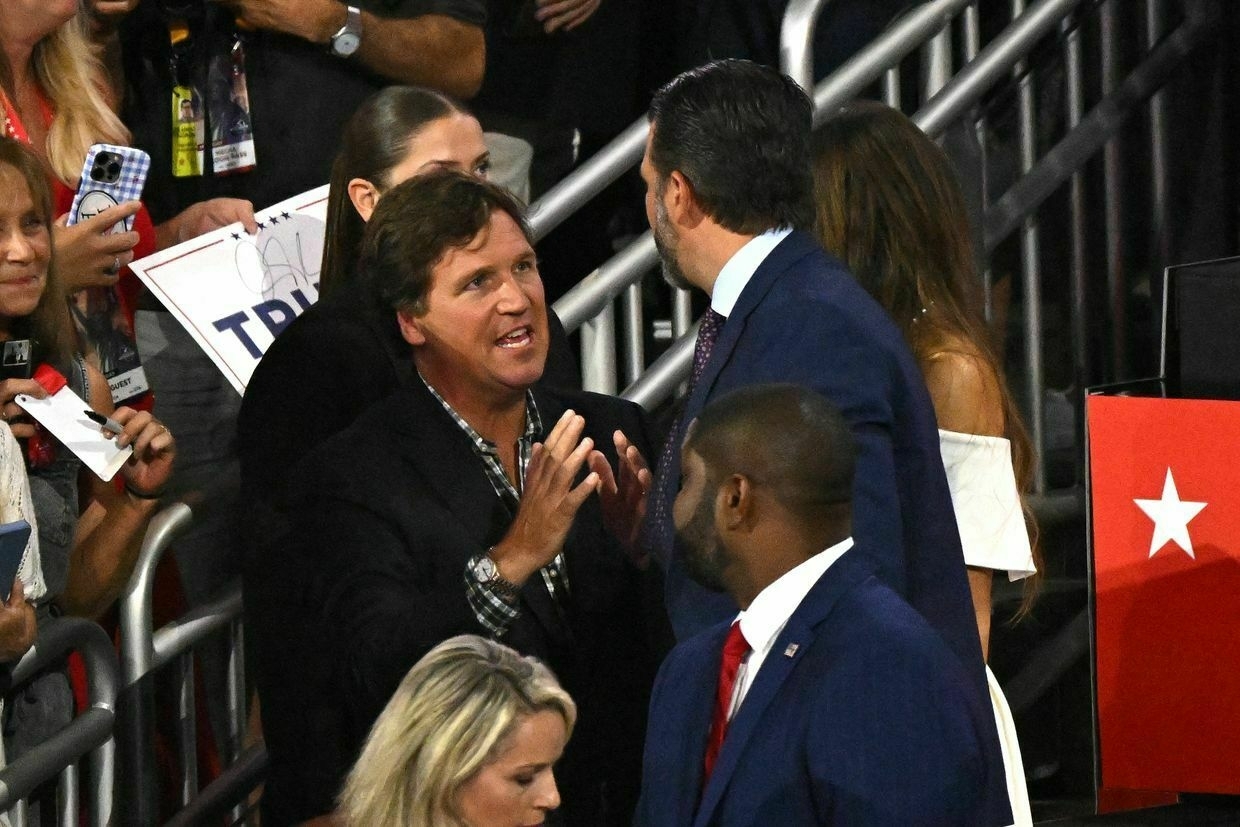
“We don’t need to have the larger, overarching discussions that have been had. It was completed yesterday between the two leaders. They (Putin and Trump) agreed on a pathway to some ceasefire conditions today and to a full-on ceasefire that will be negotiated over the coming days,” he said.
The next round of U.S.-Russia talks is set to take place in Jeddah, Saudi Arabia, on March 23, Witkoff told Fox News on March 18.
The discussions will be led by National Security Adviser Mike Waltz and Secretary of State Marco Rubio, focusing on key ceasefire details. Witkoff did not confirm who the U.S. delegation would meet with.
President Volodymyr Zelensky said on March 19 that the next meeting in Saudi Arabia could focus on discussing a partial ceasefire, particularly regarding infrastructure and energy and the security of shipping routes.
“It will be a technical team. From our side, there will definitely be military officials, engineers, and people who understand port infrastructure. This is the technical level,” Zelensky said.
Trump’s push for regime change in Ukraine has only boosted ZelenskyThe debate over Ukraine’s elections and future leadership is intensifying. With peace talks gaining momentum, calls for elections are growing louder, and both the Russian and American sides are questioning Ukrainian President Volodymyr Zelensky’s legitimacy. However, criticism from the Kremlin and t…The Kyiv IndependentOlena Yermakova
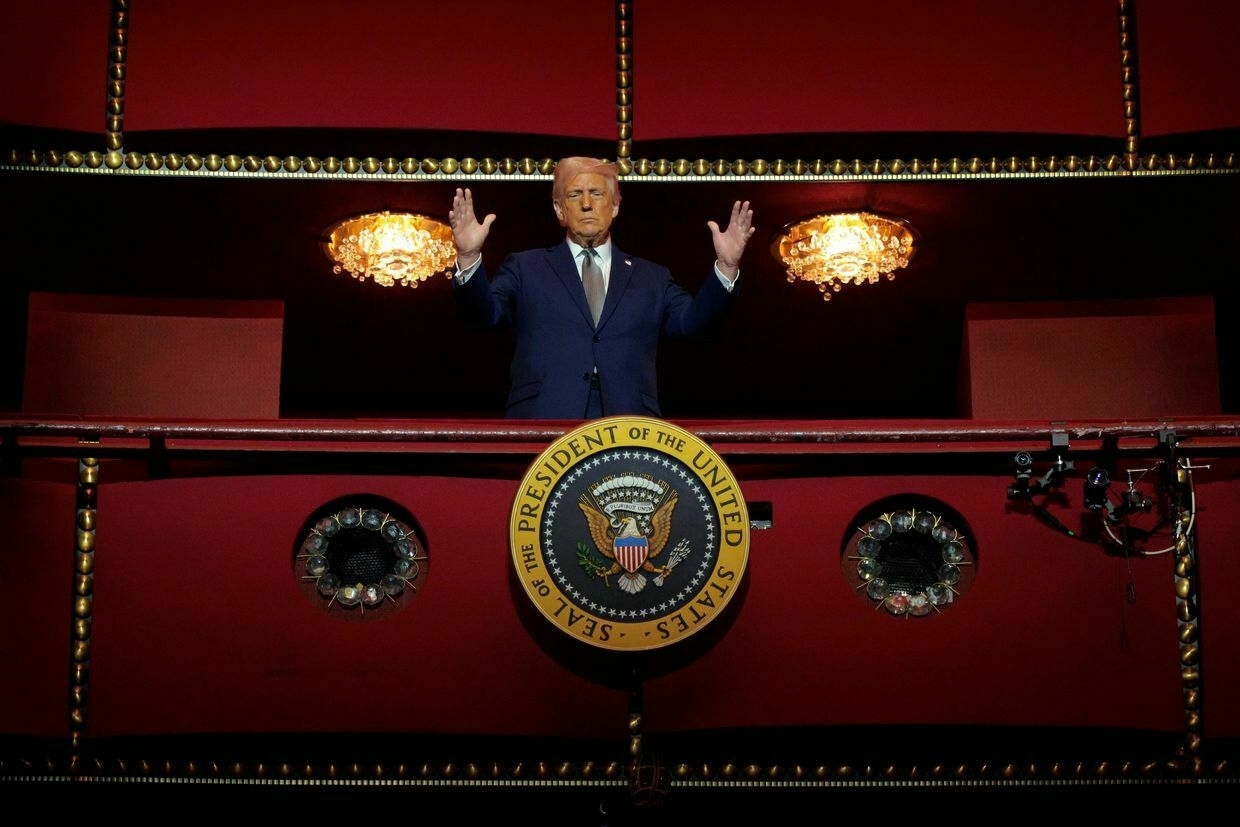
-
German government backs additional $3.3 billion in military aid for Ukraine
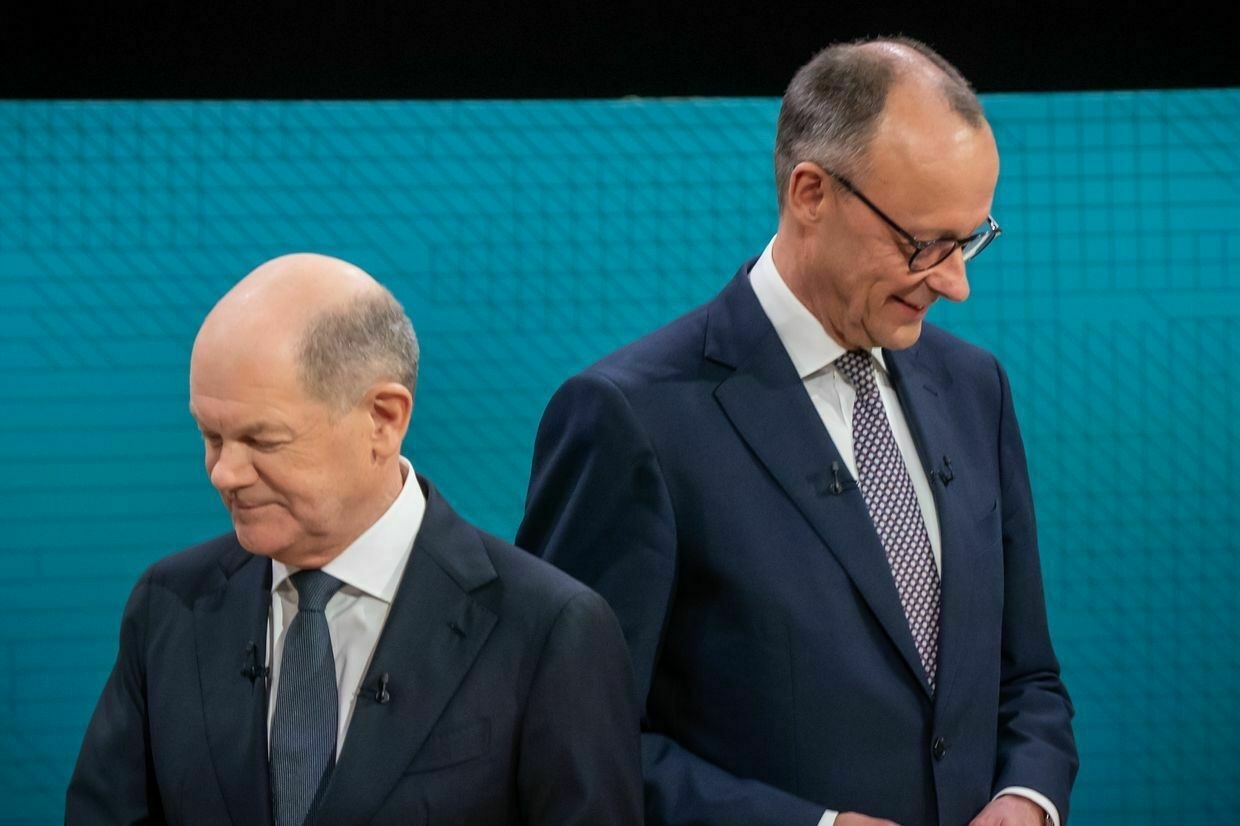
The outgoing German government agreed to release an additional 3 billion euros ($3.3 billion) in military assistance for Ukraine, a German Finance Ministry spokesperson confirmed for the Kyiv Independent on March 19.
Outgoing Chancellor Olaf Scholz has long blocked the package unless it is financed by additional borrowing.
Friedrich Merz, who is set to become the next chancellor after his conservative CDU/CSU alliance won the elections in February, voiced confidence that the additional assistance would be approved as he unveiled massive efforts to boost defense spending by reforming Germany’s debt brake.
Merz, who is seeking to build a new government coalition with the Social Democrats (SPD), scored a major win earlier this week after the outgoing parliament approved a spending surge that could unleash up to 500 billion euros ($545 billion) for Germany’s defense.
According to Reuters, the parliamentary budget committee should approve the funds for Ukraine on March 21, as long as the Bundesrat, a legislative body representing Germany’s federal states, approves Merz’s reforms.
Germany is Ukraine’s largest military donor in Europe, and its role is likely only to grow as U.S. President Donald Trump seeks to reduce American involvement on the continent and restore ties with Russia.
The 3-billion-euro package is in addition to the 4 billion euros ($4.36 billion) already allocated for Kyiv in 2025.
Reuters reported earlier on March 19 that German Finance Minister Joerg Kukies has informed parliament’s budget committee that the requirements for additional funds for Ukraine have been met.
This was later confirmed by the ministry’s spokesperson to the Kyiv Independent.
The sum of 3 billion euros includes 2.547 billion euros ($2.8 billion) from the German budget, with the rest being reimbursed by the European Peace Facility.
Kukies also plans to authorize some 8.252 billion euros ($8.9 billion) in military aid to Ukraine between 2026 and 2029.
Kremlin demands halt to foreign military aid, intelligence to Ukraine as condition for avoiding war escalationThe Kremlin has demanded a complete cessation of foreign military aid and intelligence to Ukraine as a “key condition for avoiding an escalation of the war,” according to a statement released on March 18.The Kyiv IndependentKateryna Hodunova
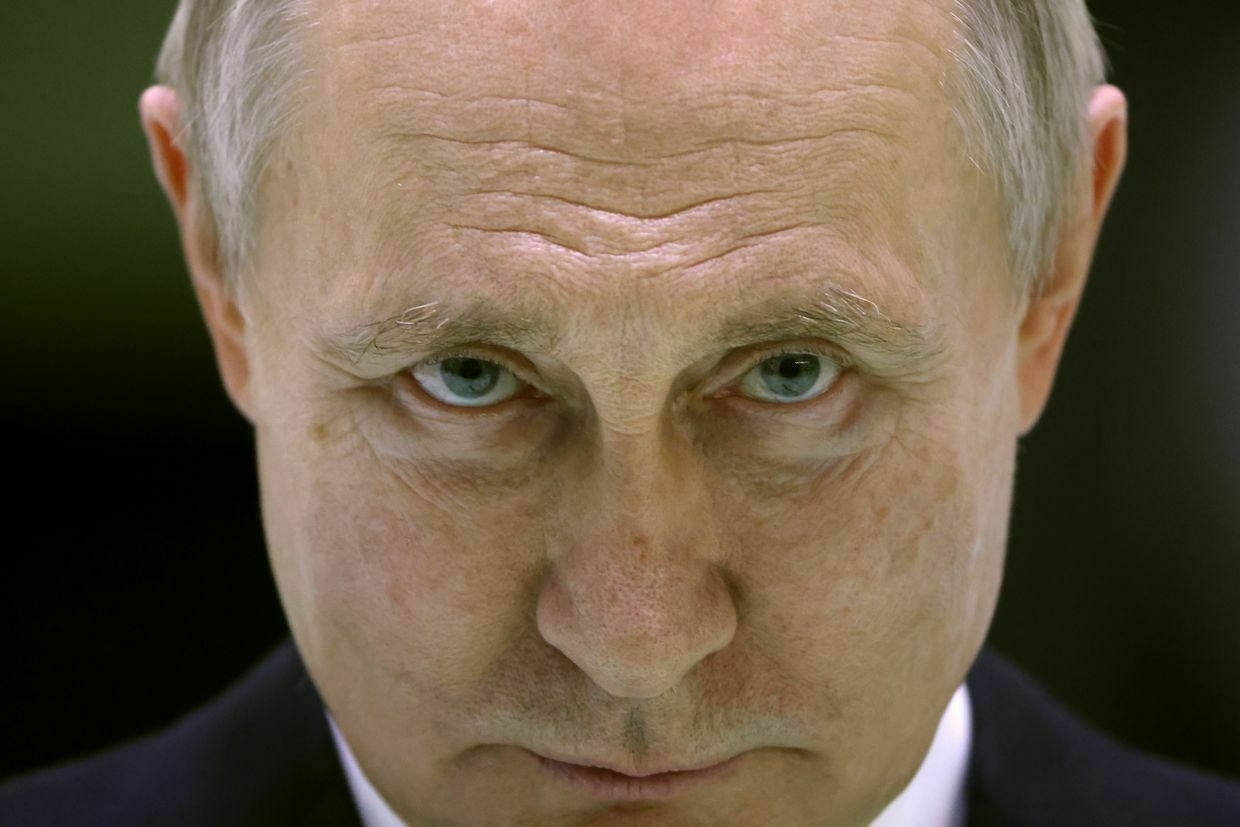
-
US court blocks cuts to USAID, says Musk's DOGE likely violated Constitution
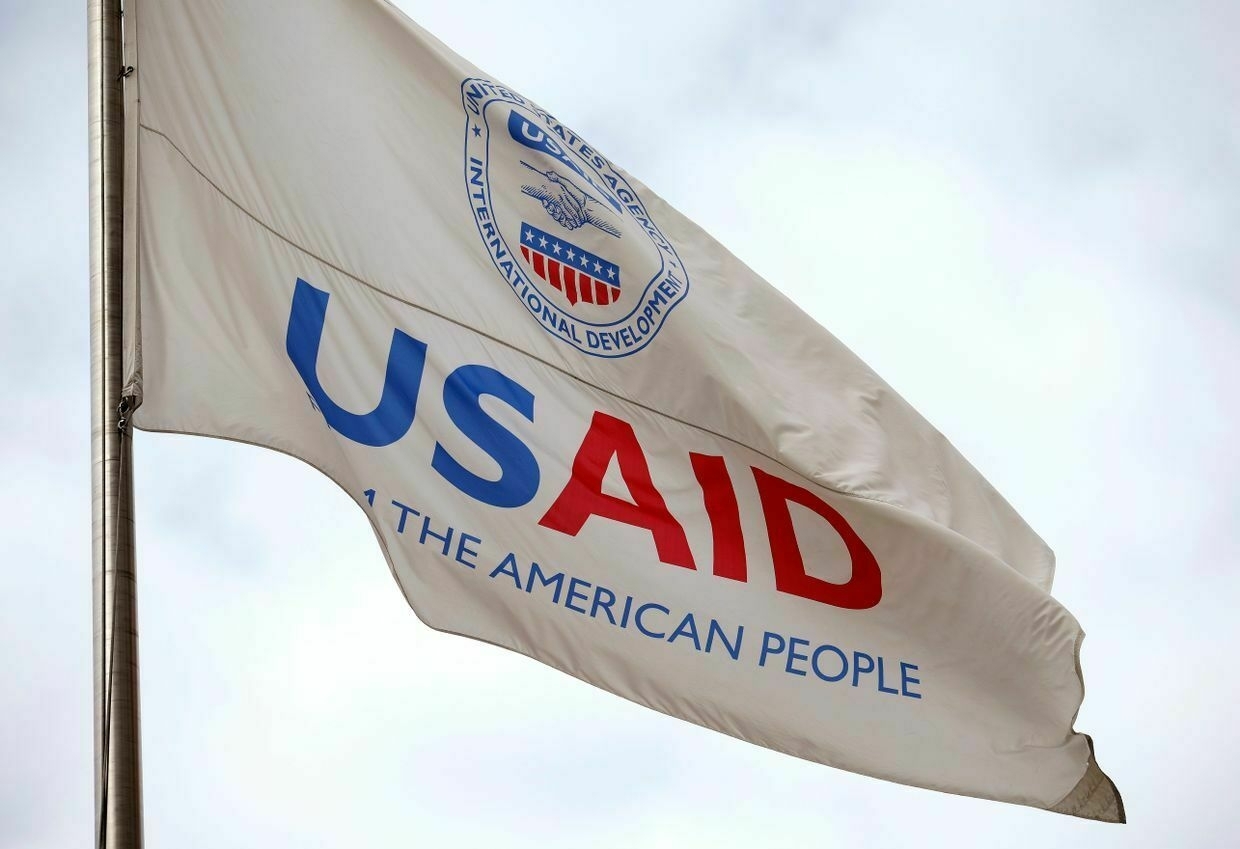
A U.S. federal court has barred further cuts to the U.S. Agency for International Development (USAID), ruling that its dismantling by Elon Musk’s Department of Government Efficiency (DOGE) likely violated the U.S. Constitution, the Associated Press reported on March 19.
The move follows the Trump administration’s termination of 83% of USAID’s foreign aid contracts while most of the agency’s staff members have been laid off or placed on administrative leave.
The dismantling of USAID had broad implications, particularly for Ukraine, where the agency has provided $2.6 billion in humanitarian aid, $5 billion in development assistance, and over $30 billion in direct budget support since Russia’s full-scale invasion began.
The court order requires the Trump administration to restore email and computer access to all USAID employees, including those on administrative leave. The move does not reinstate the agency in full or reverse staff firings.
U.S. District Judge Theodore Chuang in Maryland rejected the administration’s claim that Musk, the world’s richest man and DOGE chief, is merely an adviser to U.S. President Donald Trump.
Chuang pointed to Musk’s public statements and social media activity as evidence of his control over DOGE, citing a post in which Musk wrote that he had “fed USAID into the wood chipper."
46% of Americans think US support for Ukraine is insufficient, poll findsAccording to the poll, 46% of Americans believe Washington is not providing sufficient assistance to Ukraine — 16% more than in December.The Kyiv IndependentTim Zadorozhnyy
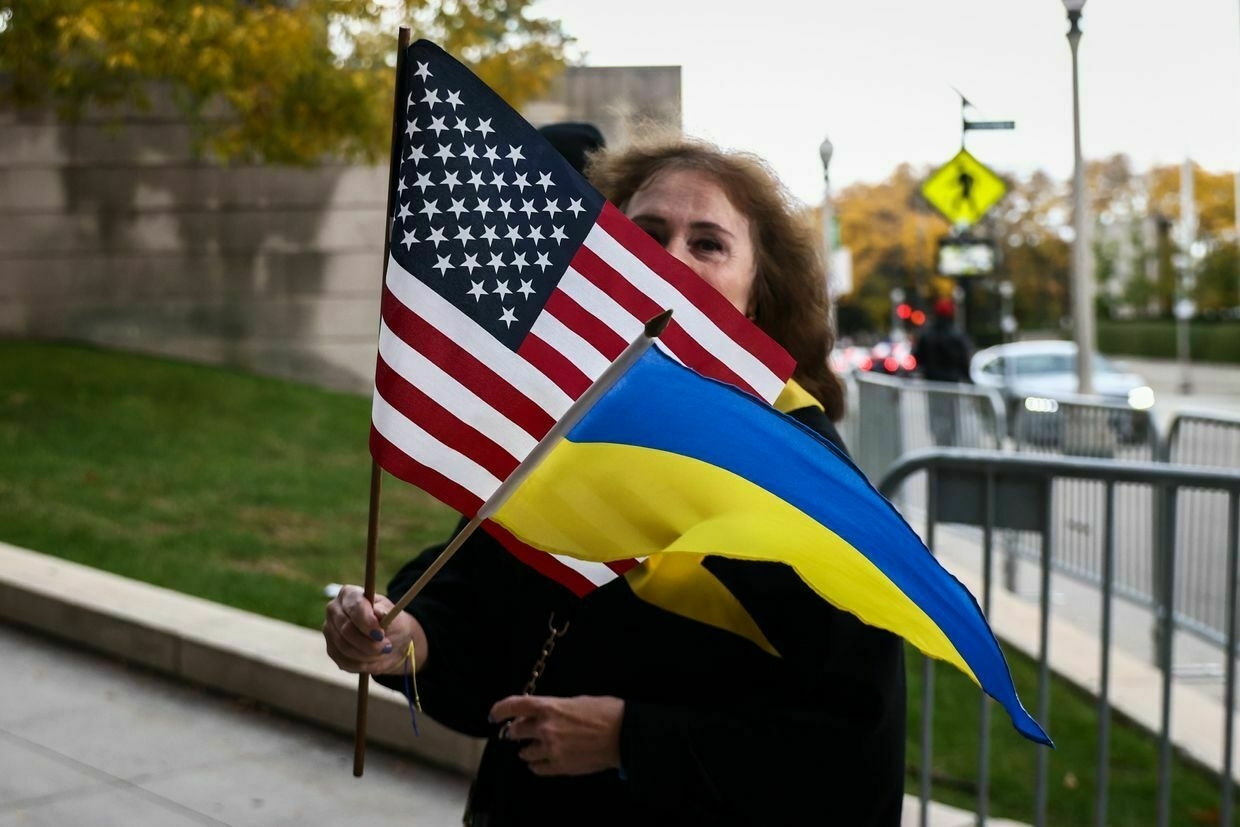
Musk, a close Trump ally, has aggressively pushed to dismantle USAID, slashing staff and publicly attacking the agency’s work. The ruling states that USAID is likely unable to perform its legally mandated functions due to these actions.
“Taken together, these facts support the conclusion that USAID has been effectively eliminated,” Chuang wrote in the preliminary injunction.
The lawsuit, filed by USAID employees and contractors, argues that Musk and DOGE exercise powers reserved by the Constitution for elected officials or Senate-confirmed appointees. Their attorneys said the ruling “effectively halts or reverses” many steps taken to shut down the agency.
Judge Chuang also ruled that Musk’s actions likely harmed the public interest by stripping Congress of its constitutional authority to determine whether, when, and how to close a government agency.
The Trump administration’s broader effort to curtail foreign aid has drawn criticism from health officials and humanitarian groups, who warn that such cuts will worsen global crises.
Zelensky announces talk with Trump on March 19; says Russia attacked Ukraine’s power grid despite claimed pause“Today, I will contact President Trump. We will discuss the details of the next steps,” President Volodymyr Zelensky said.The Kyiv IndependentTim Zadorozhnyy
